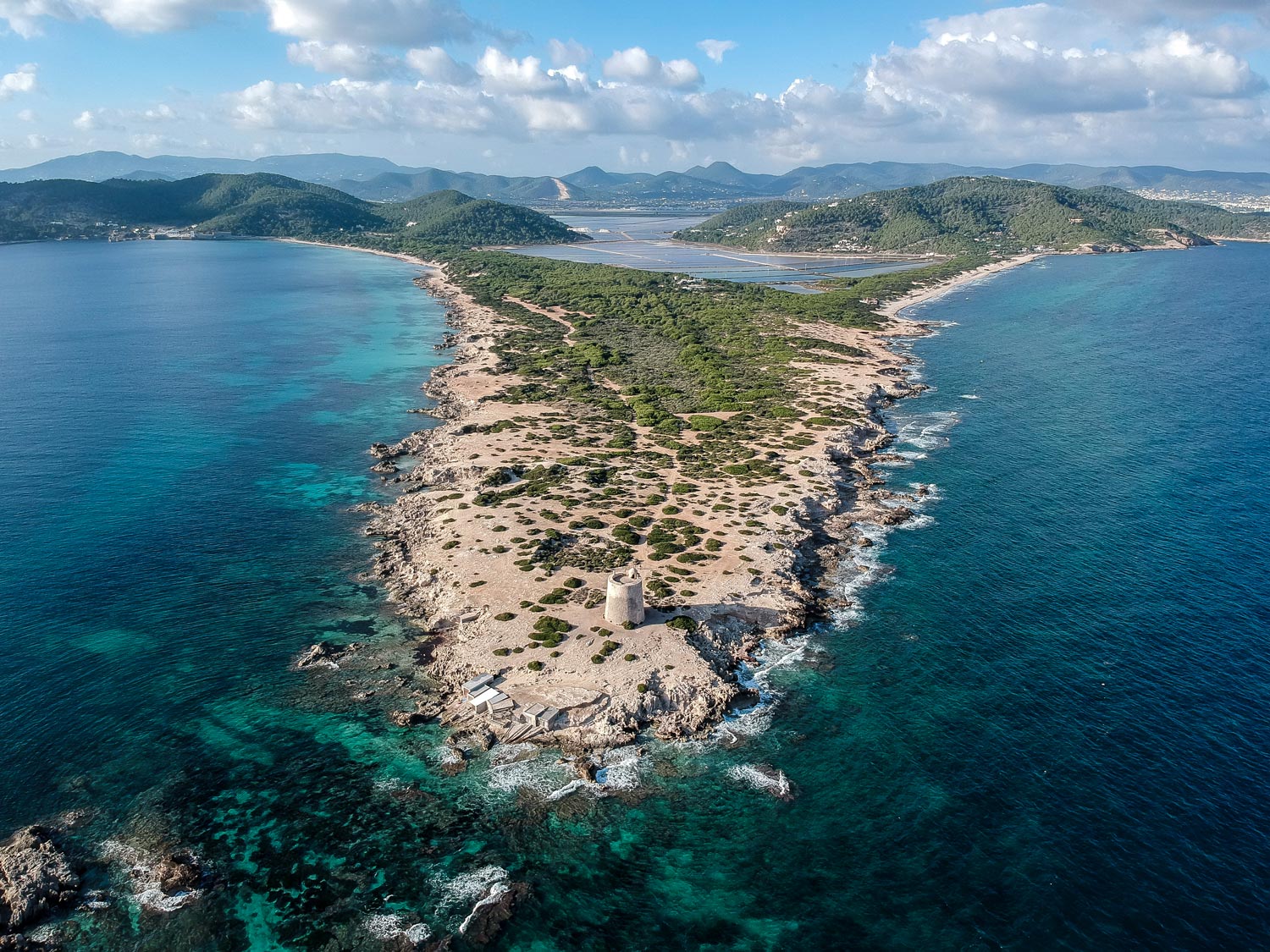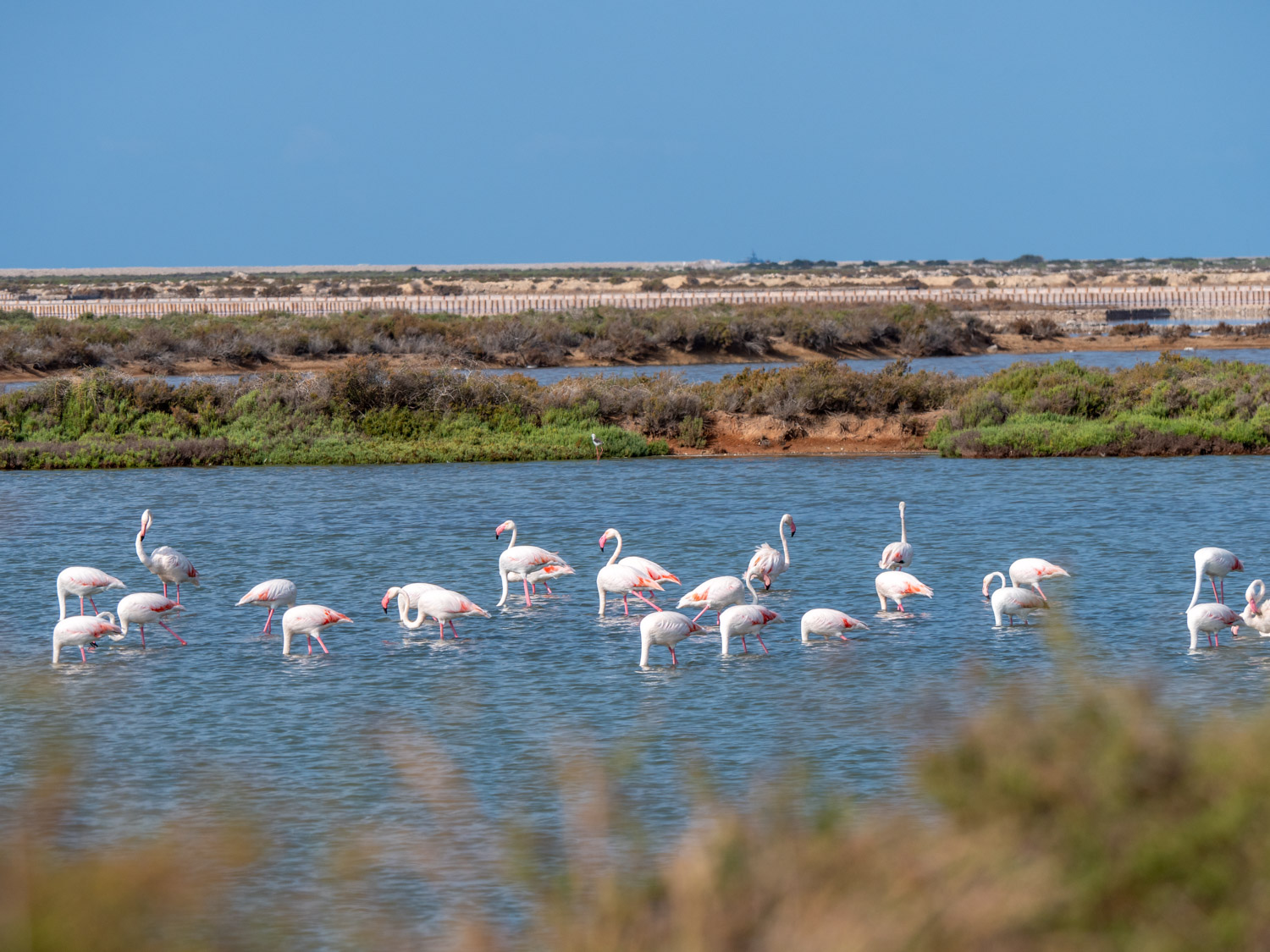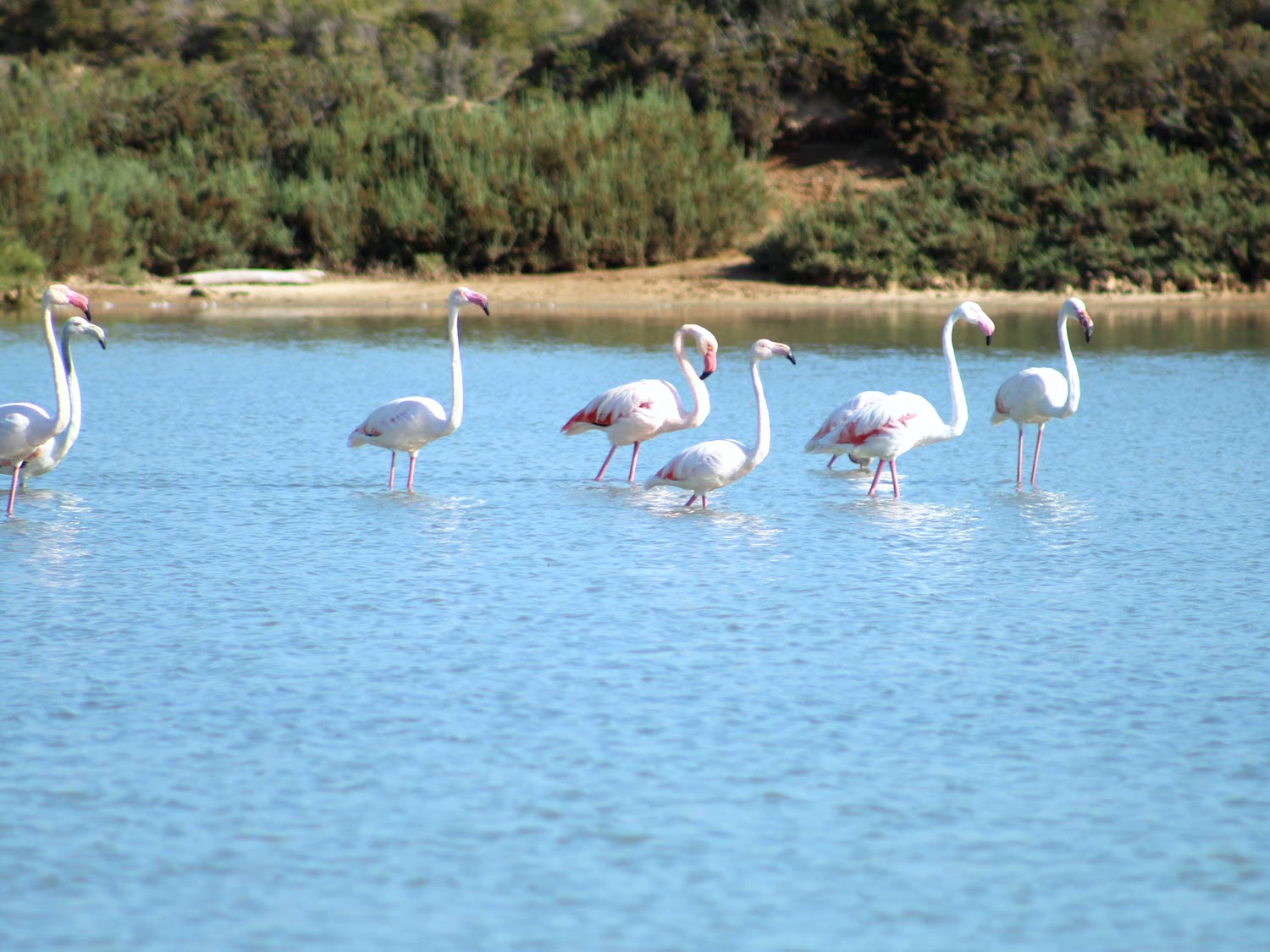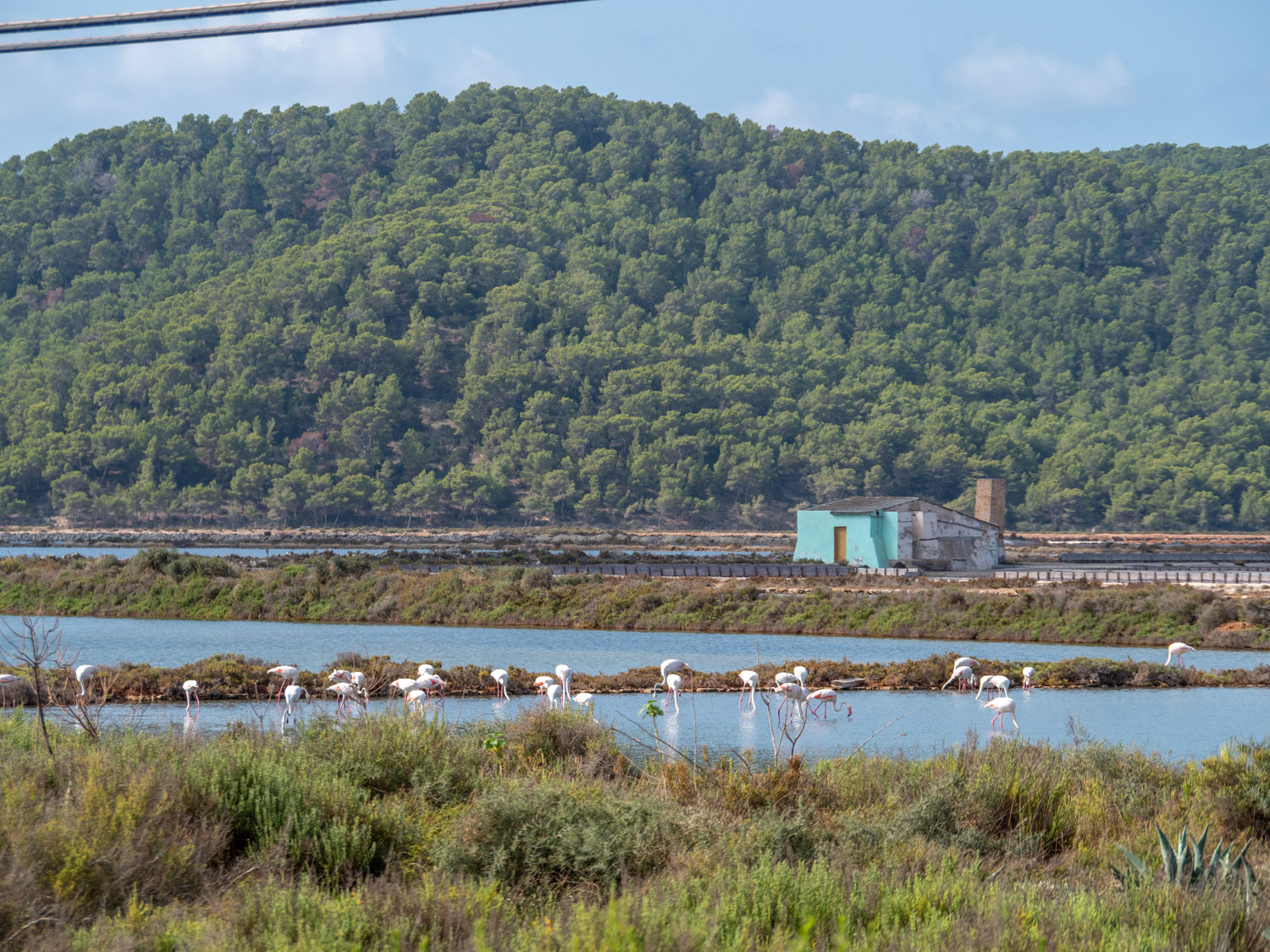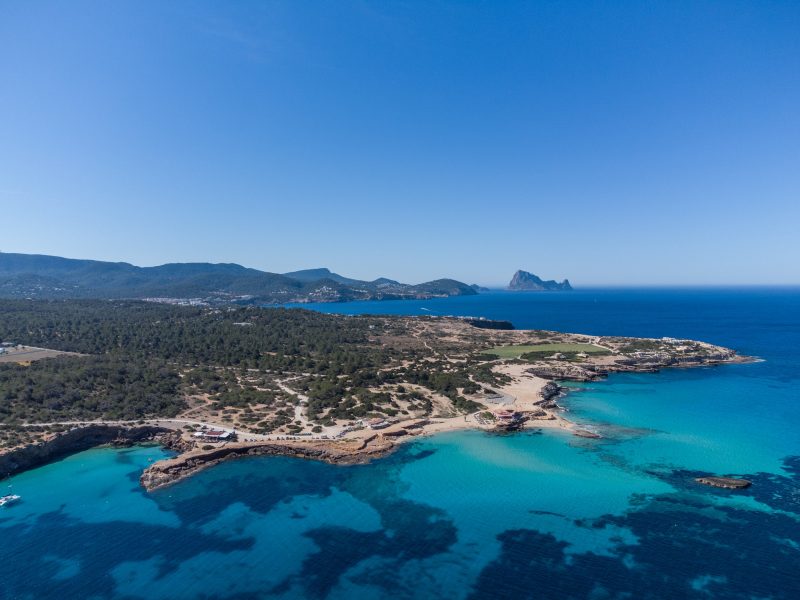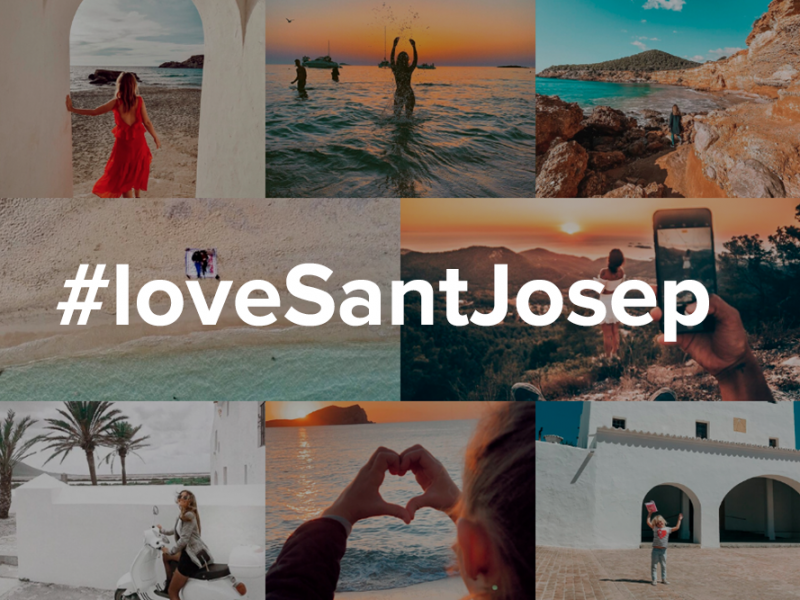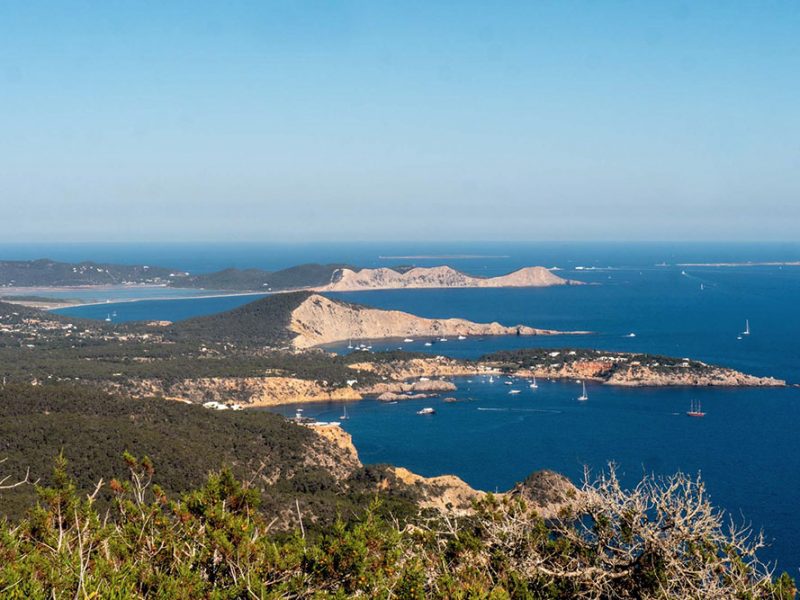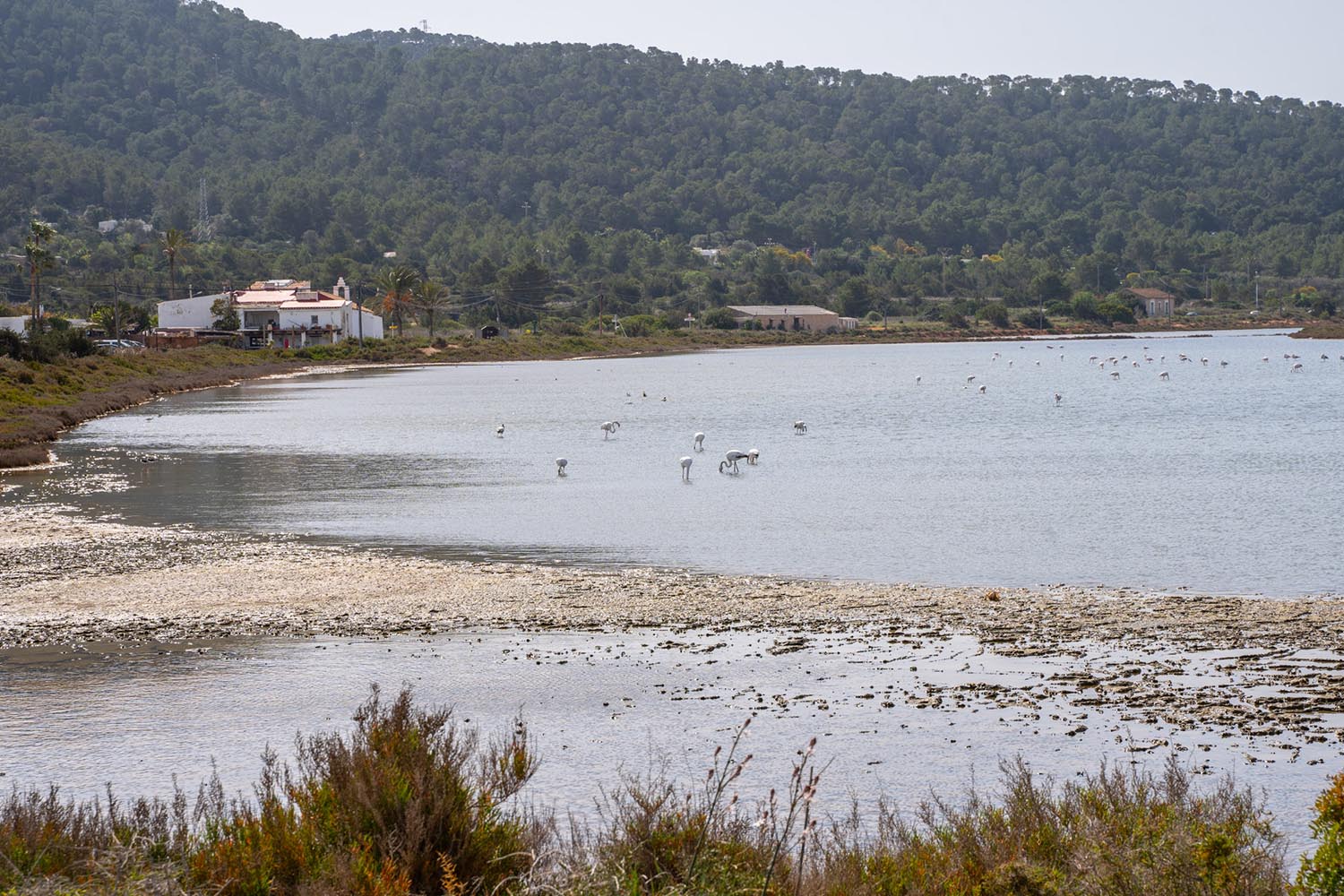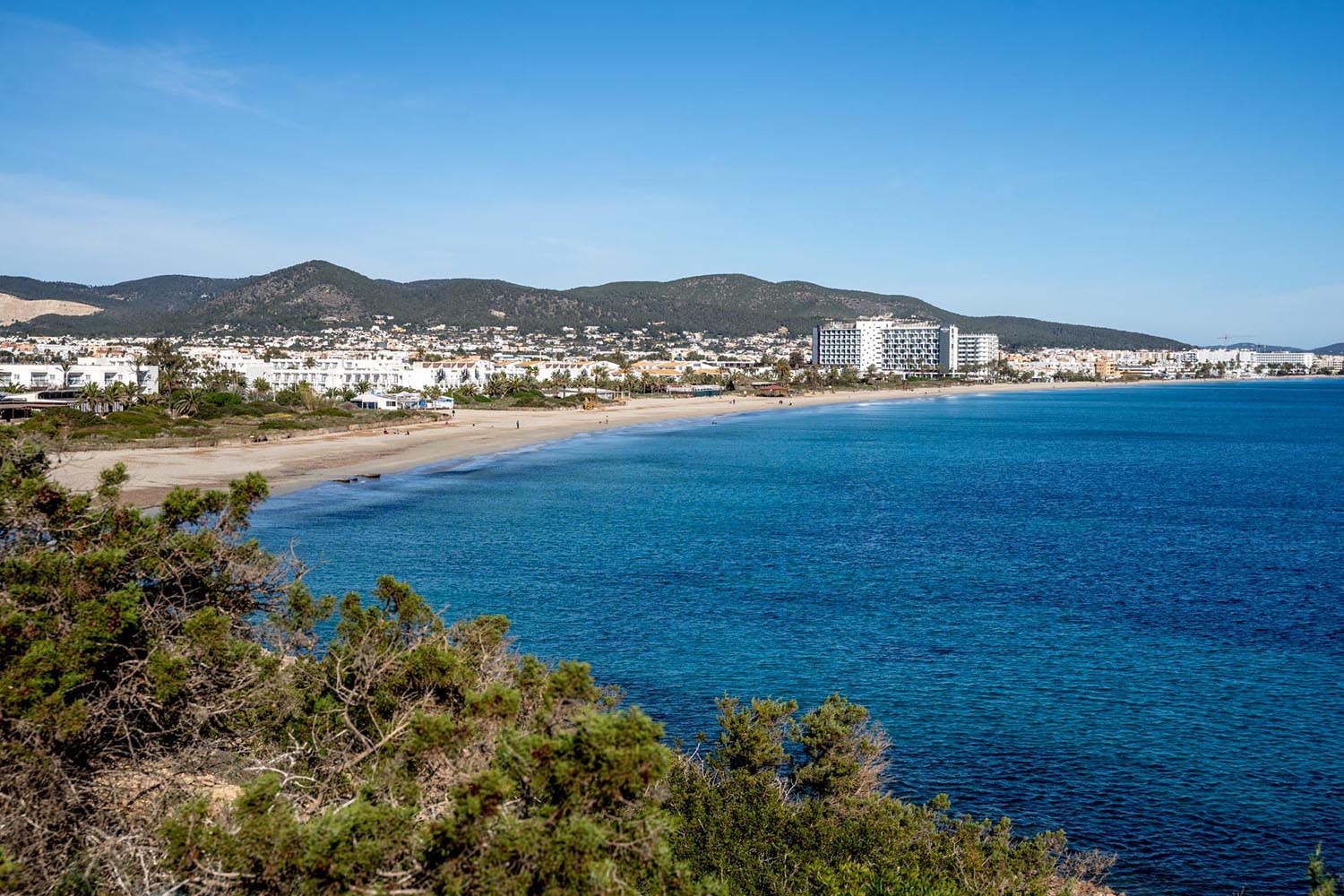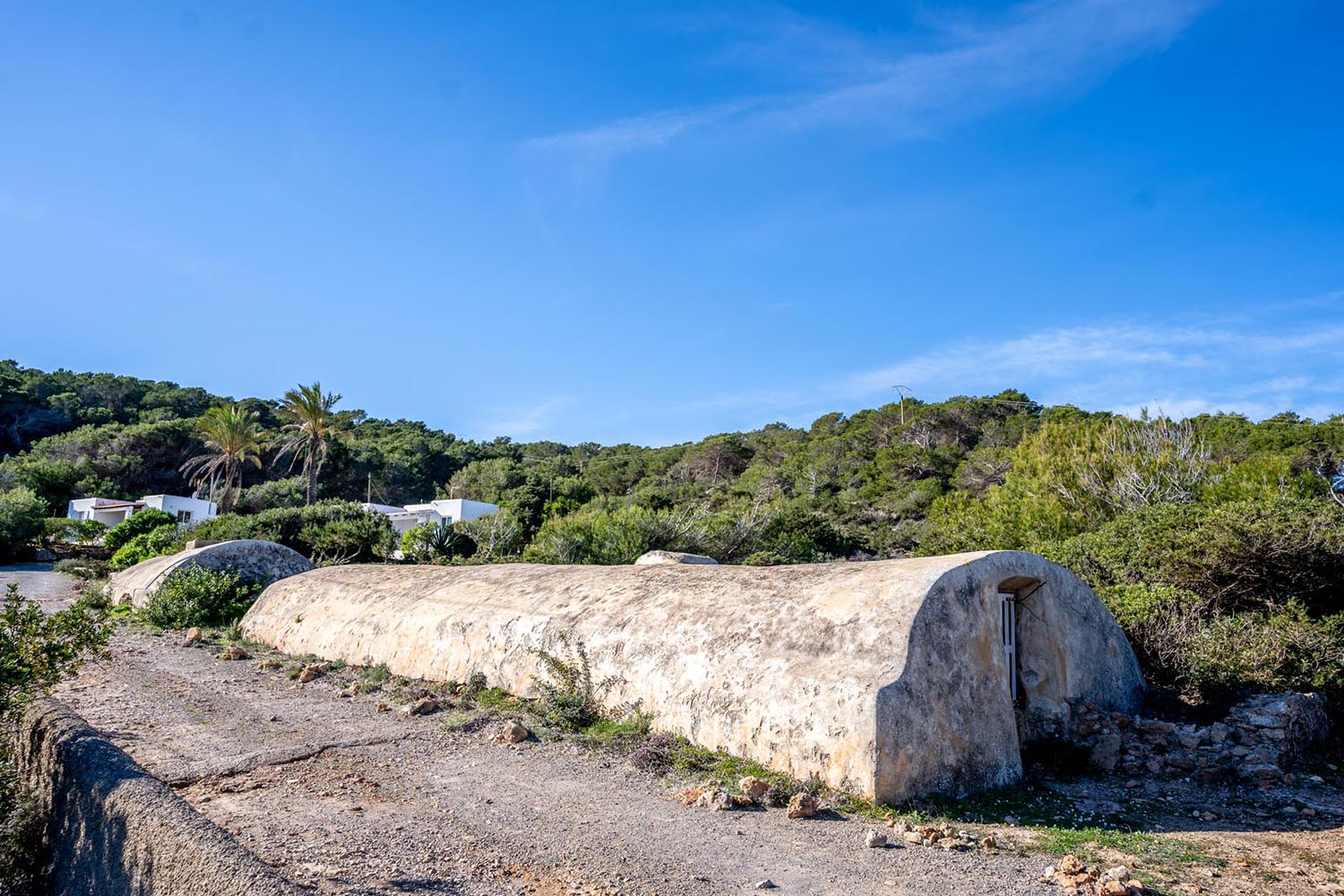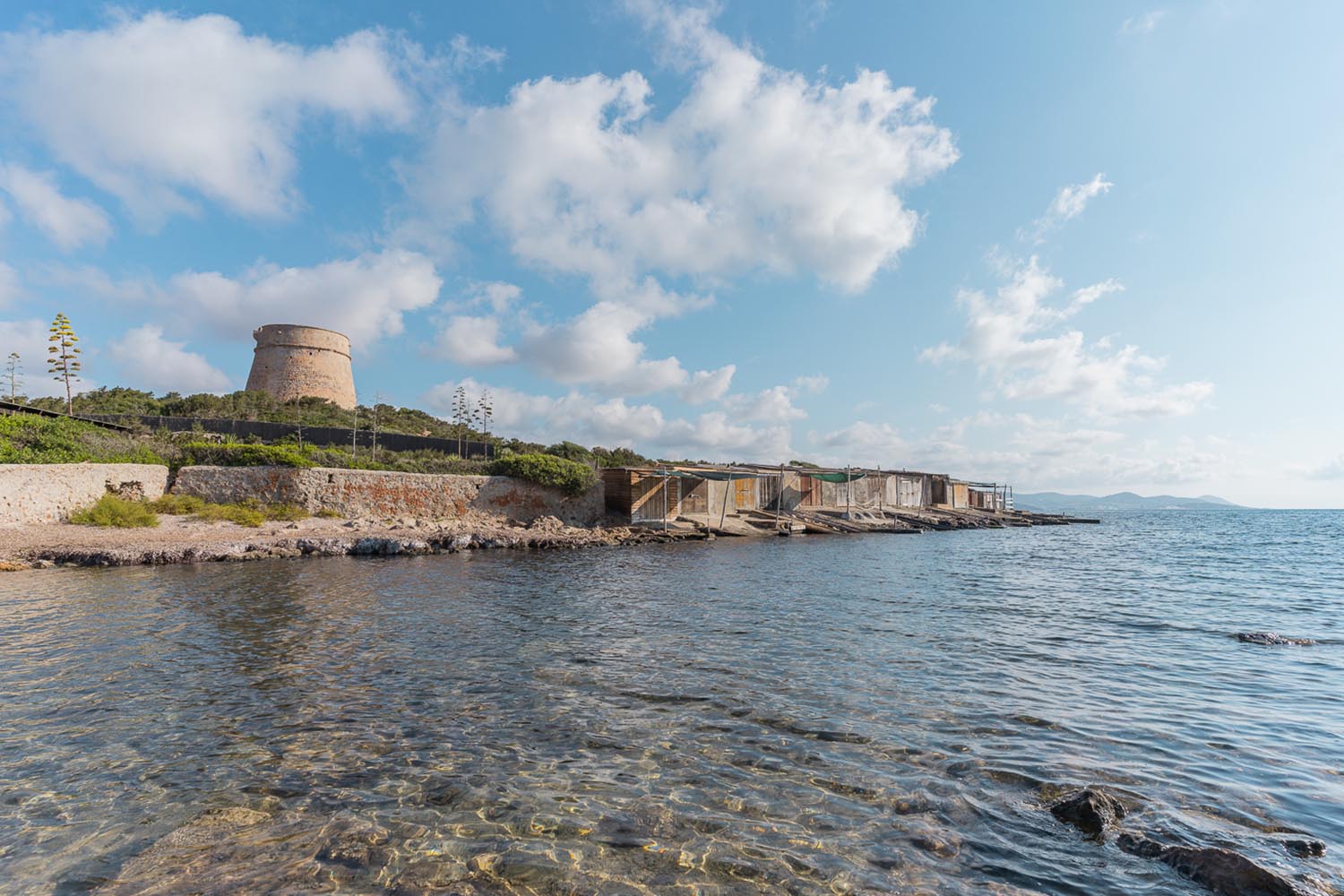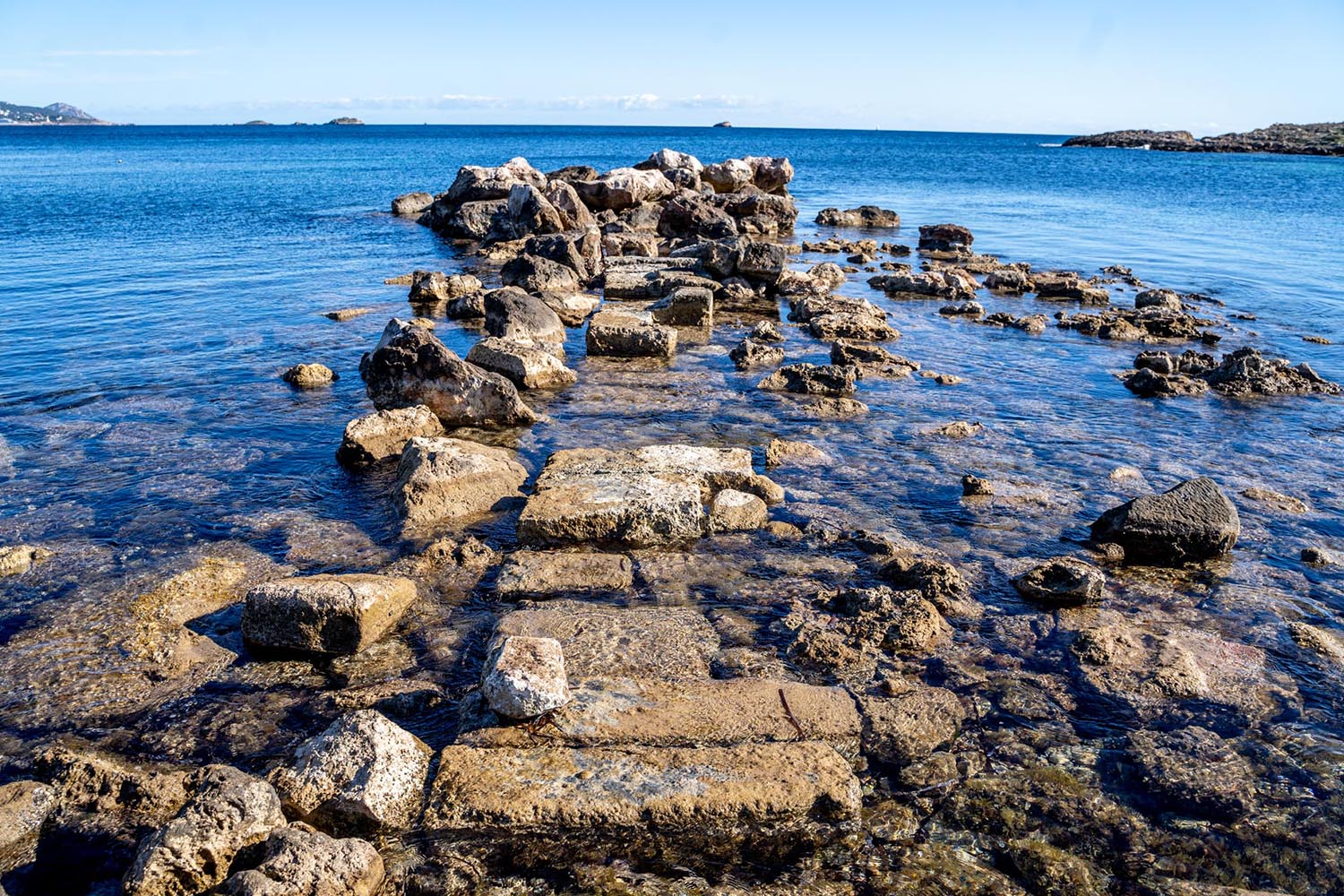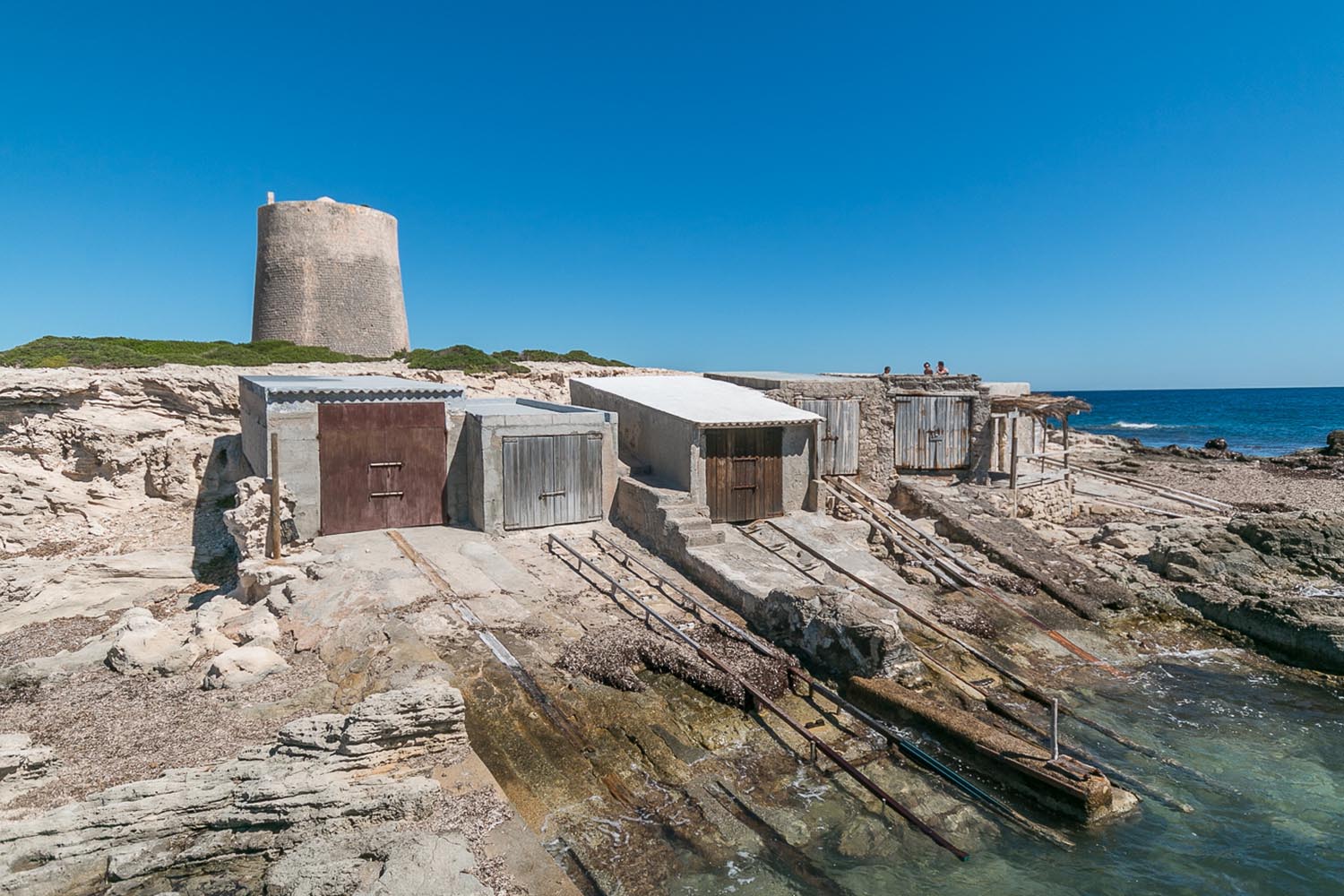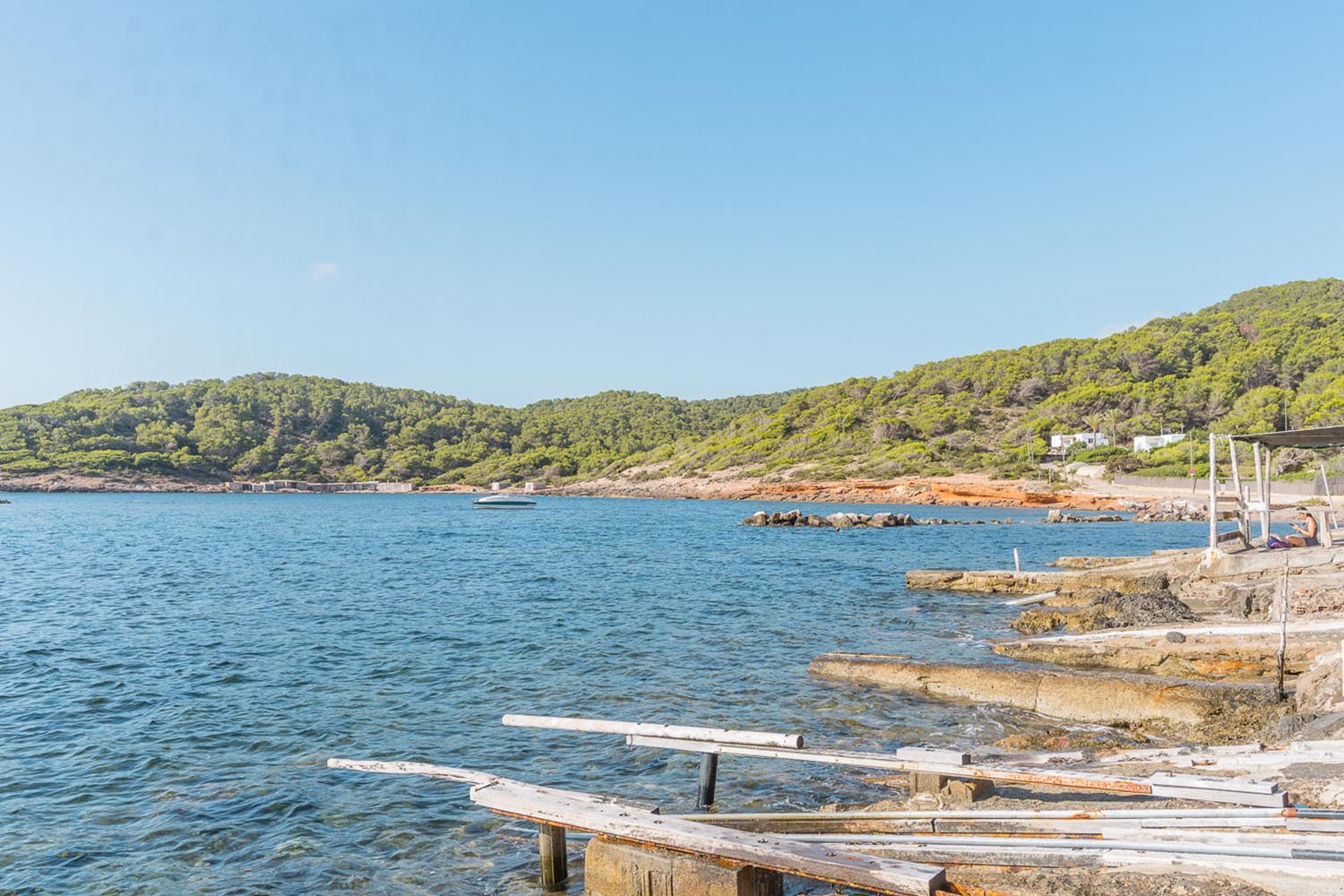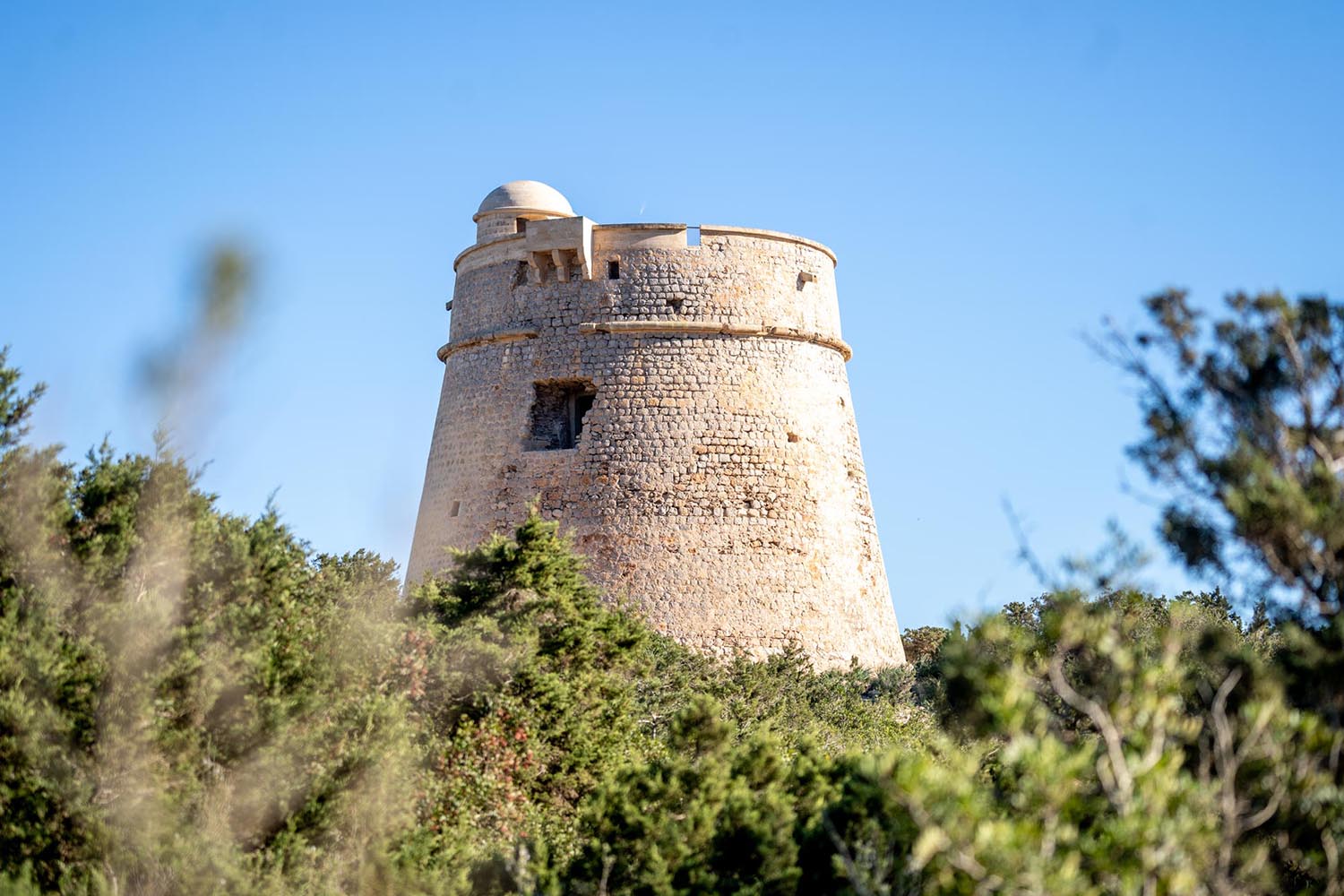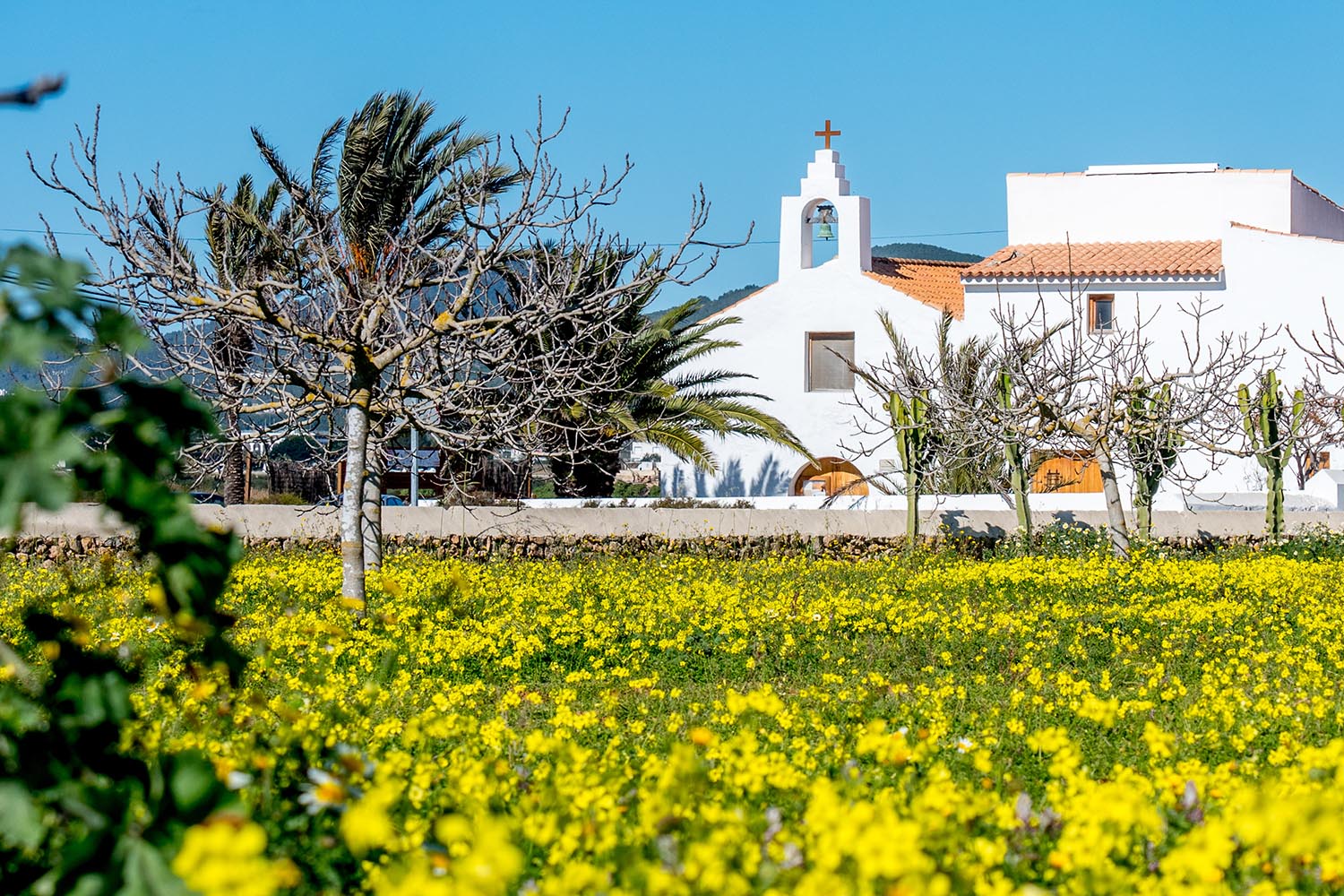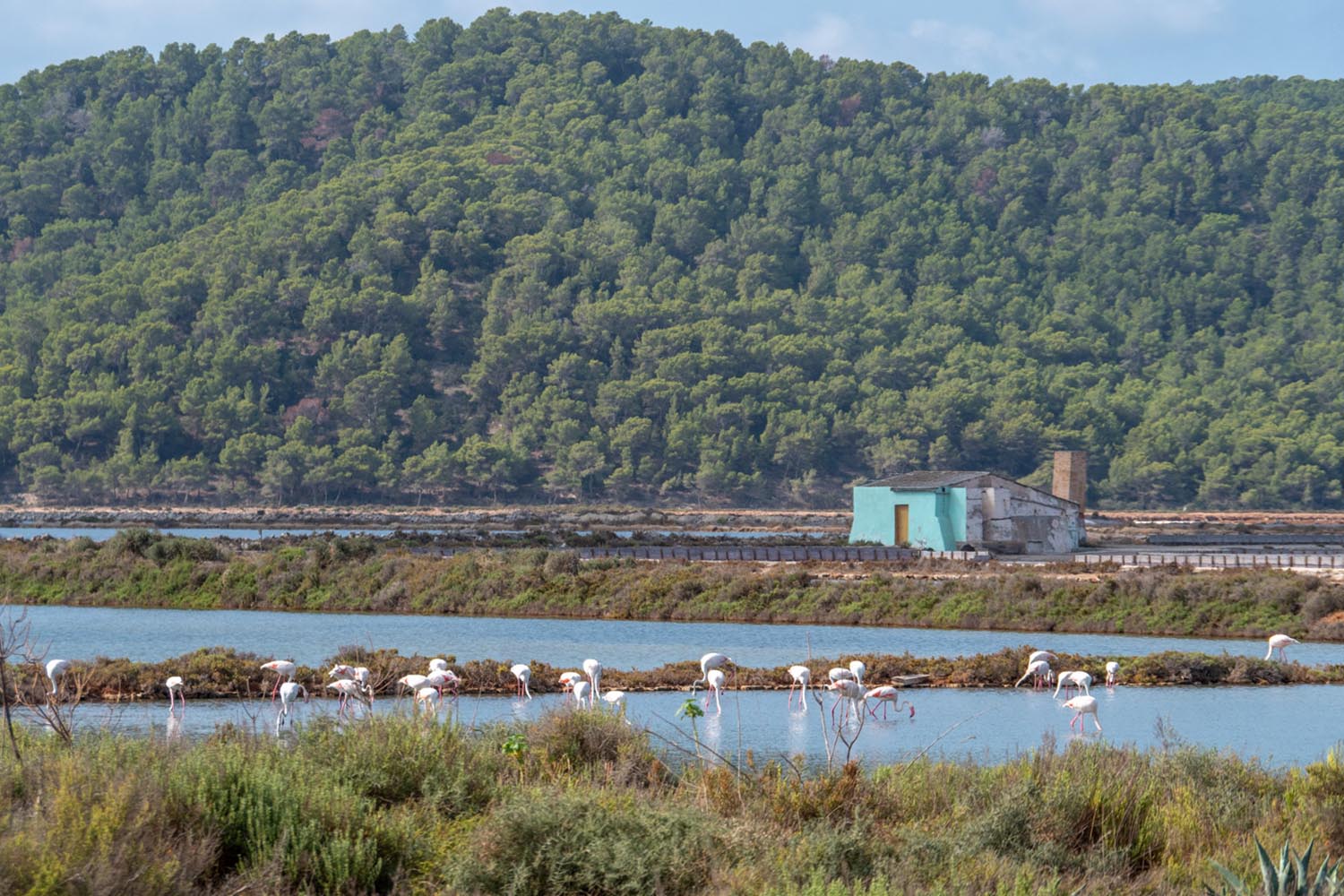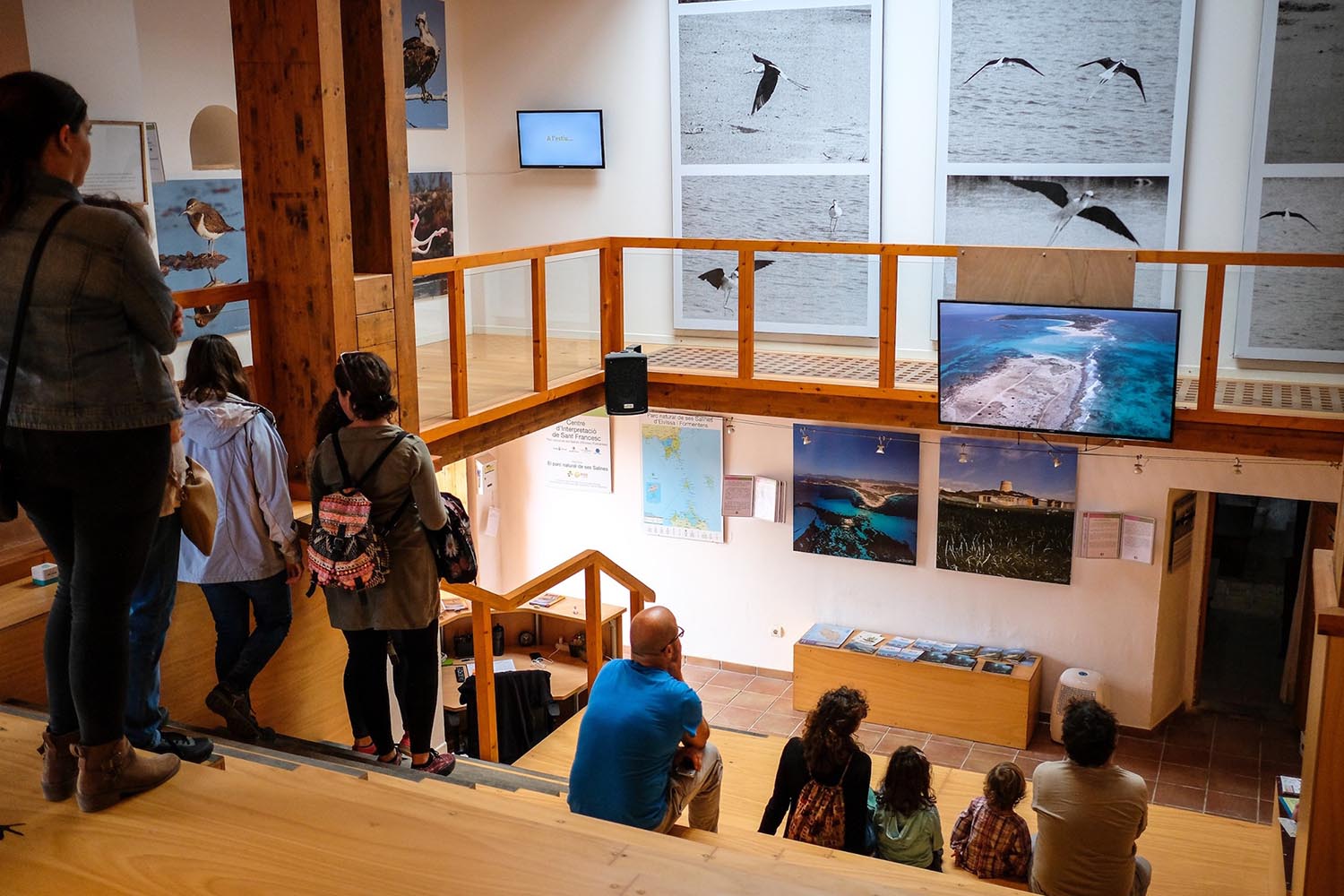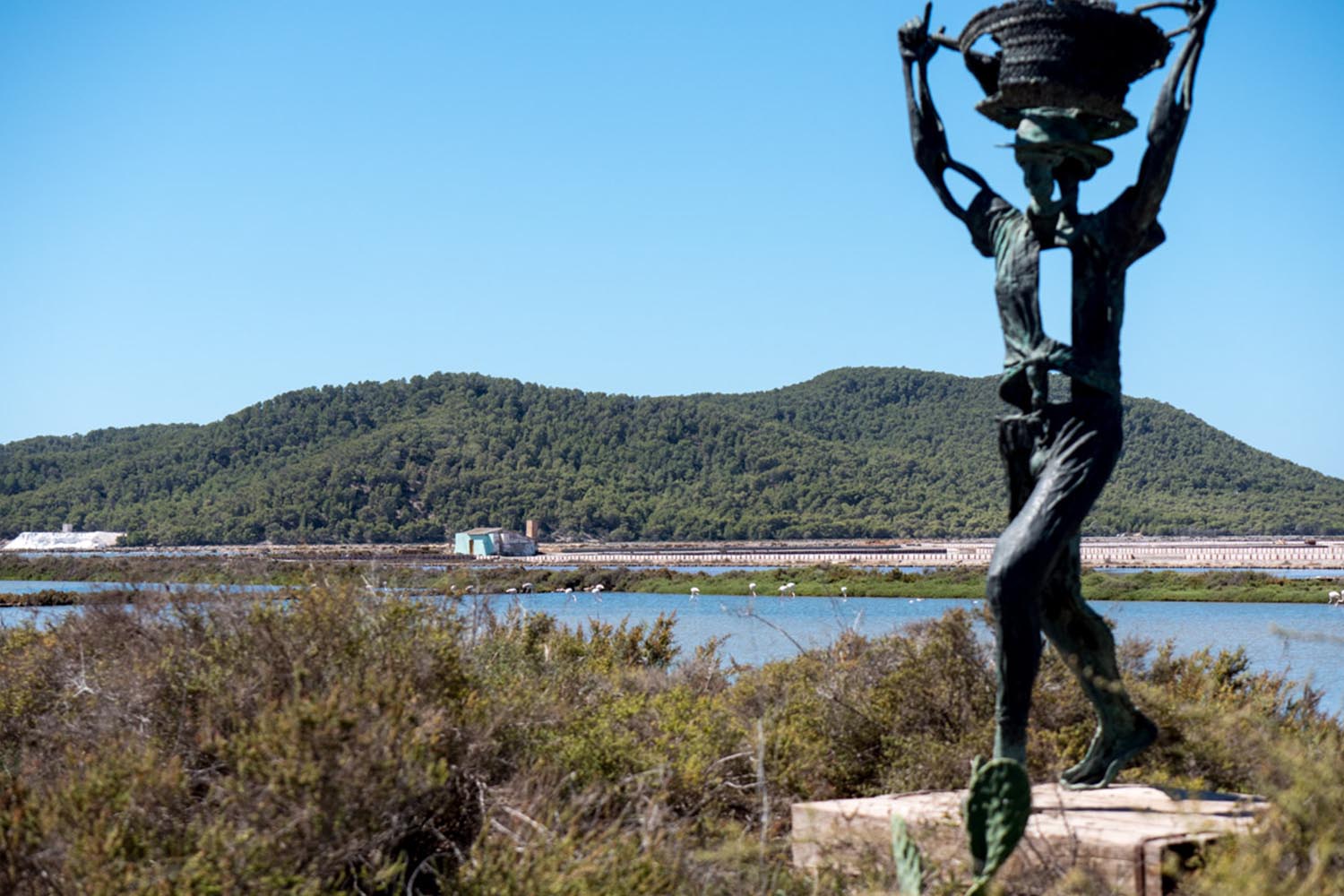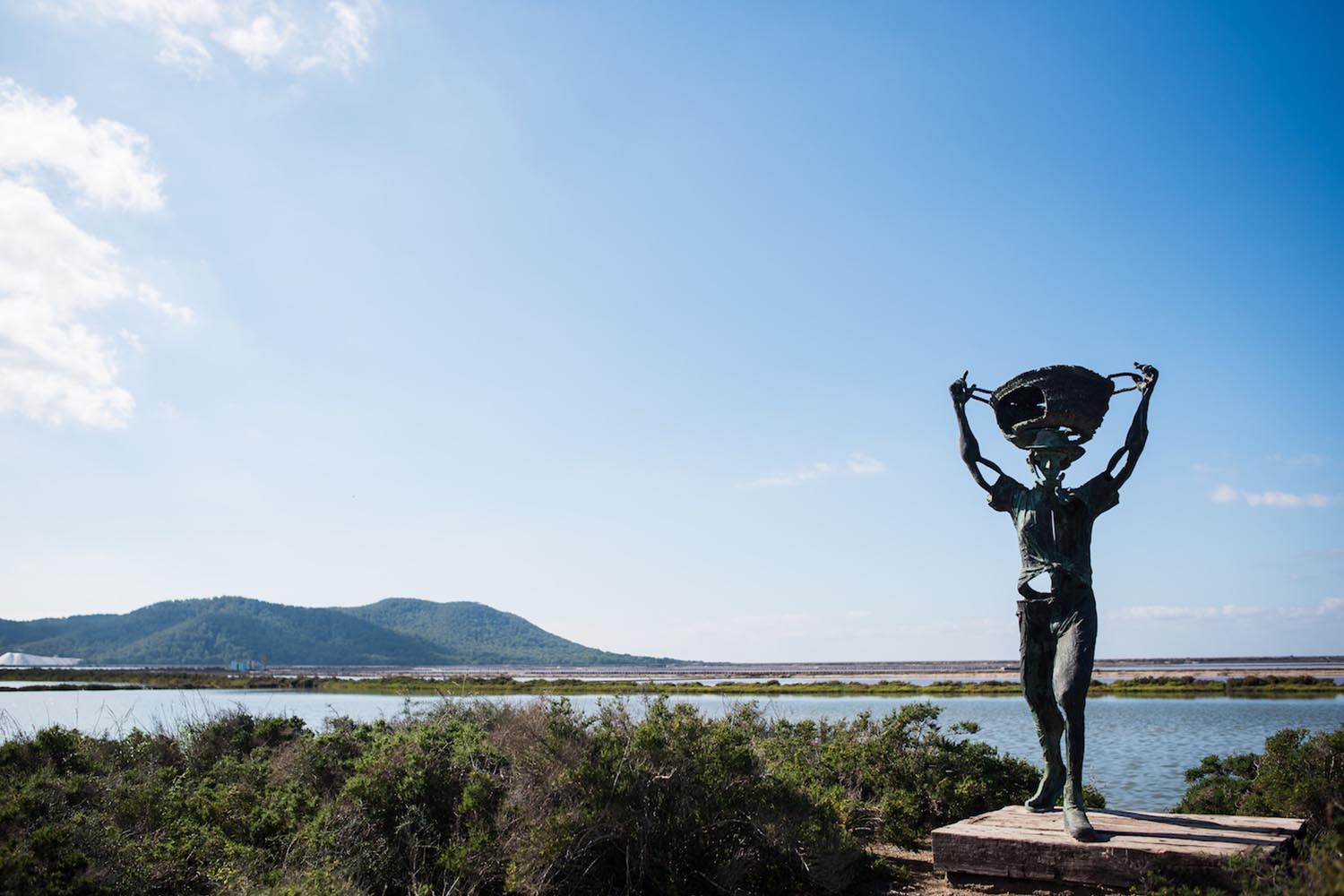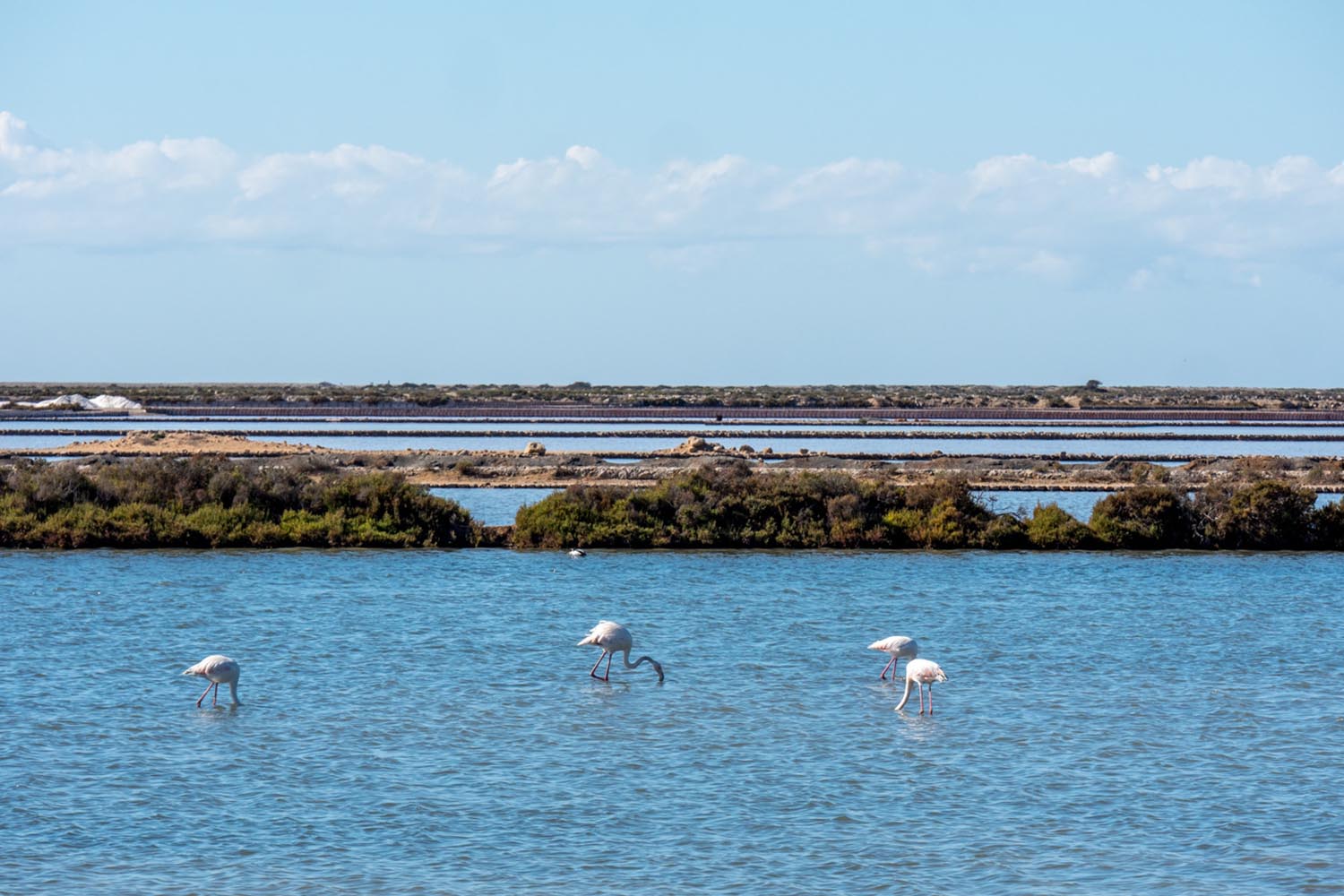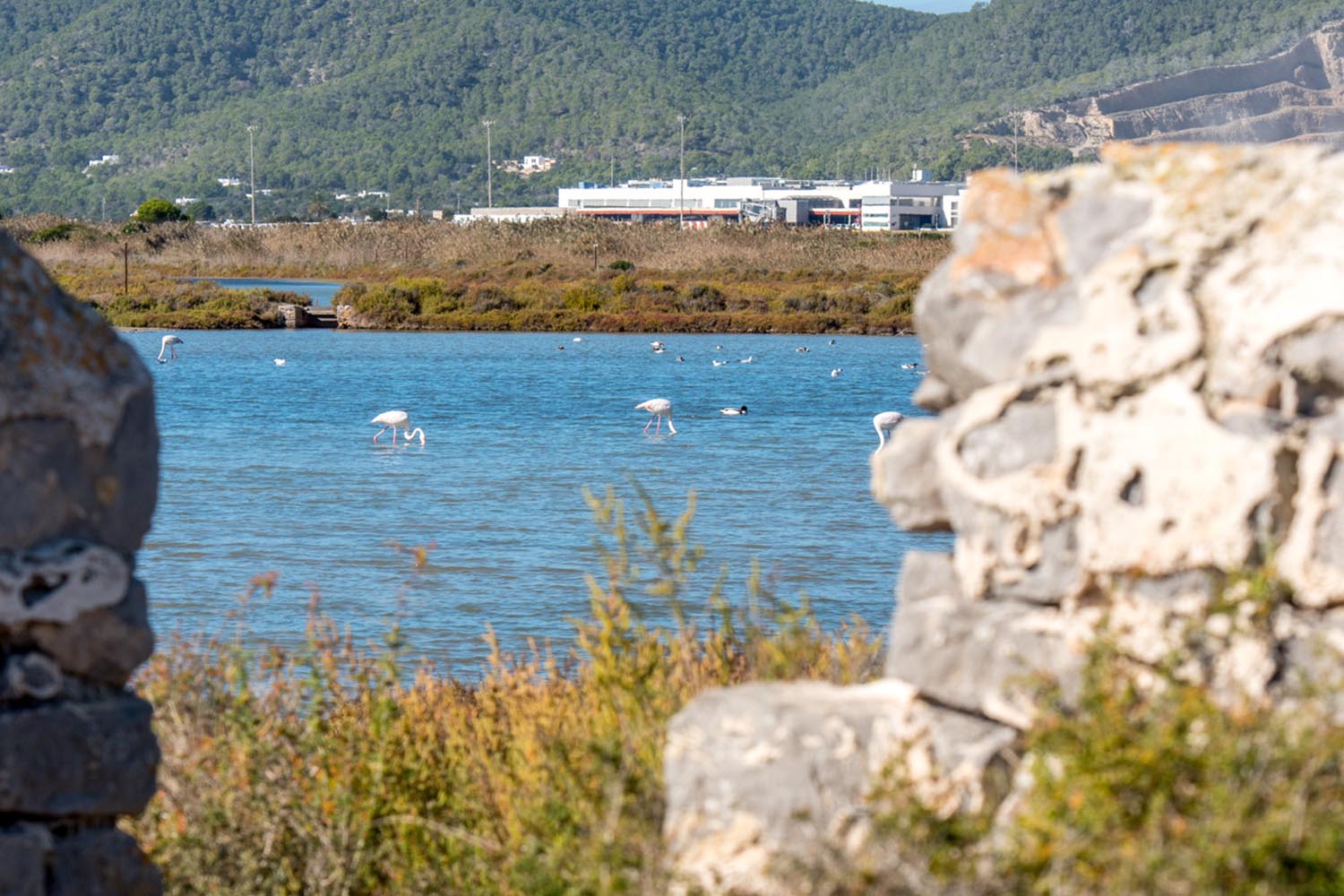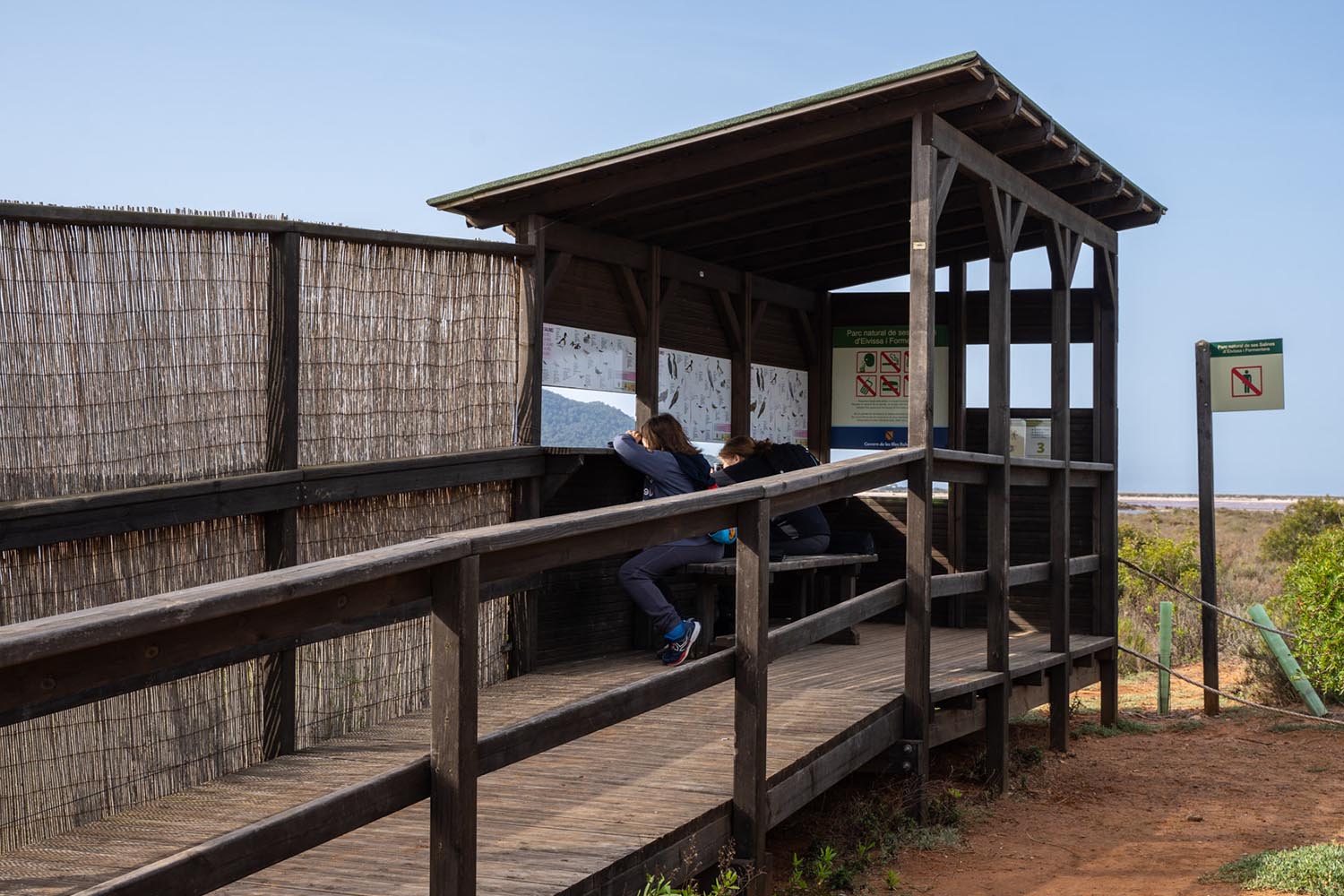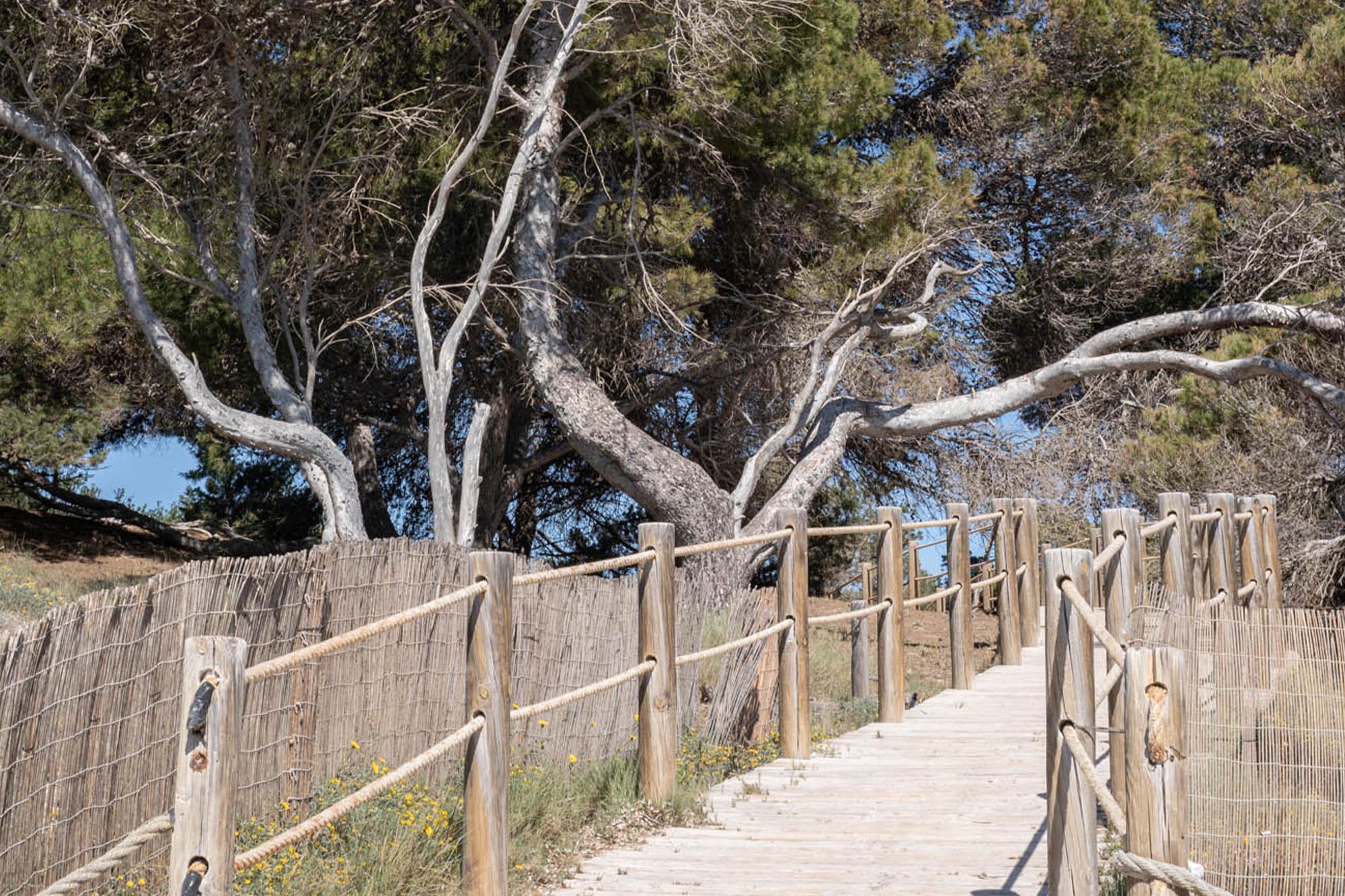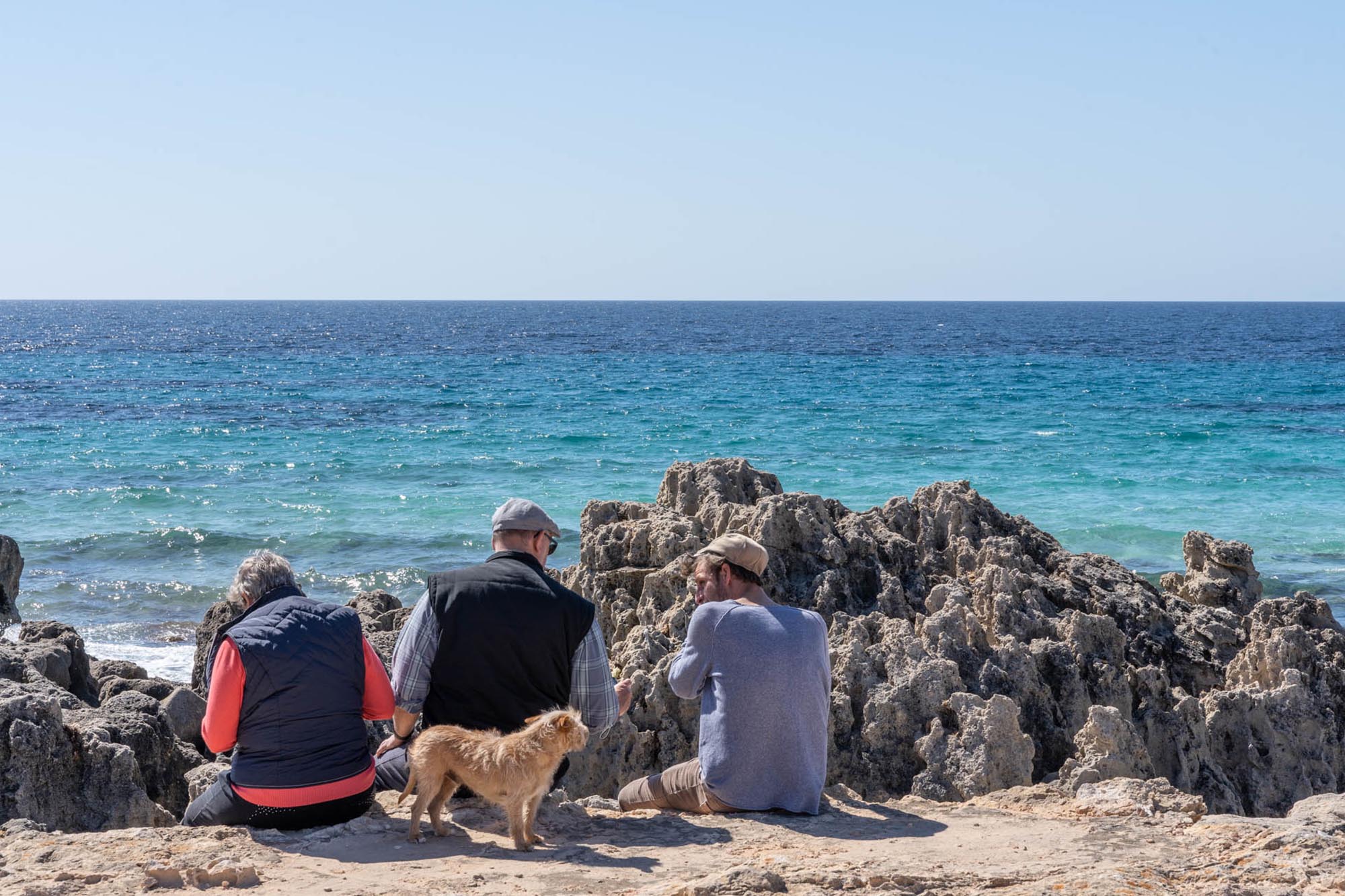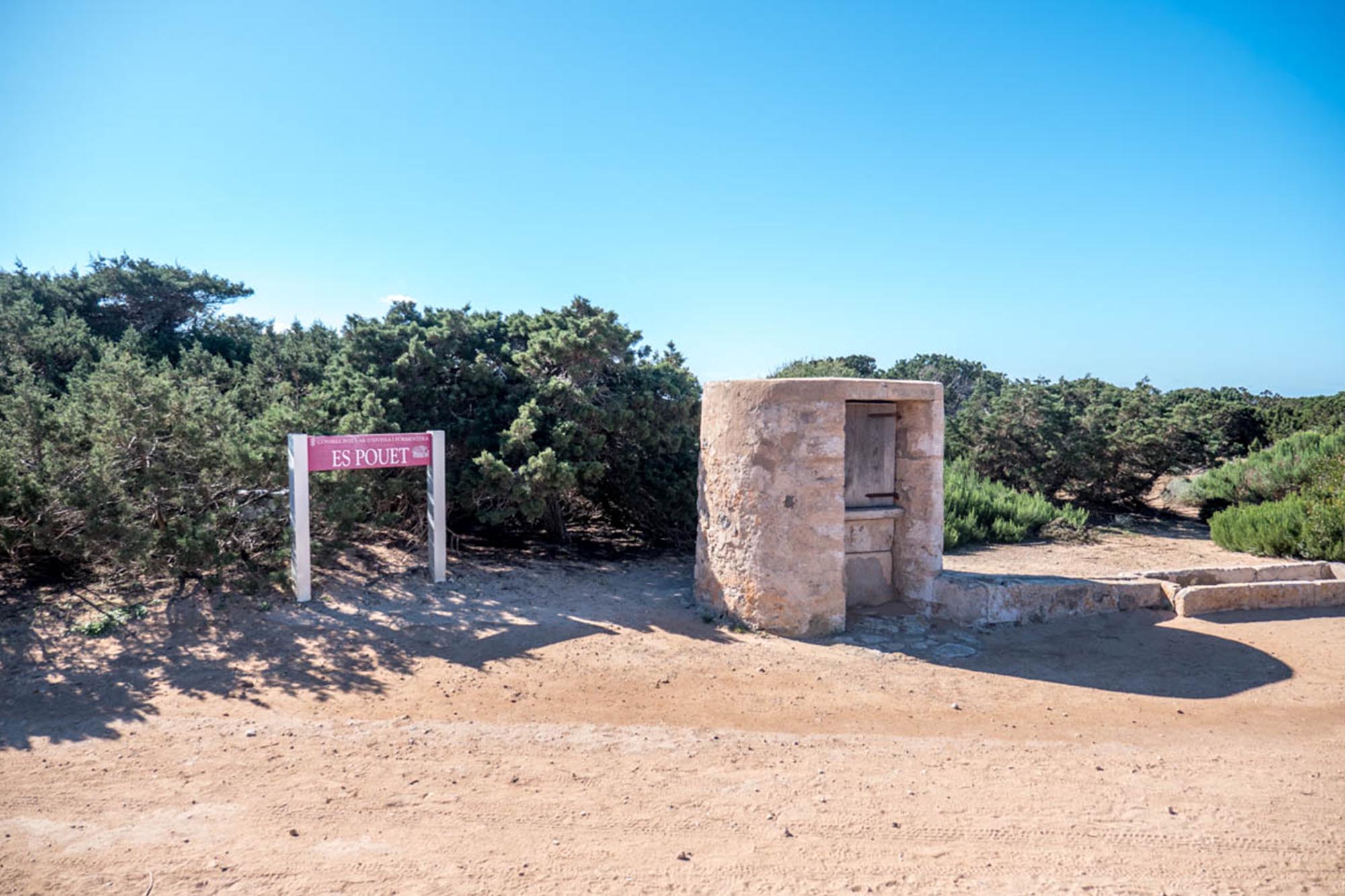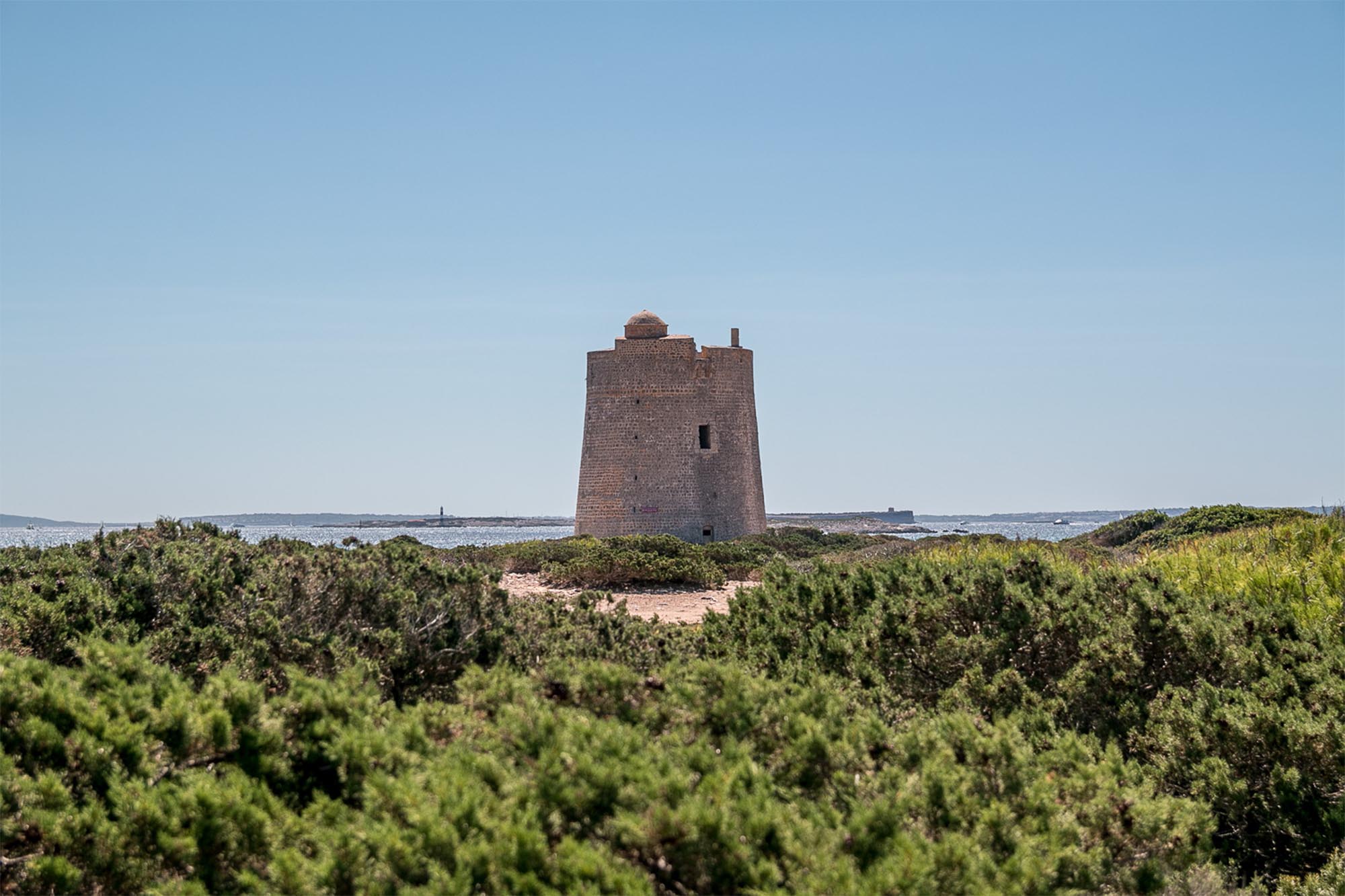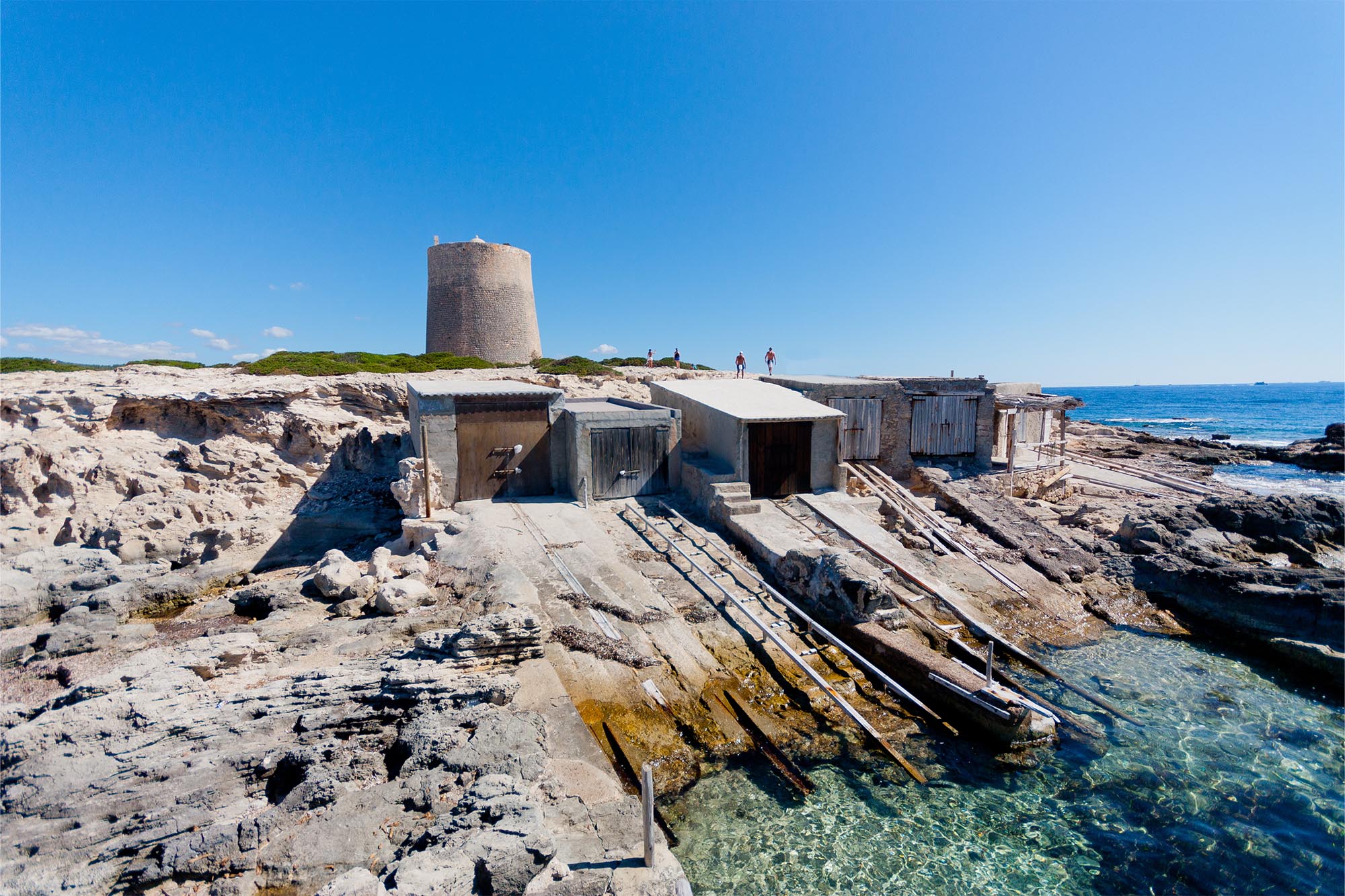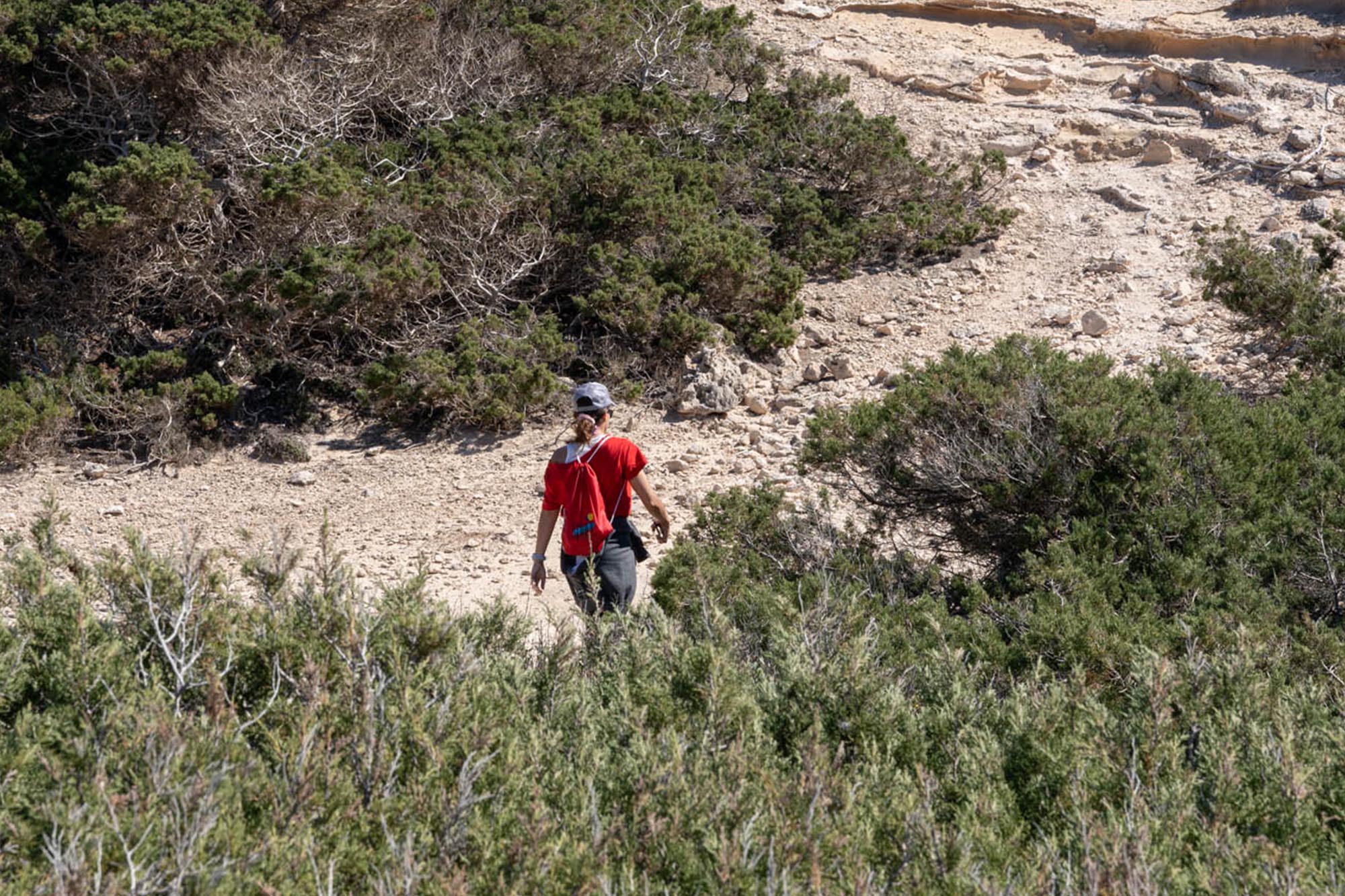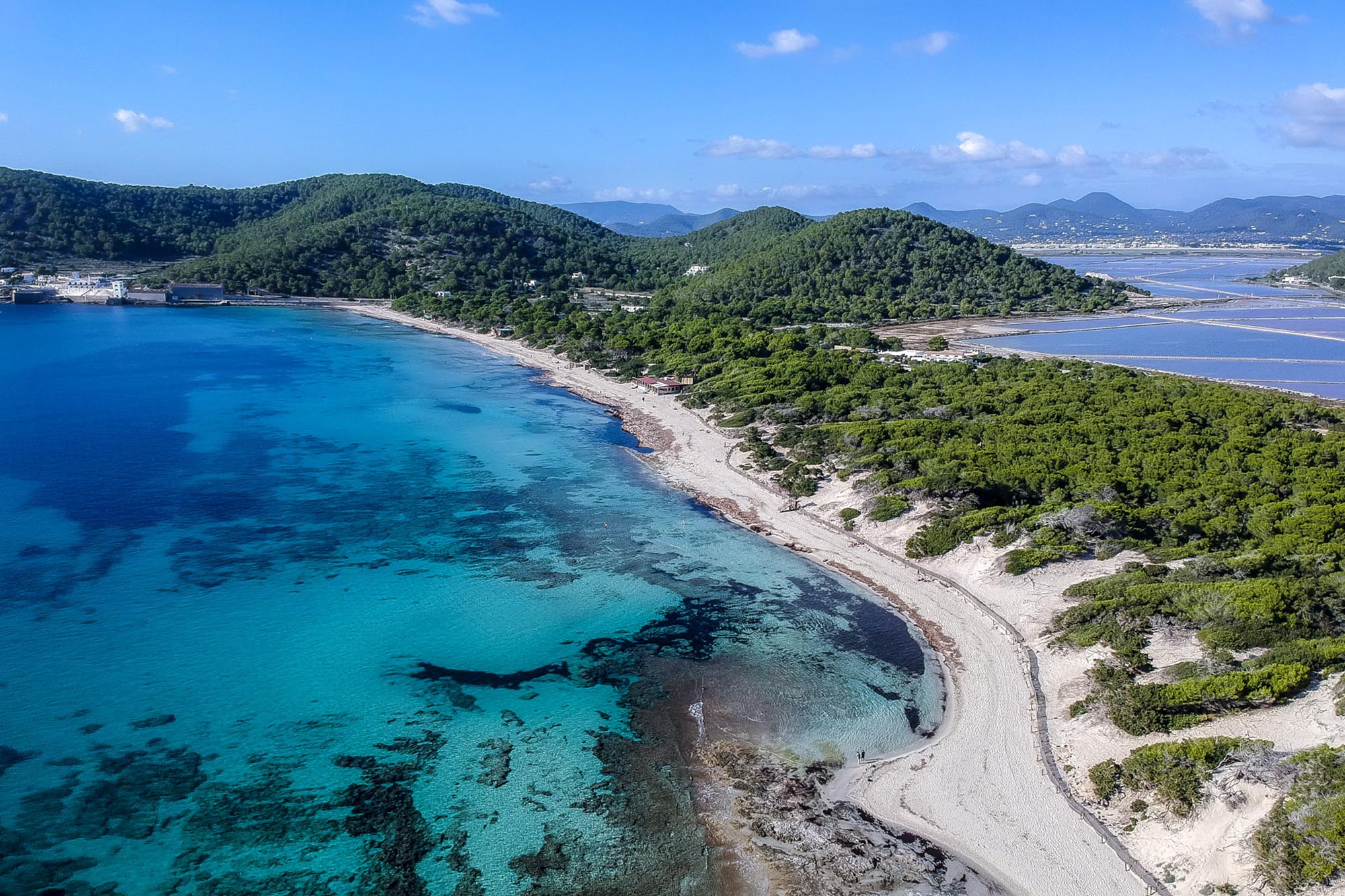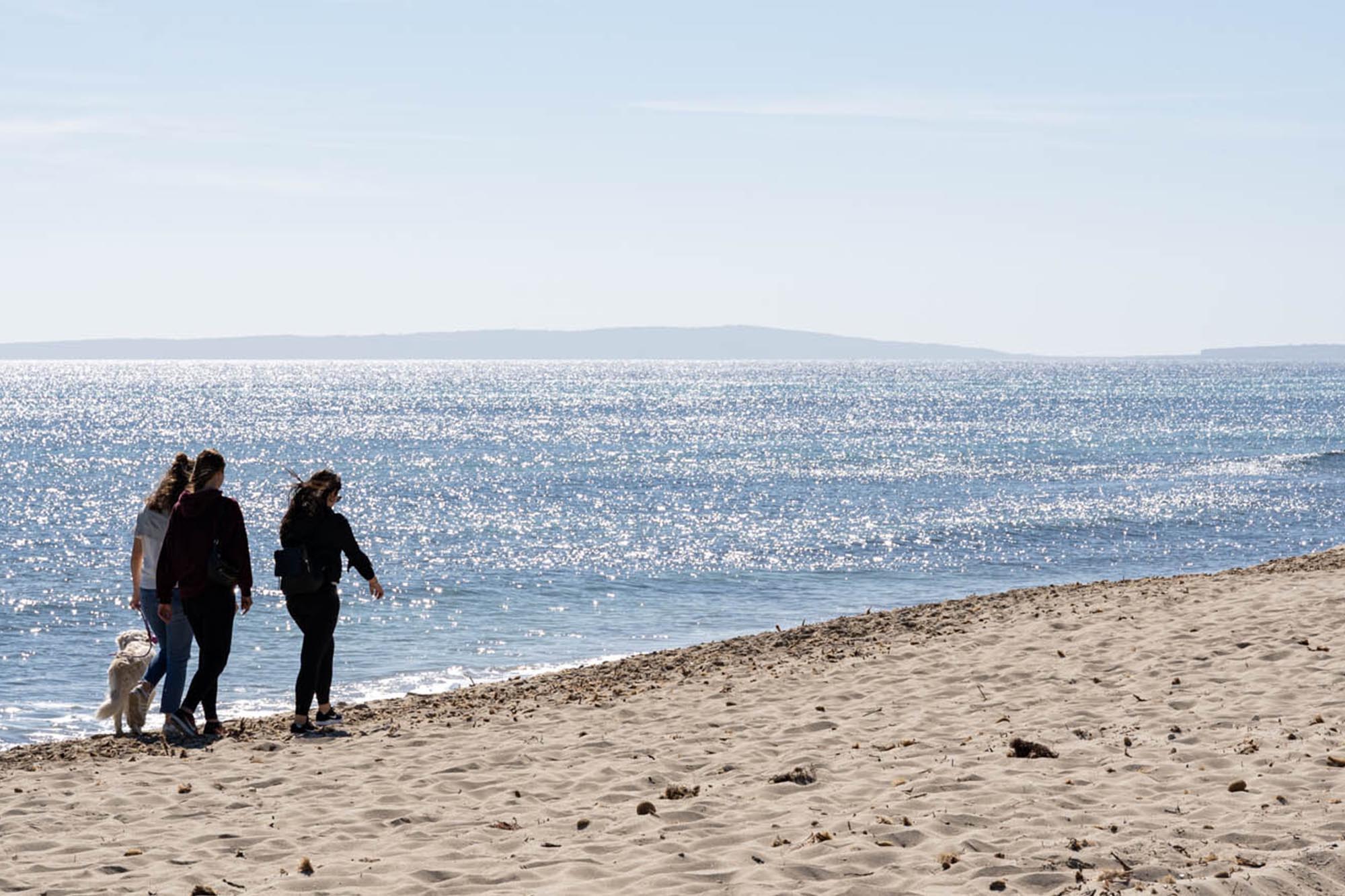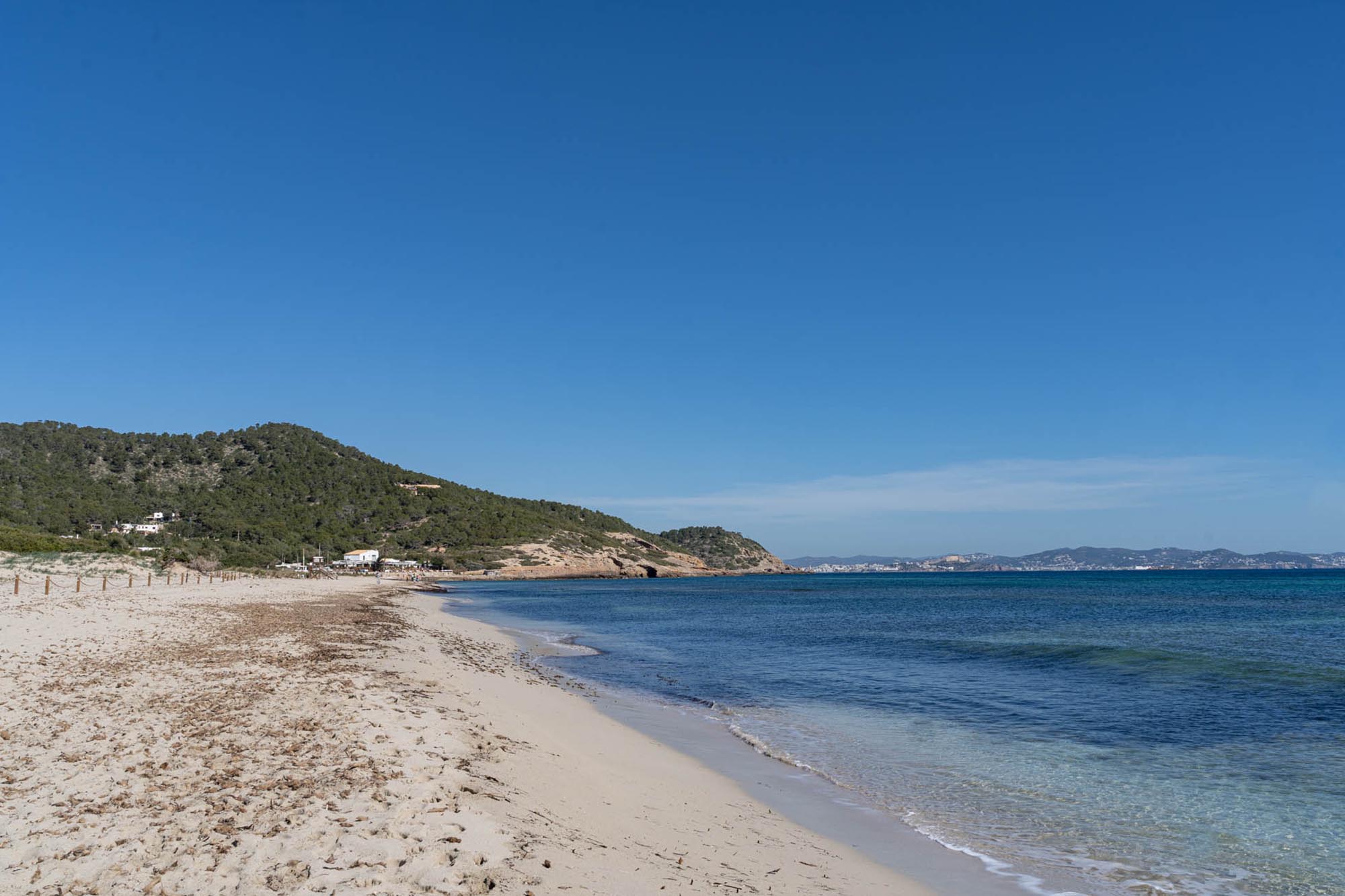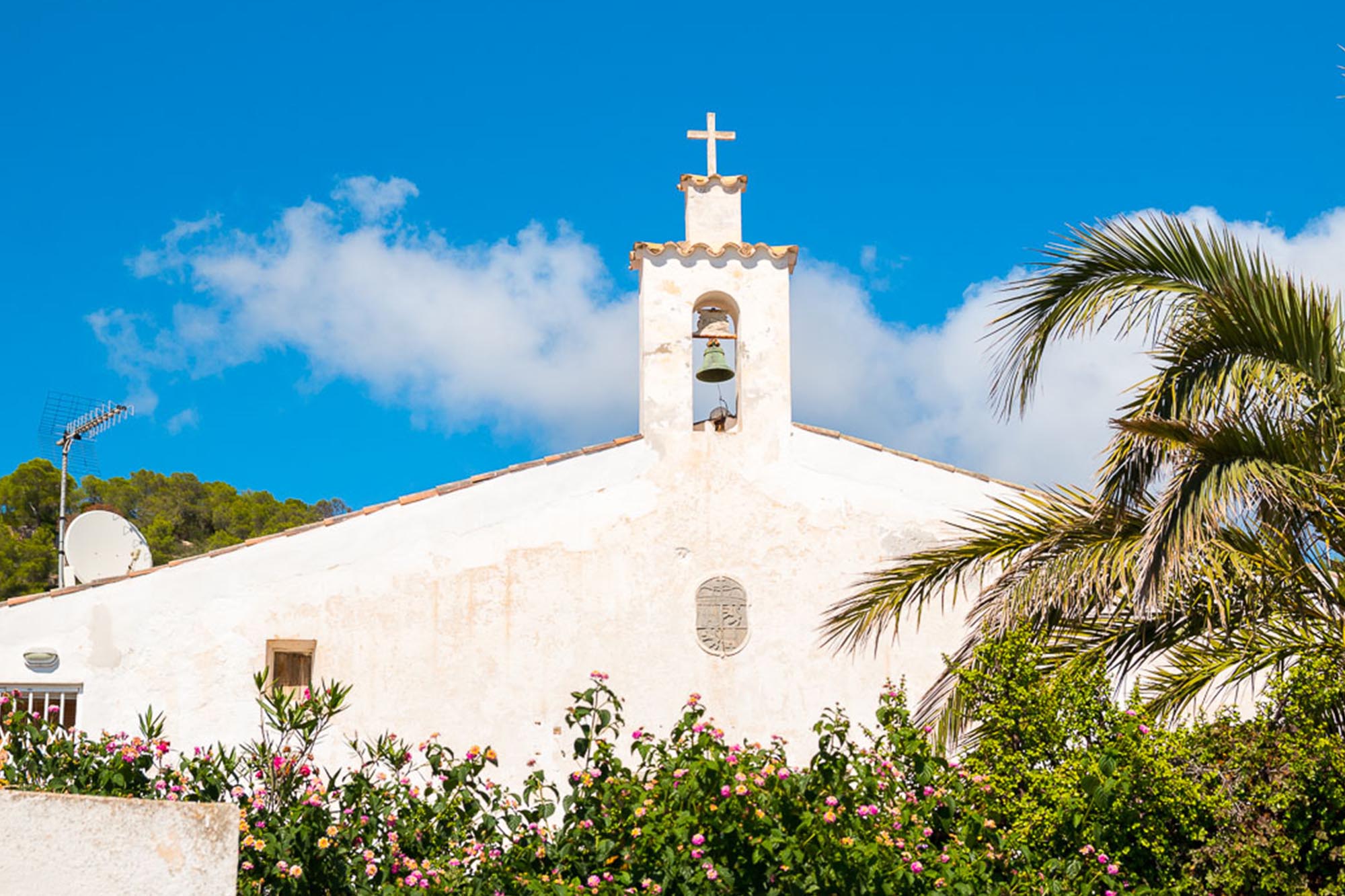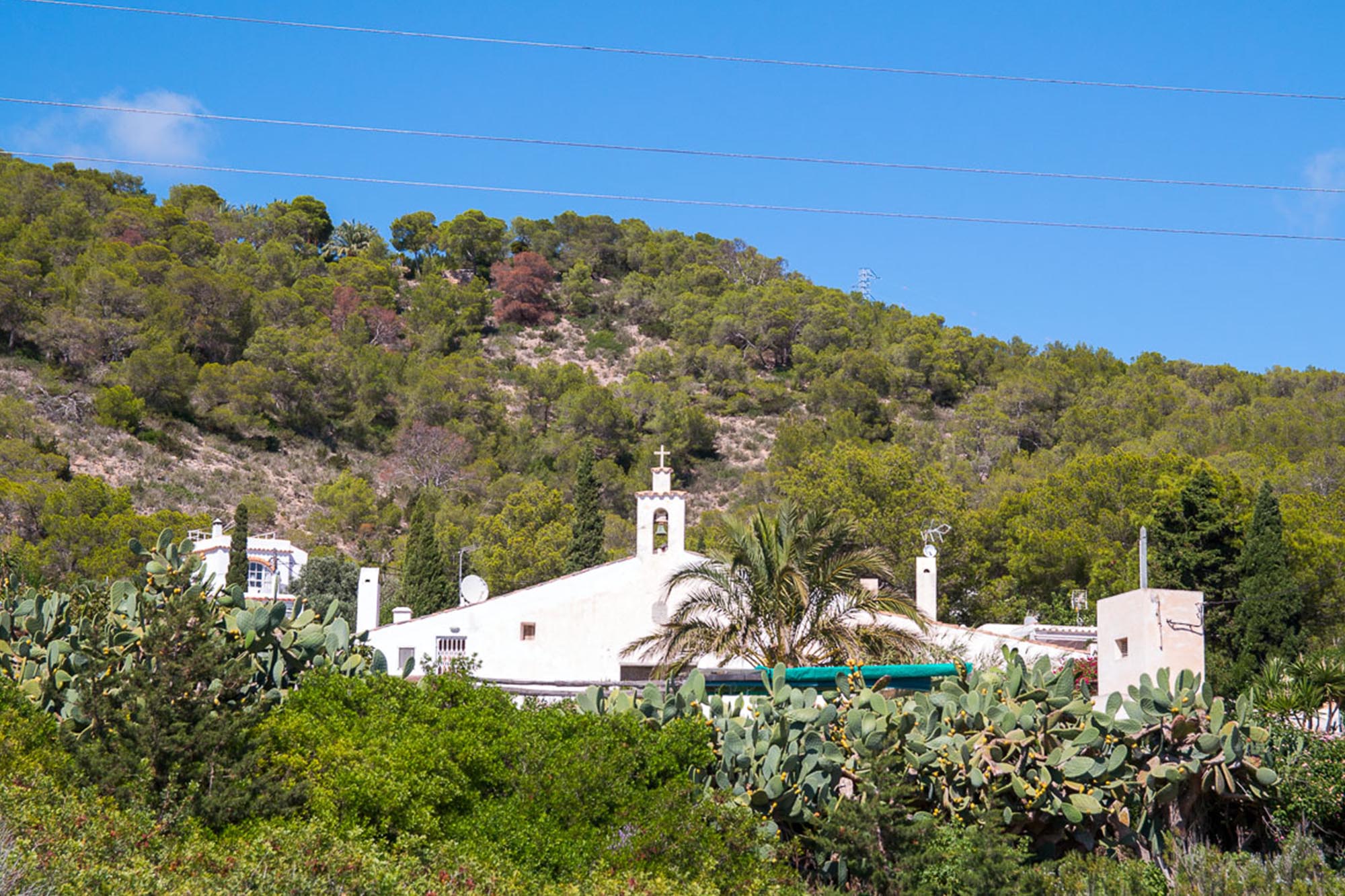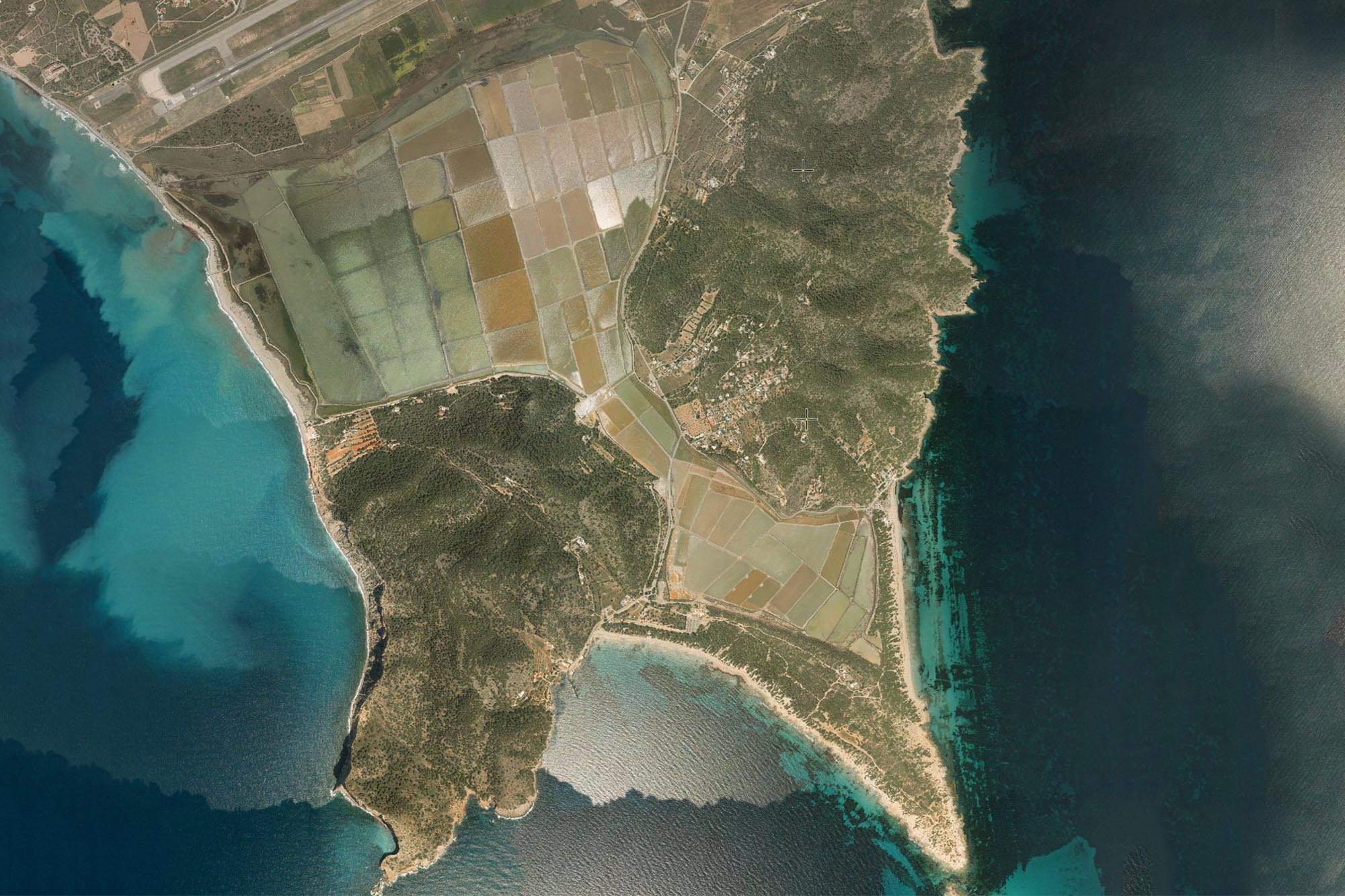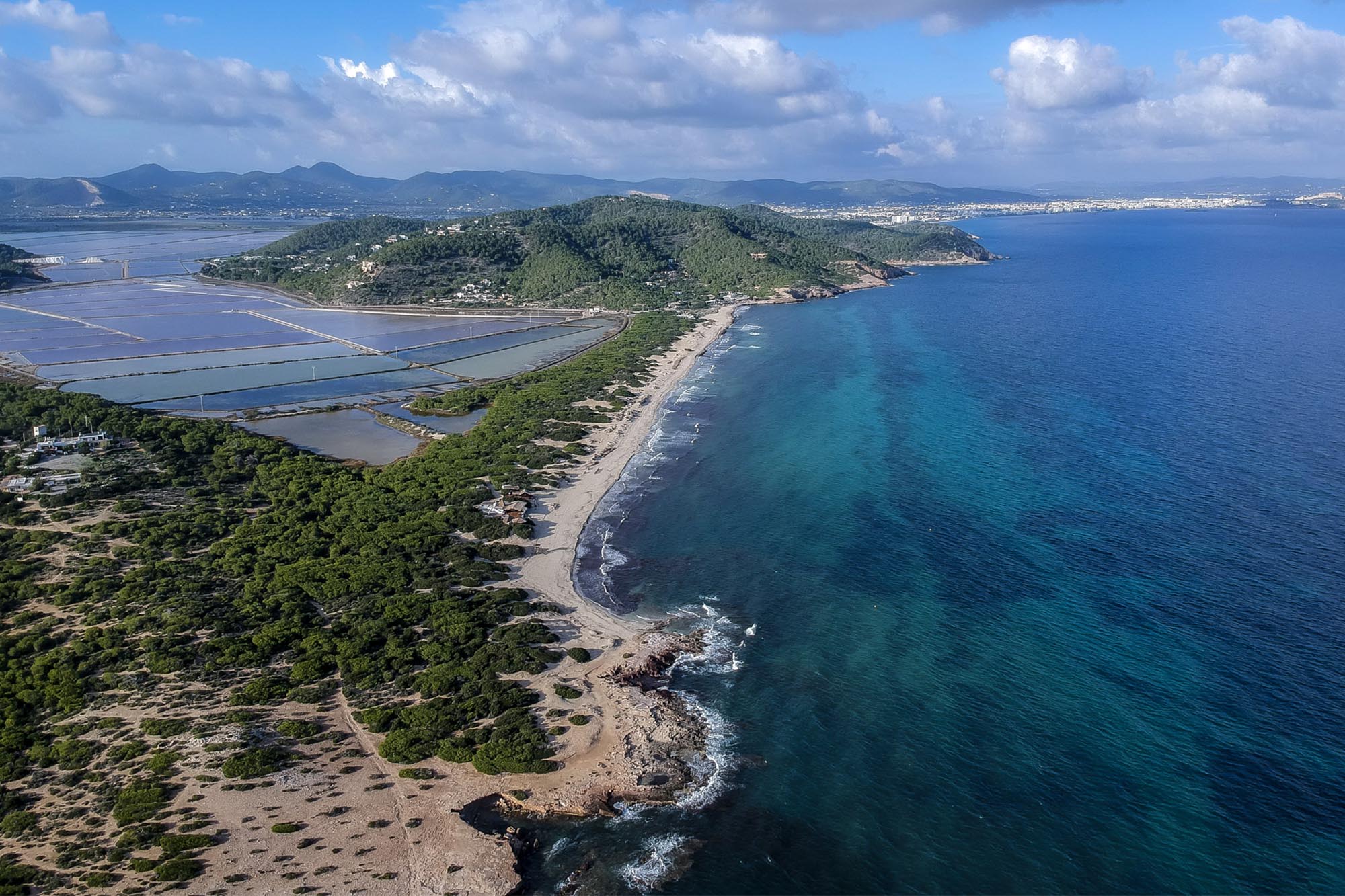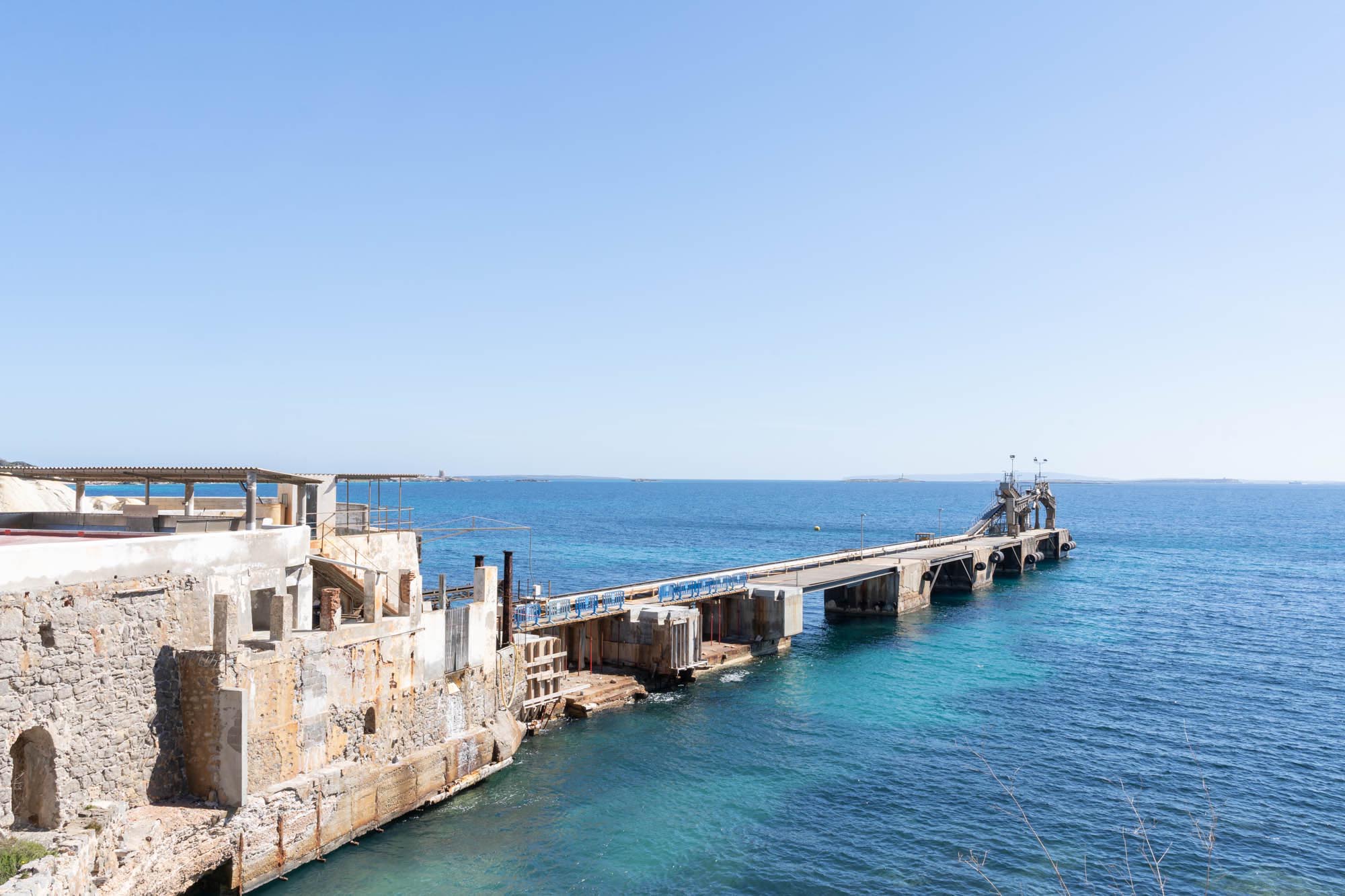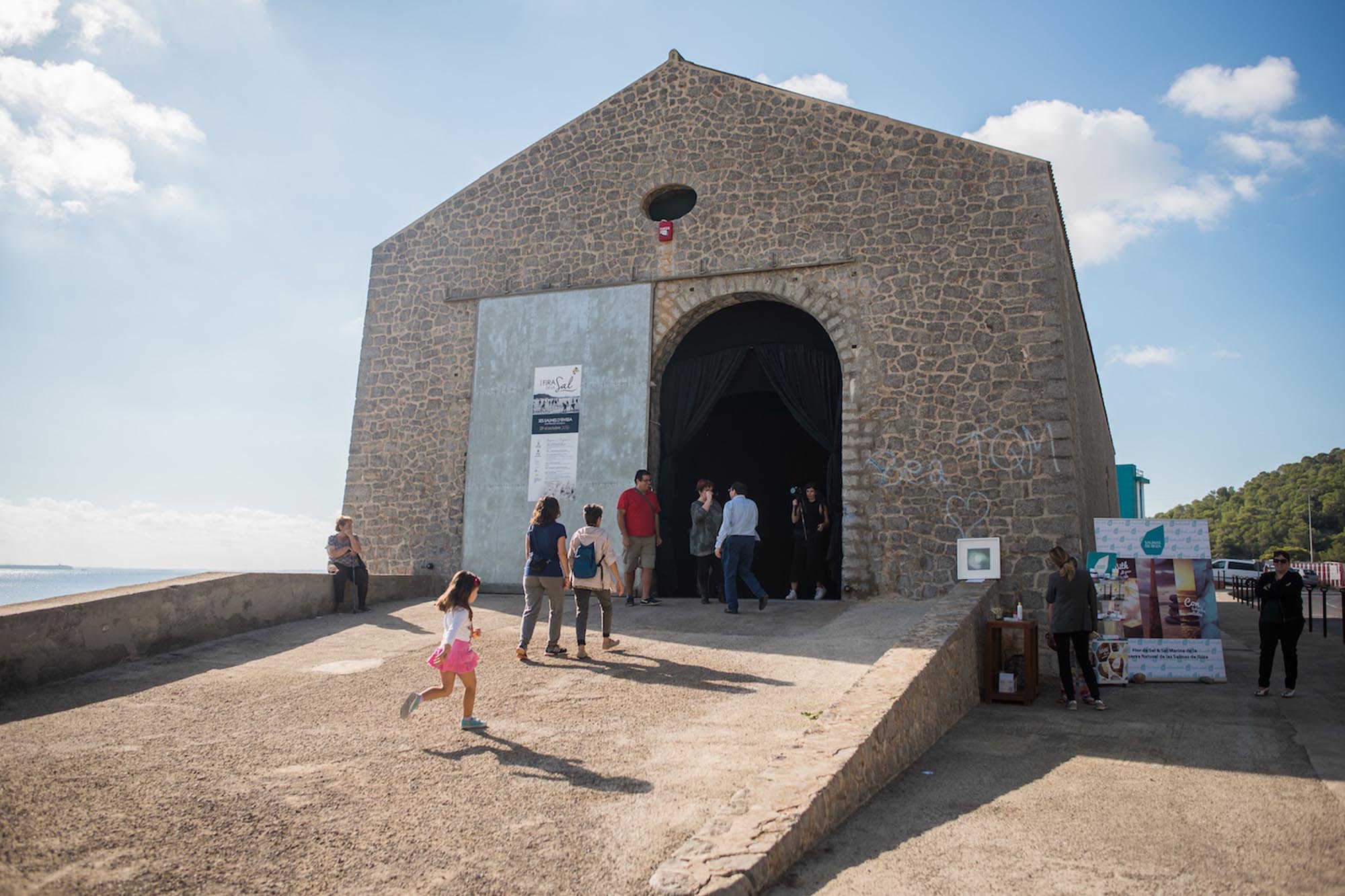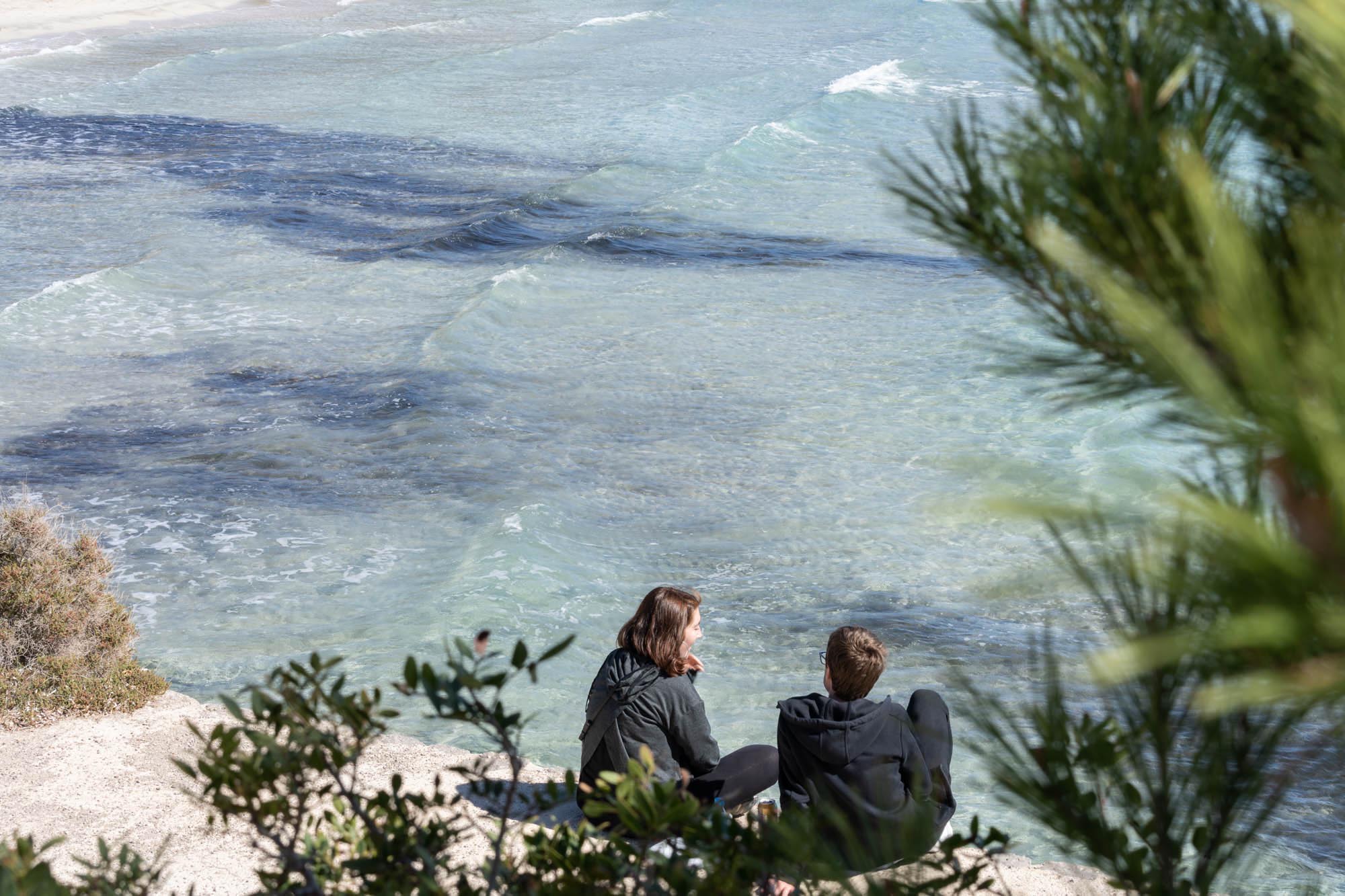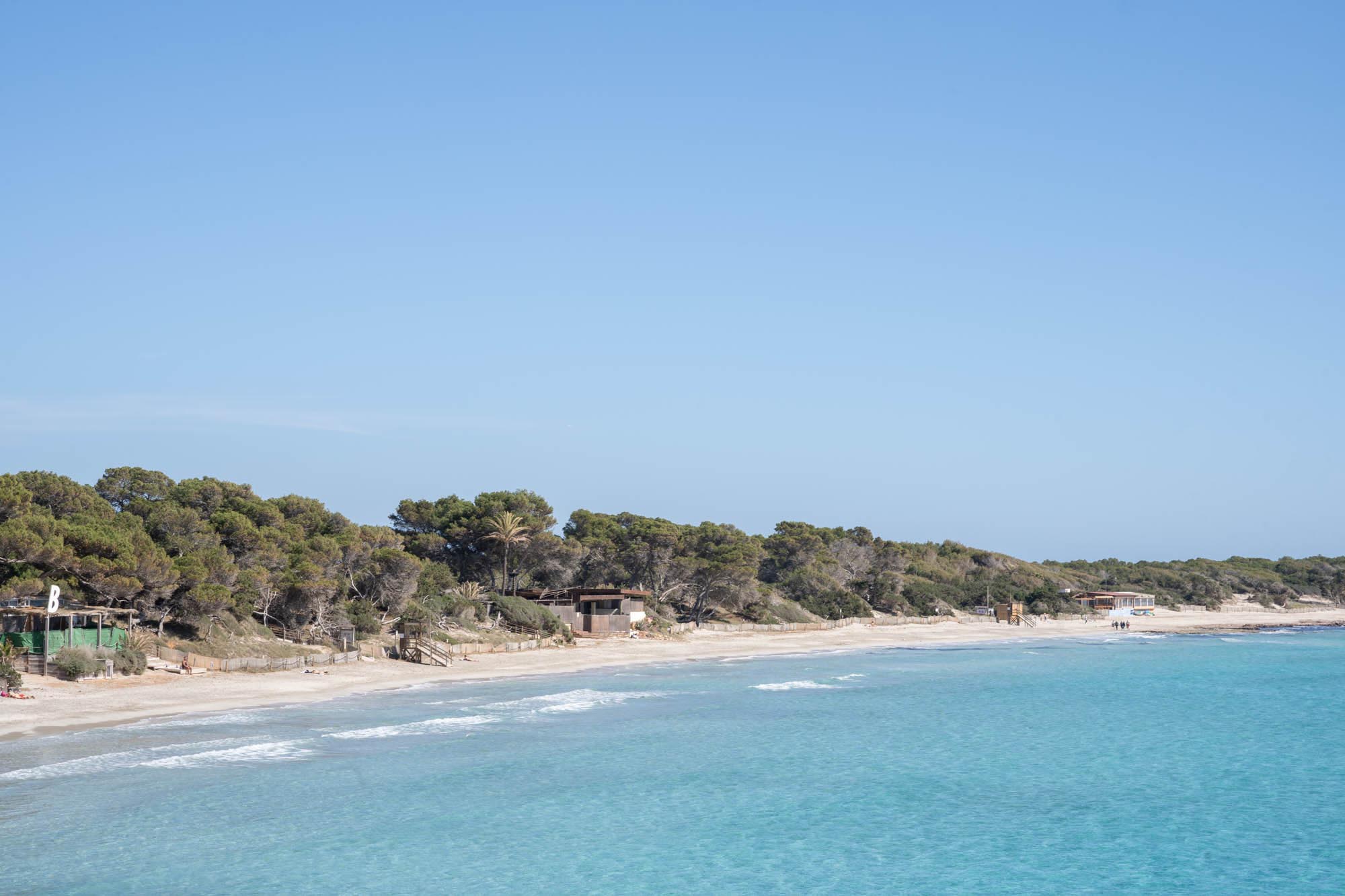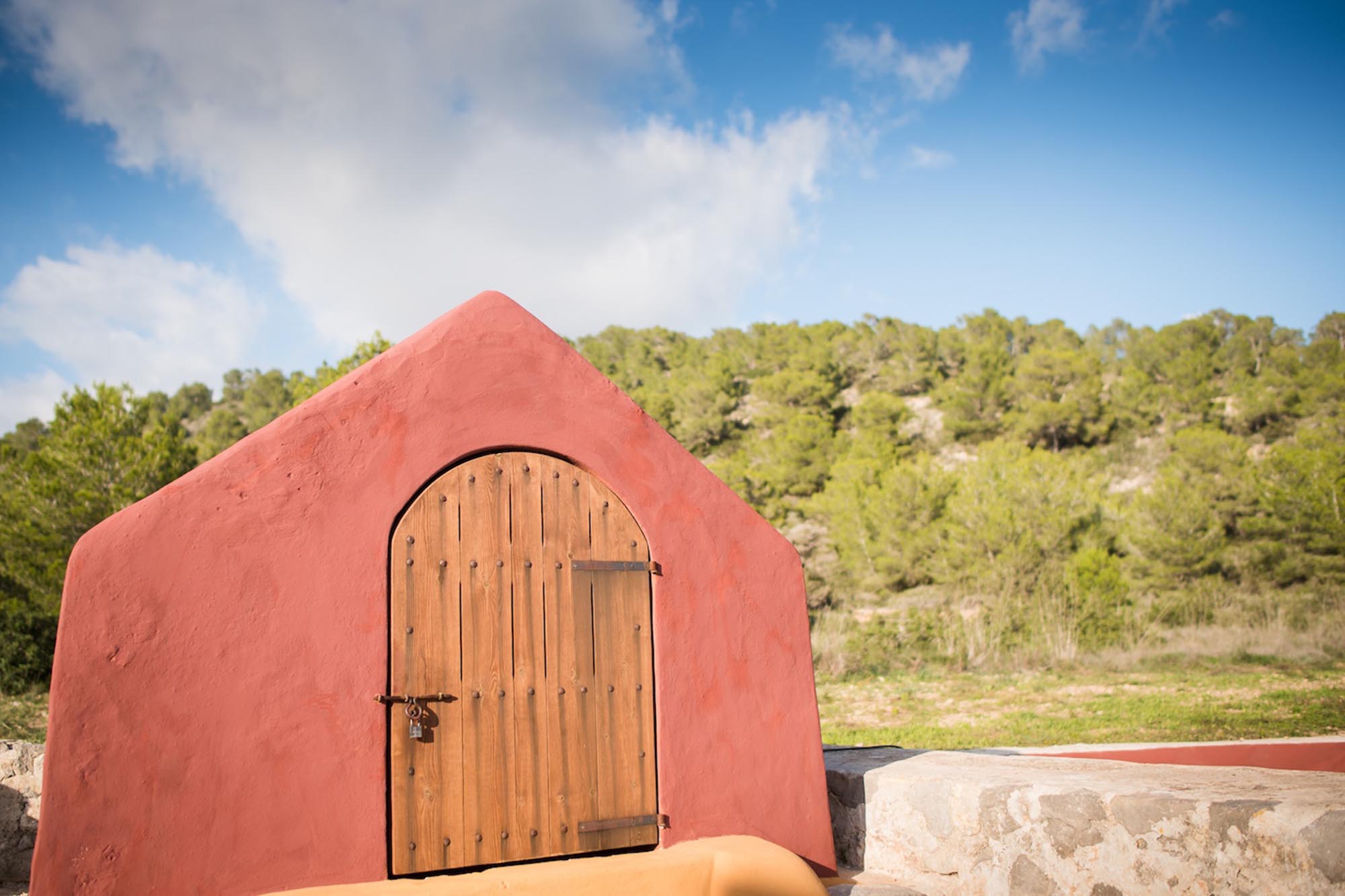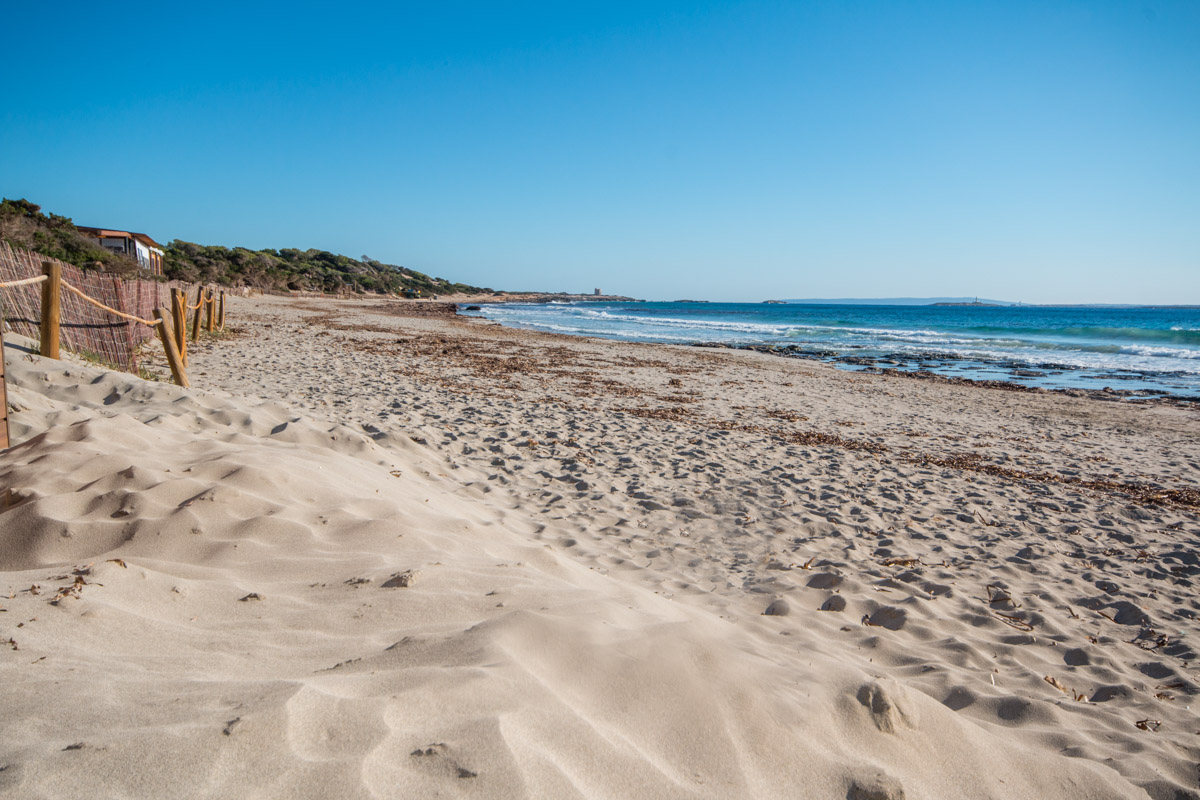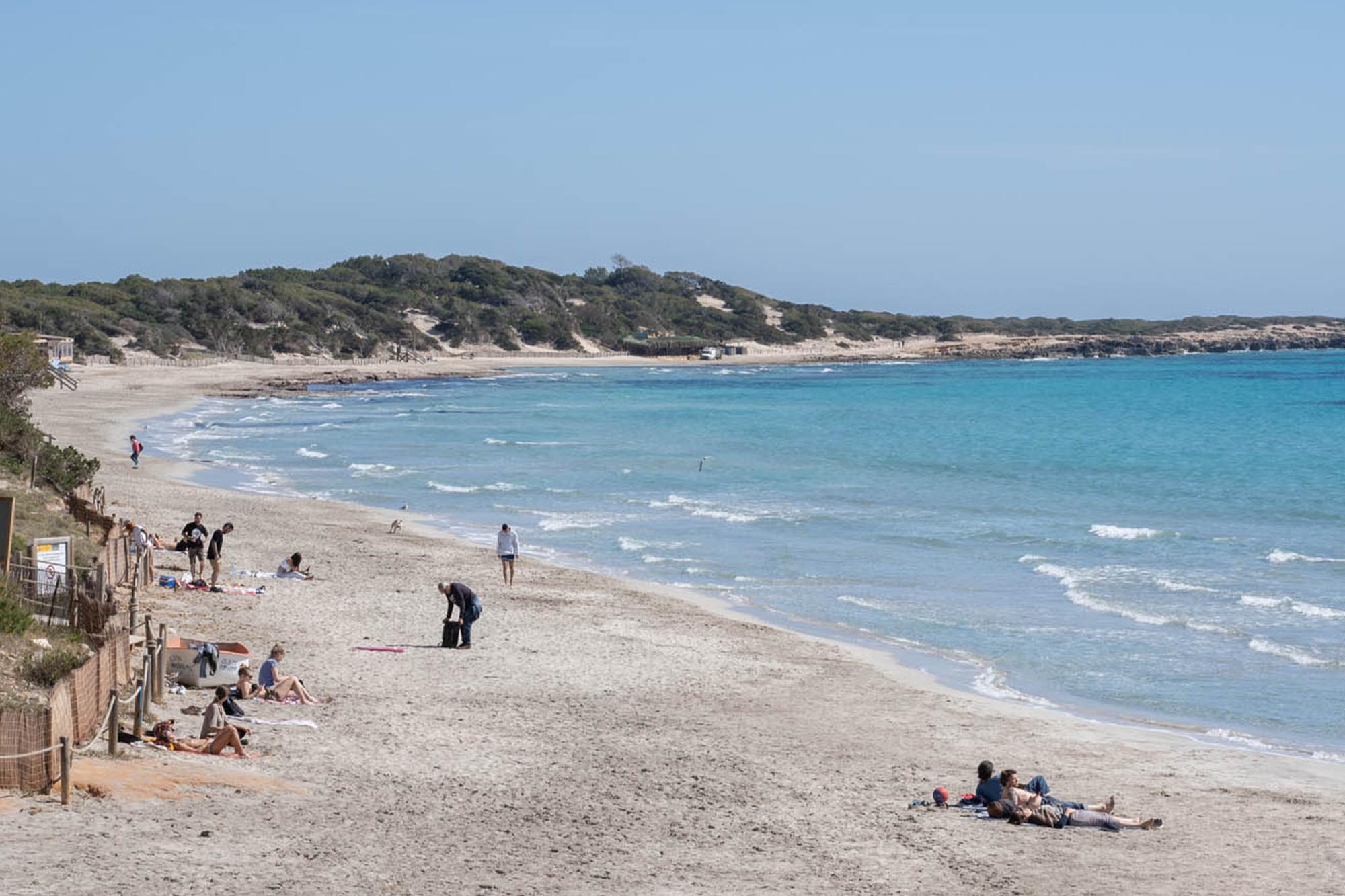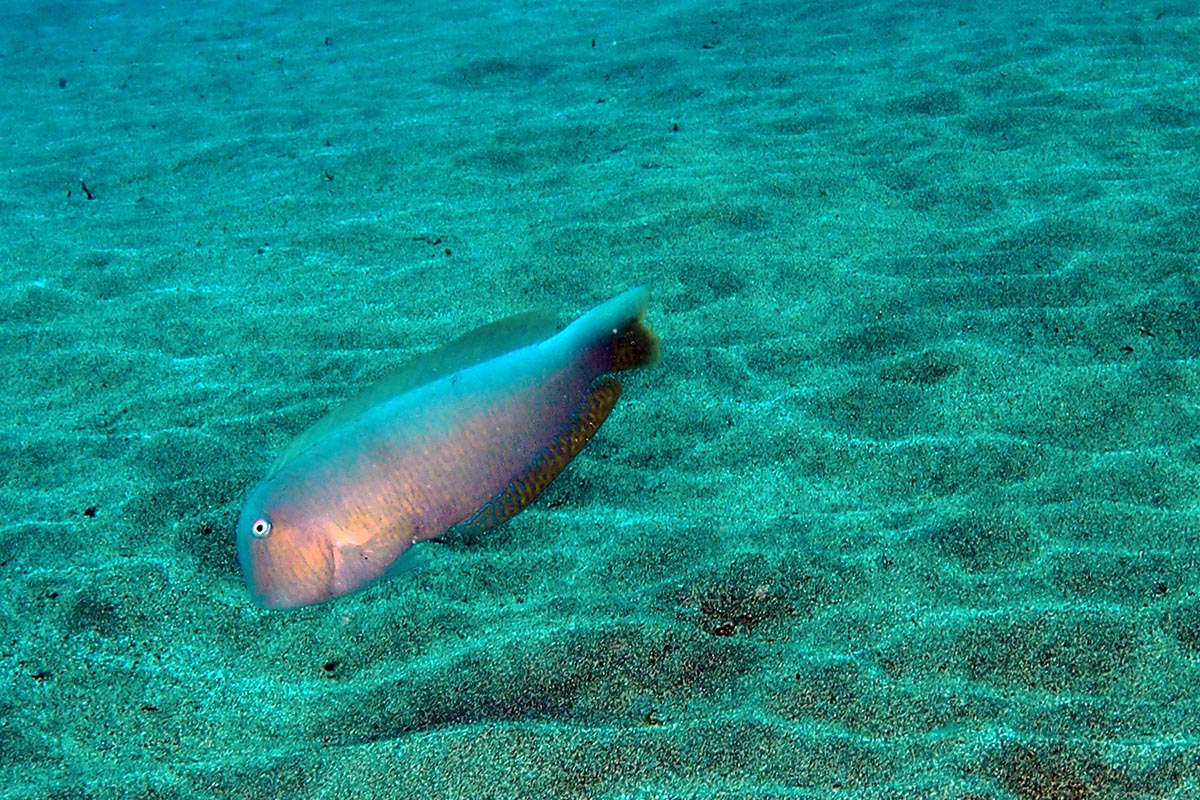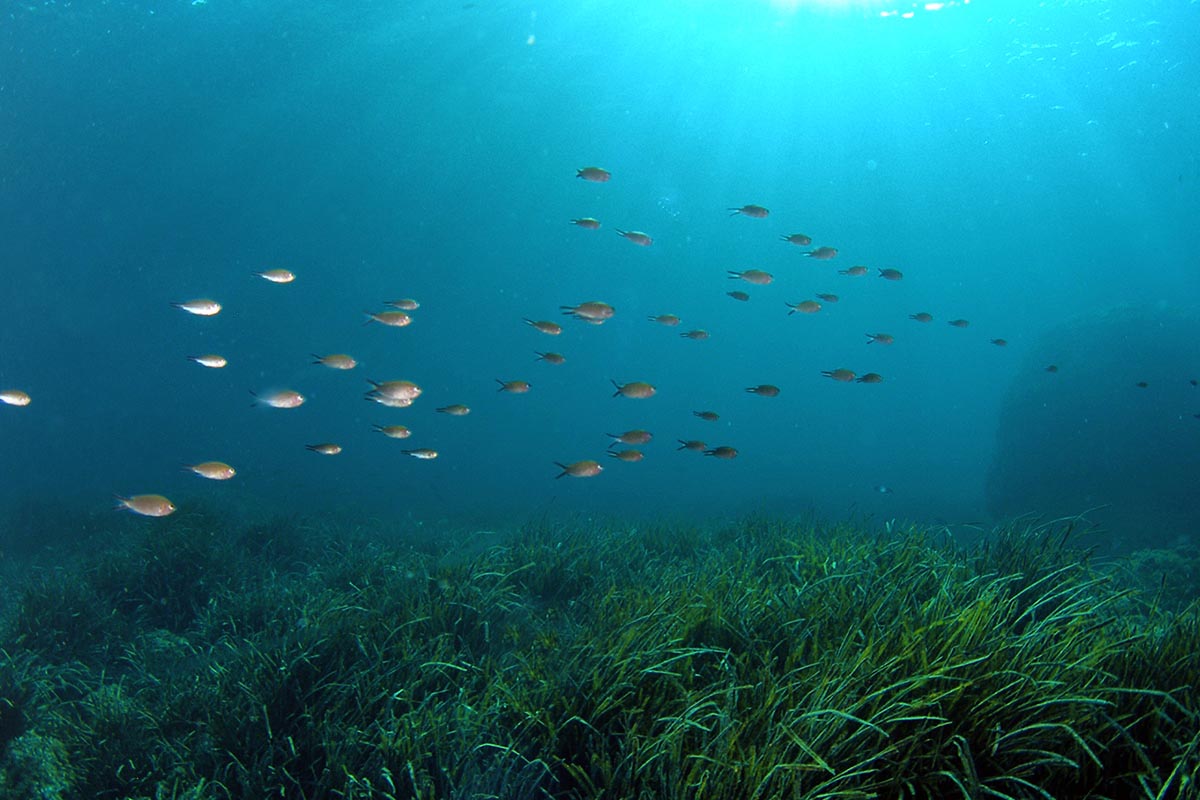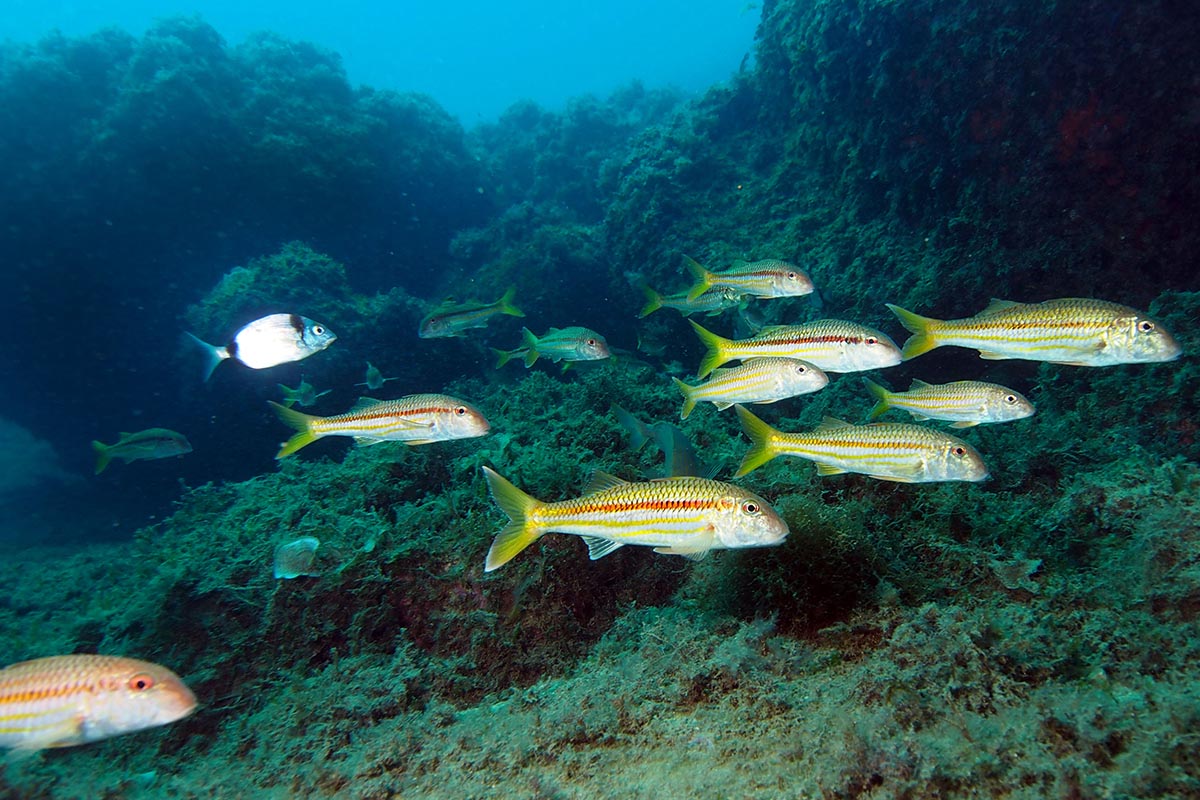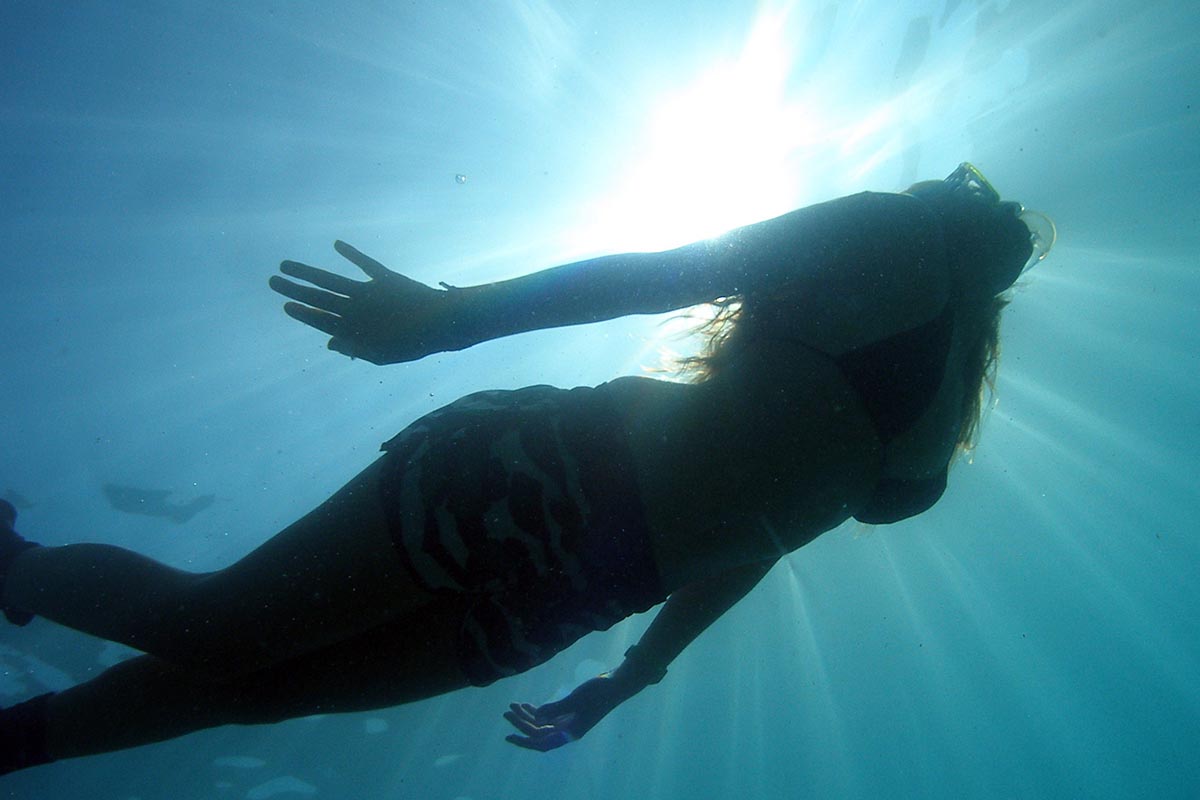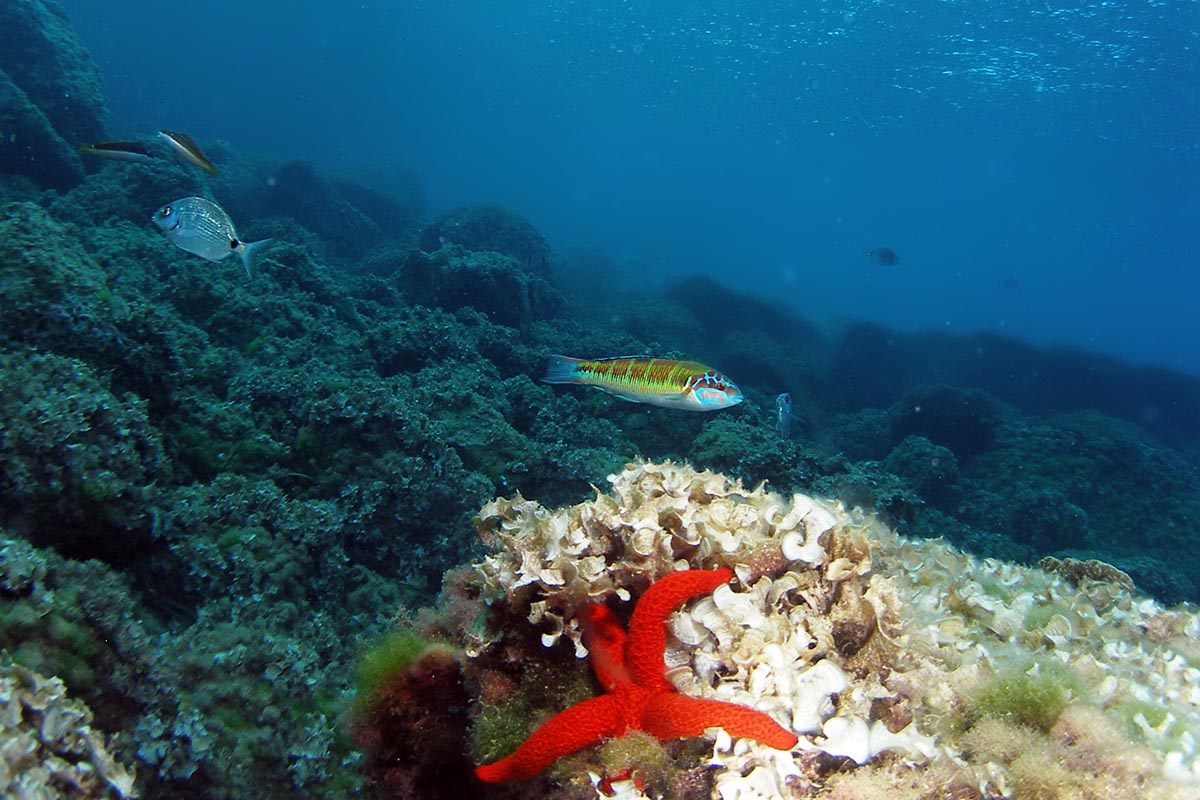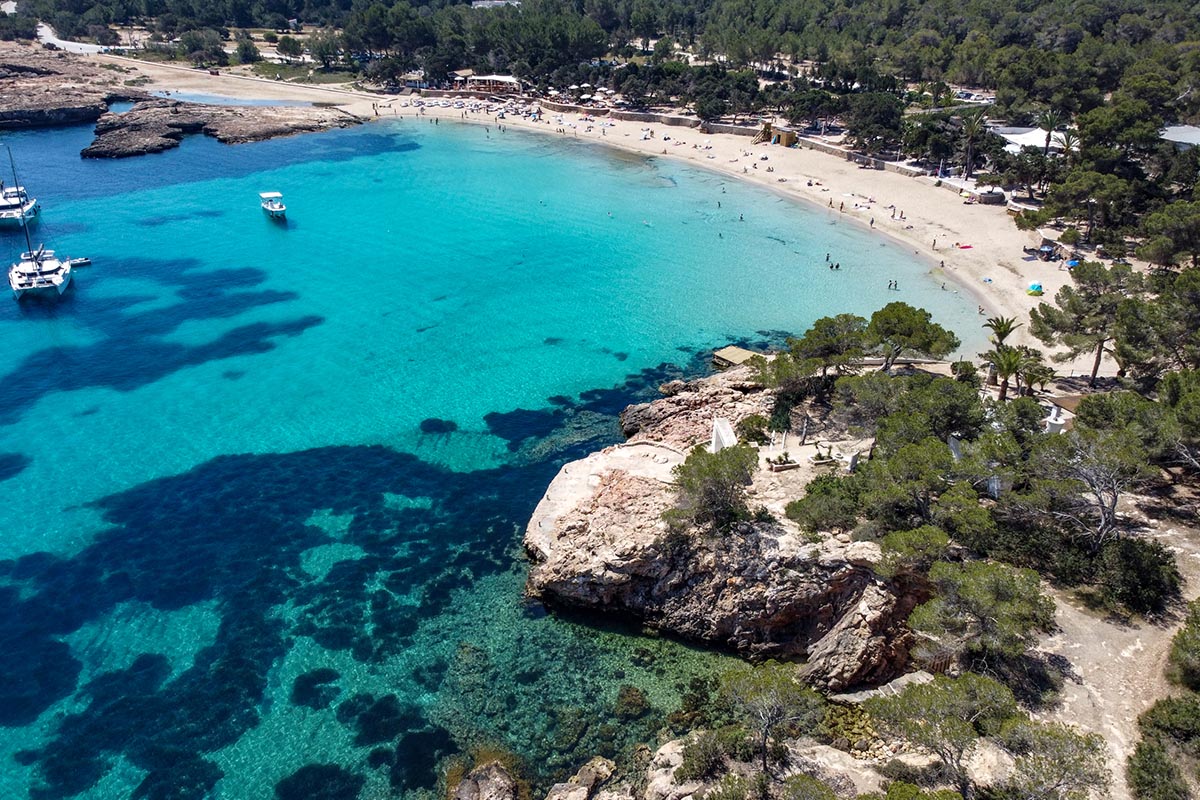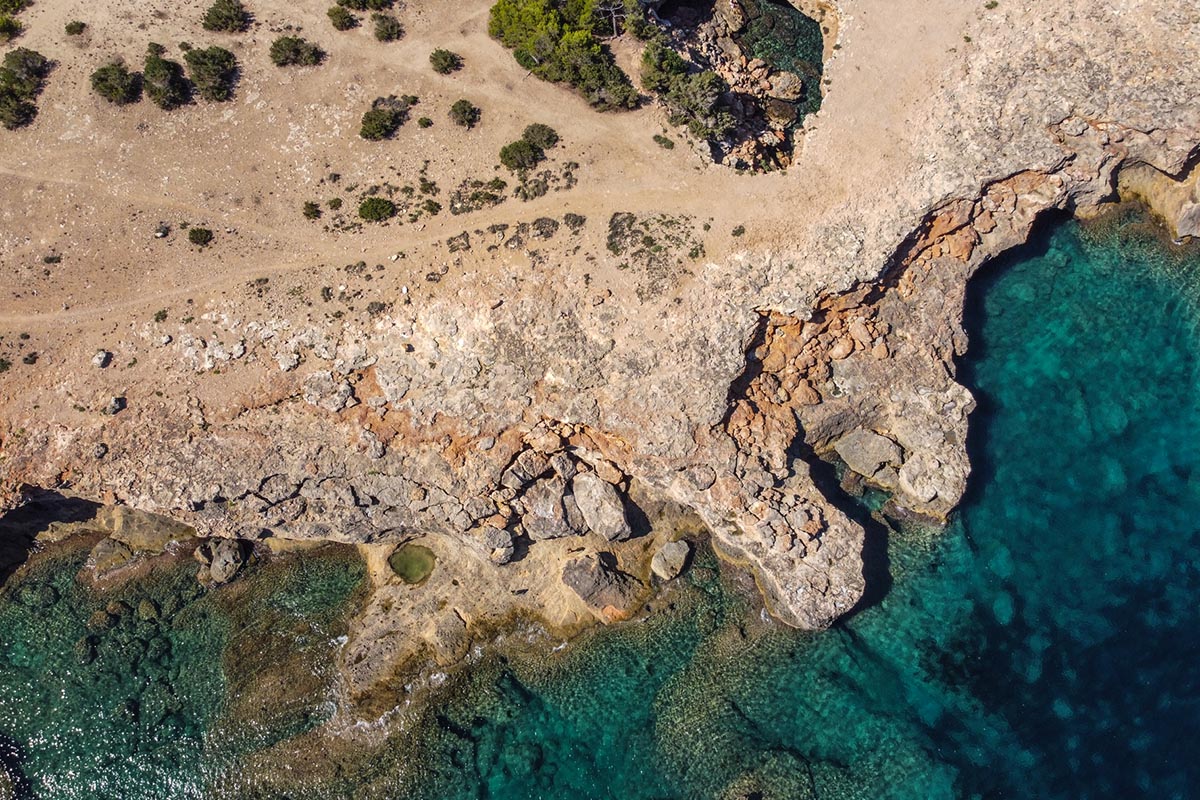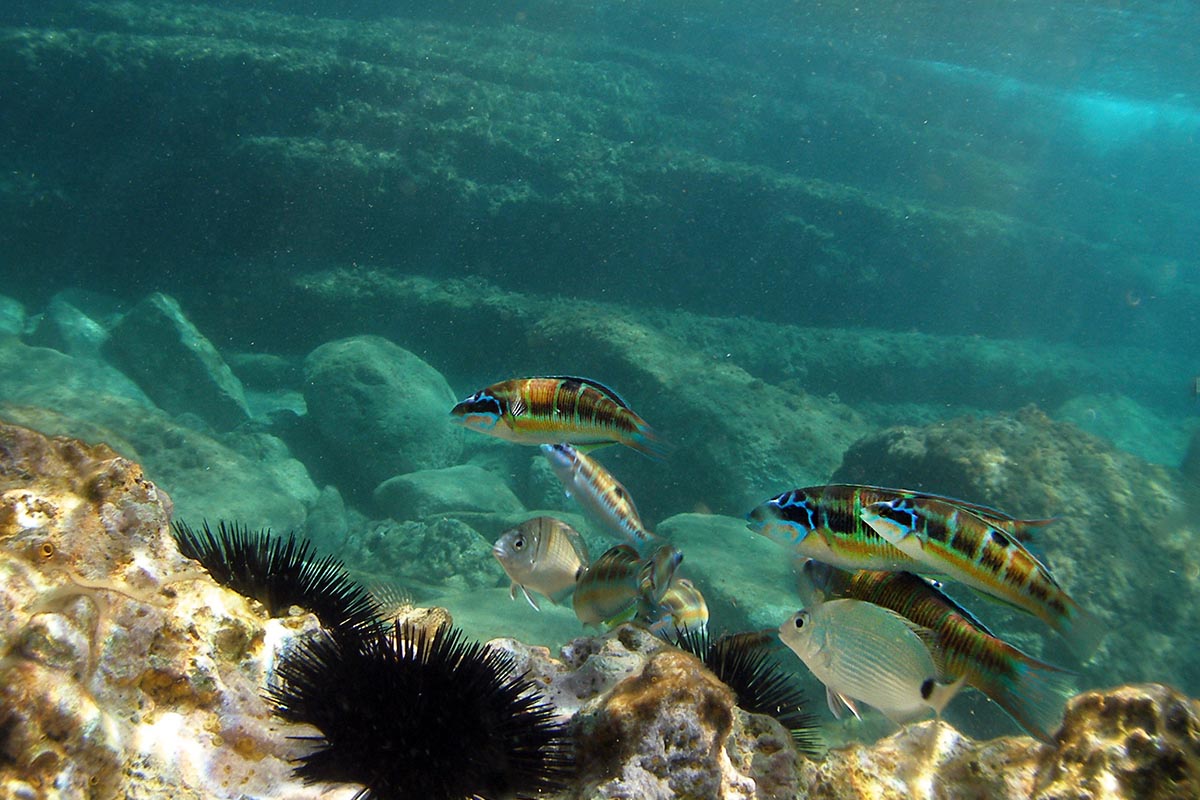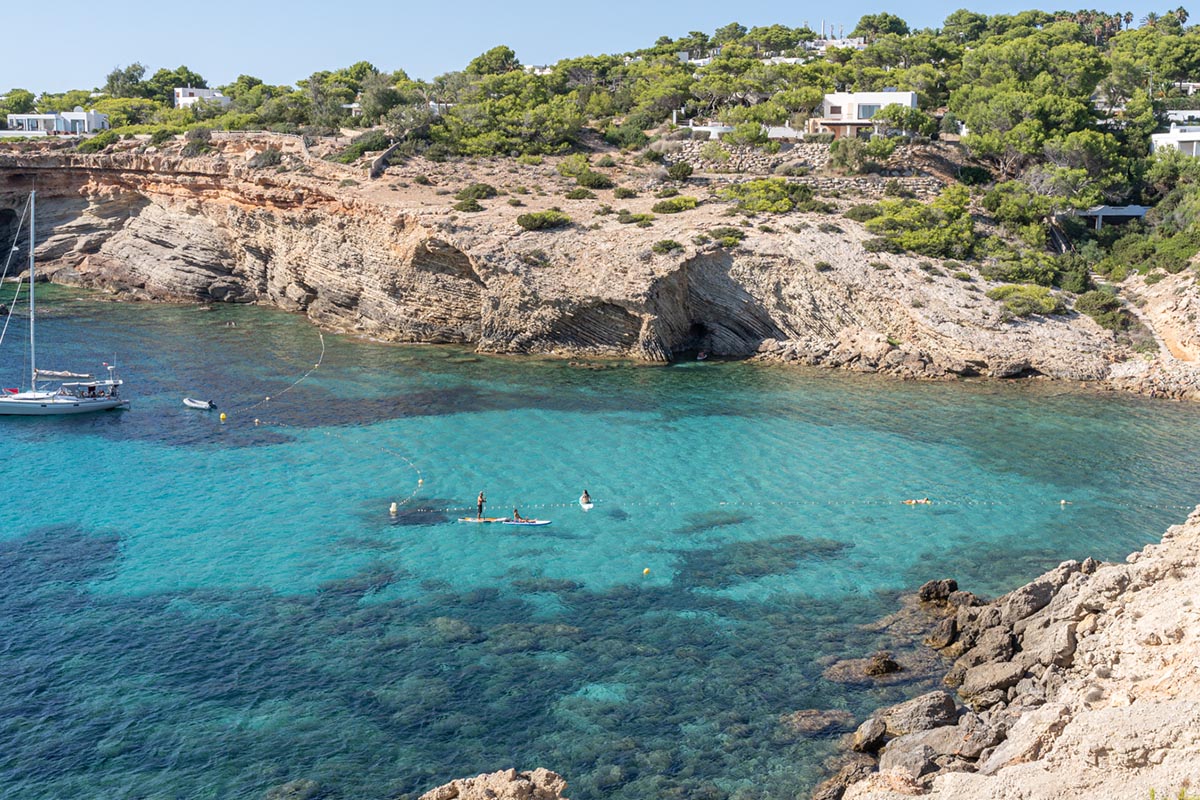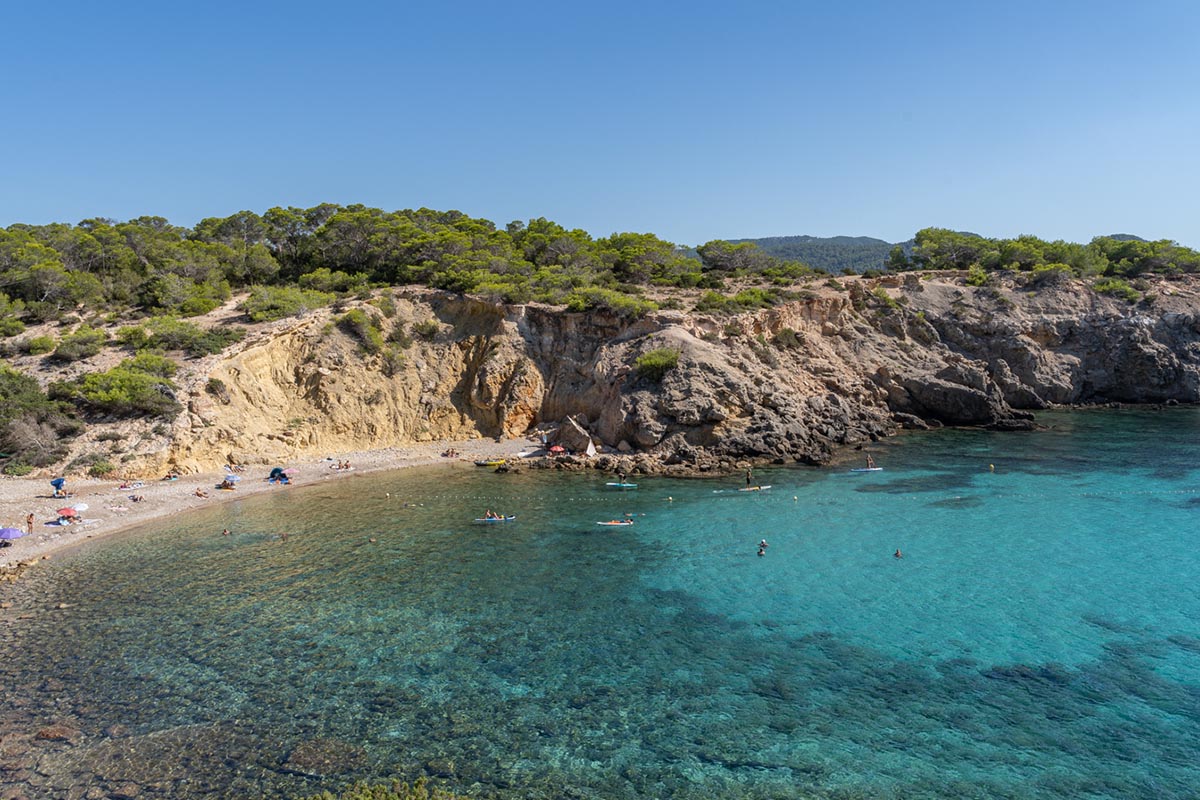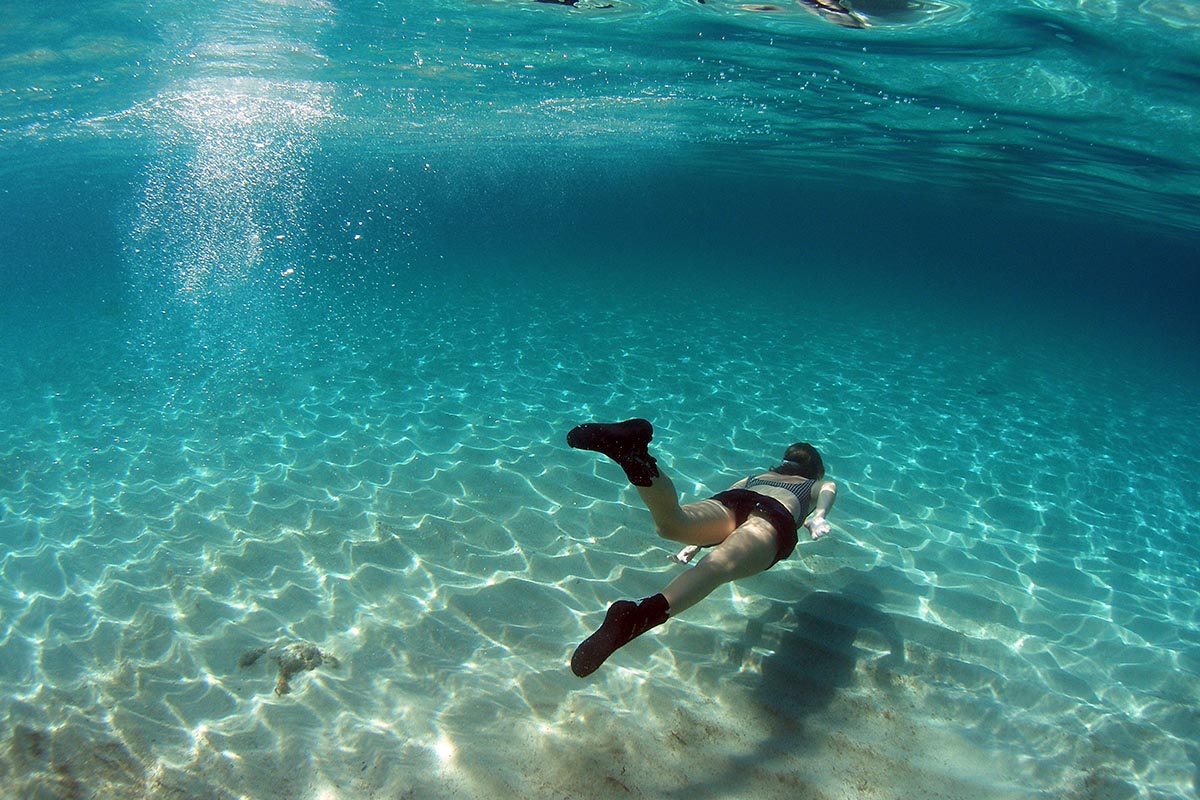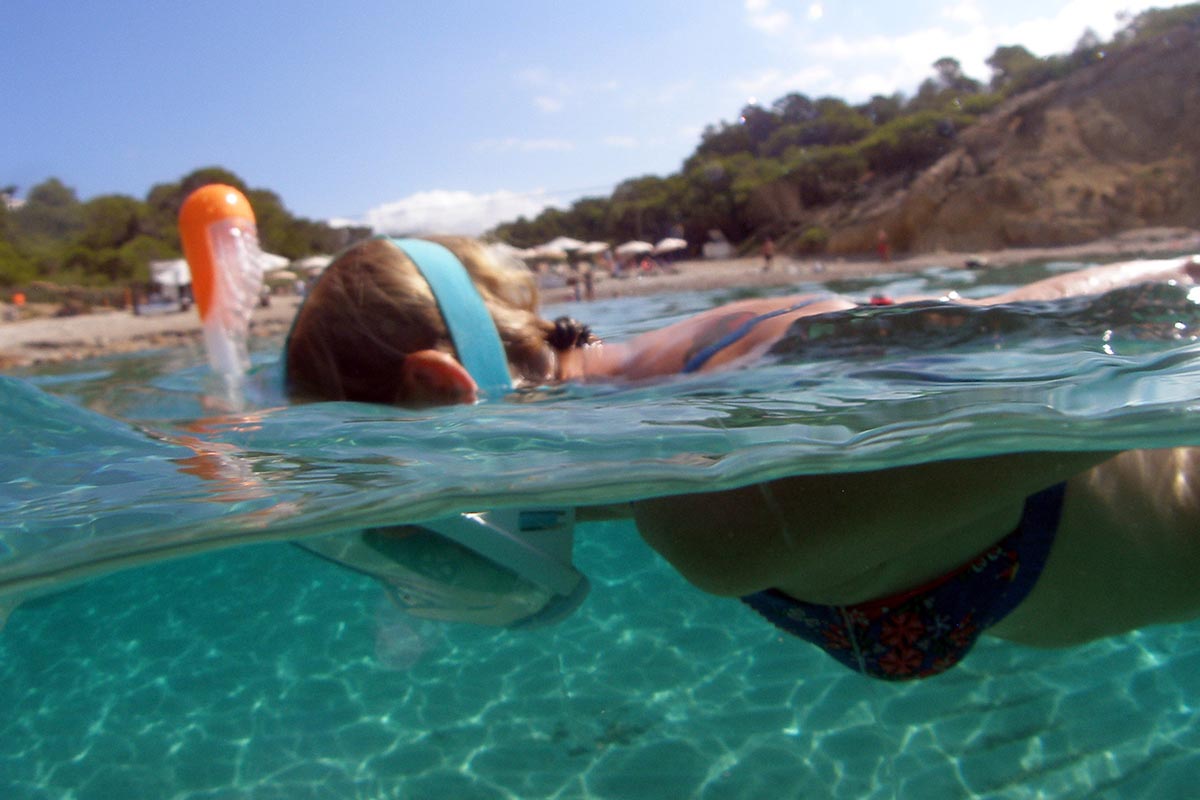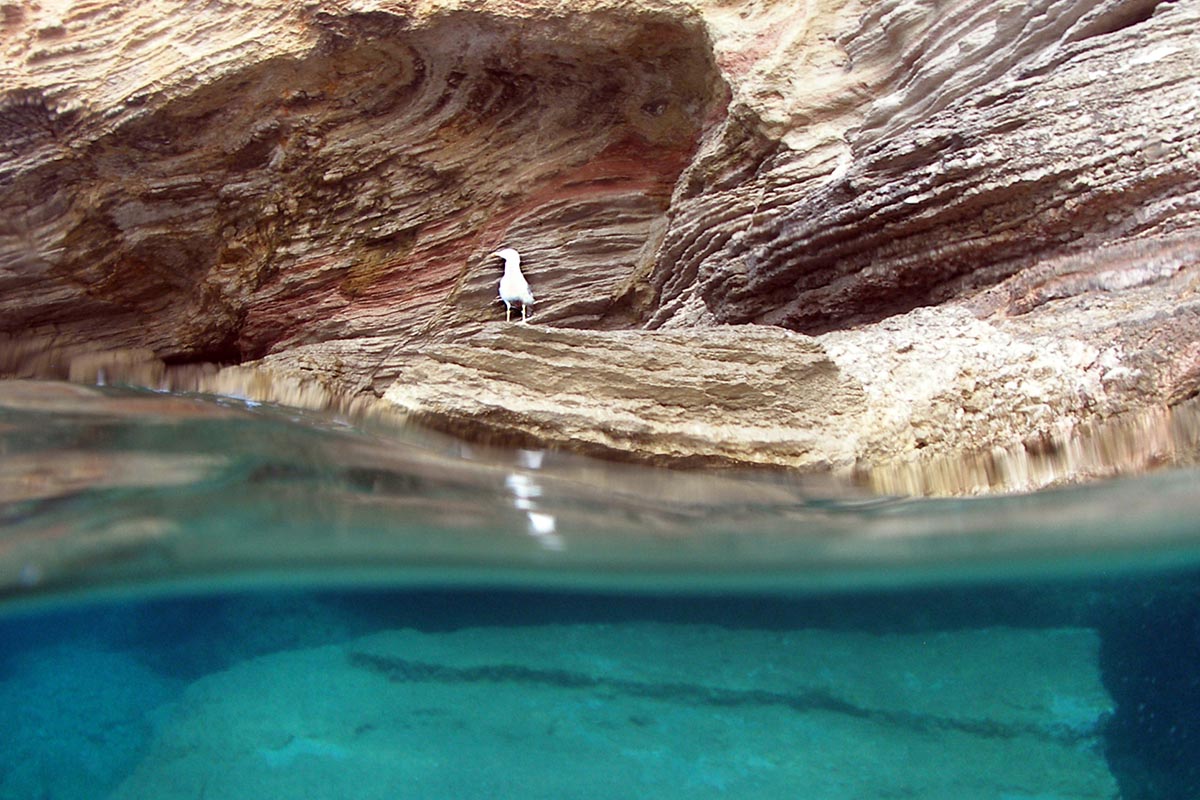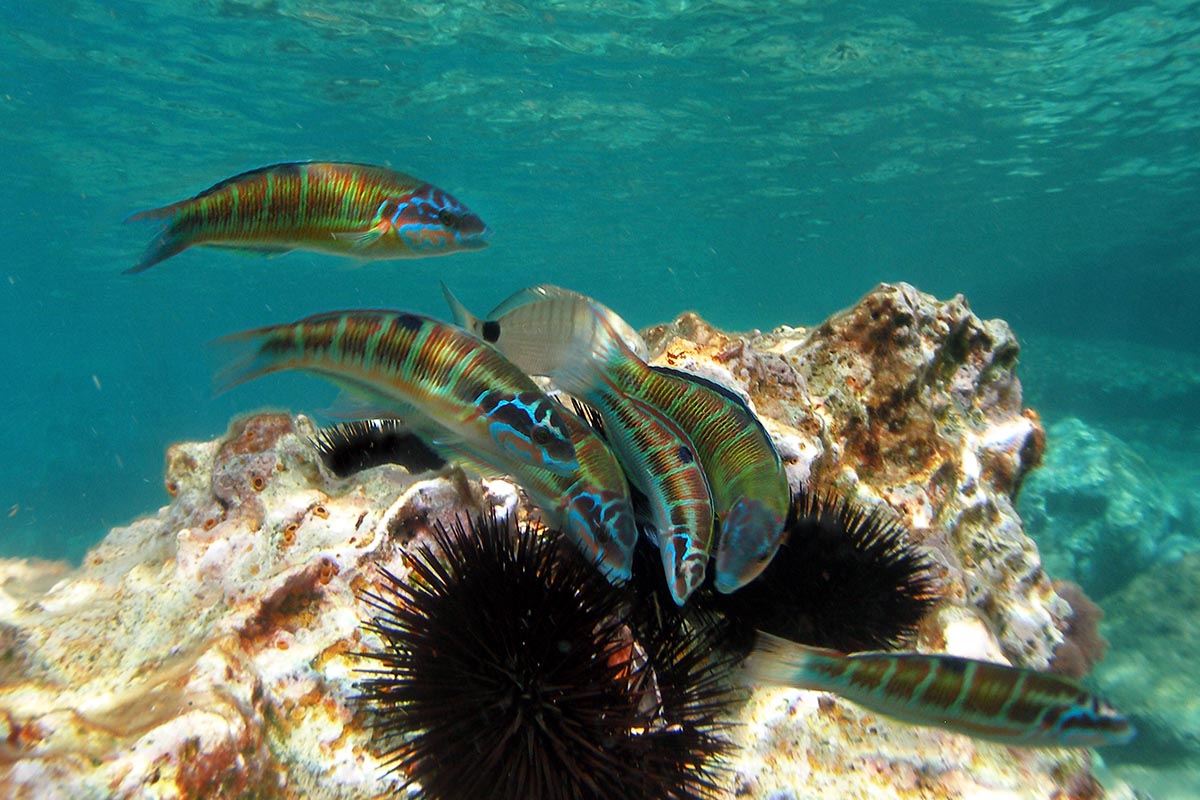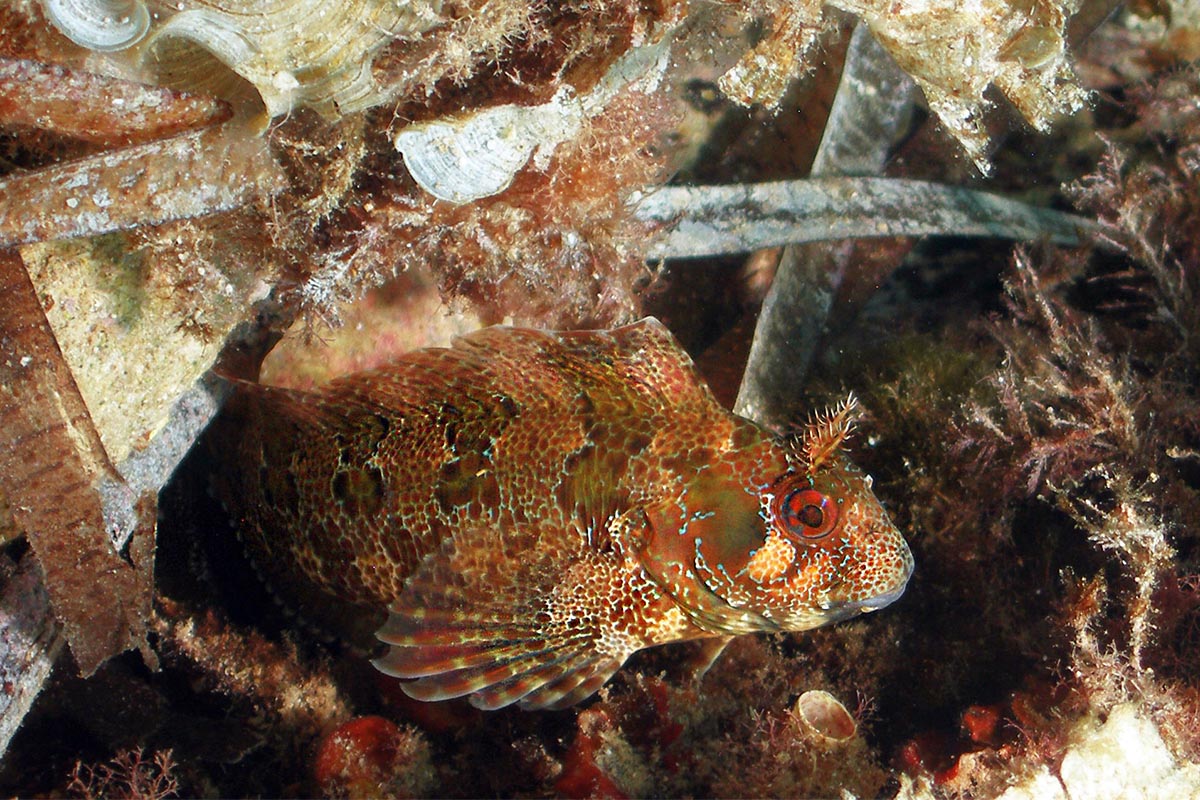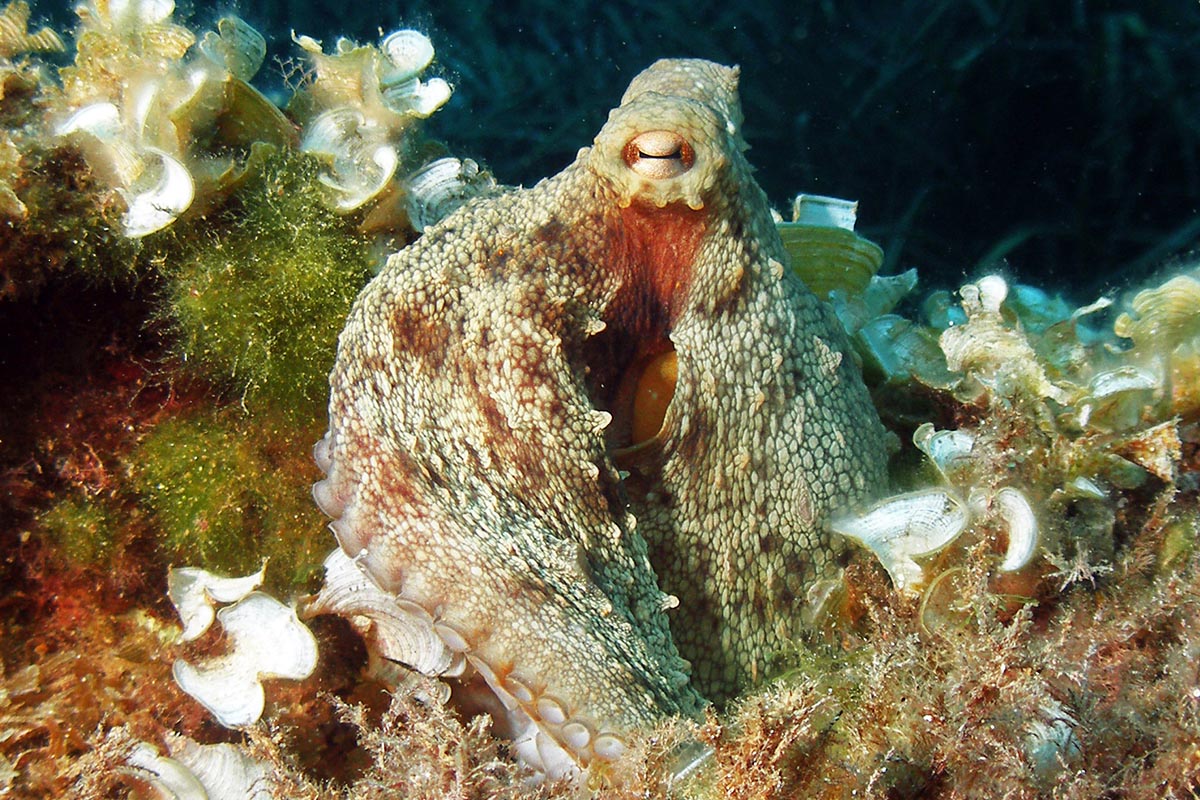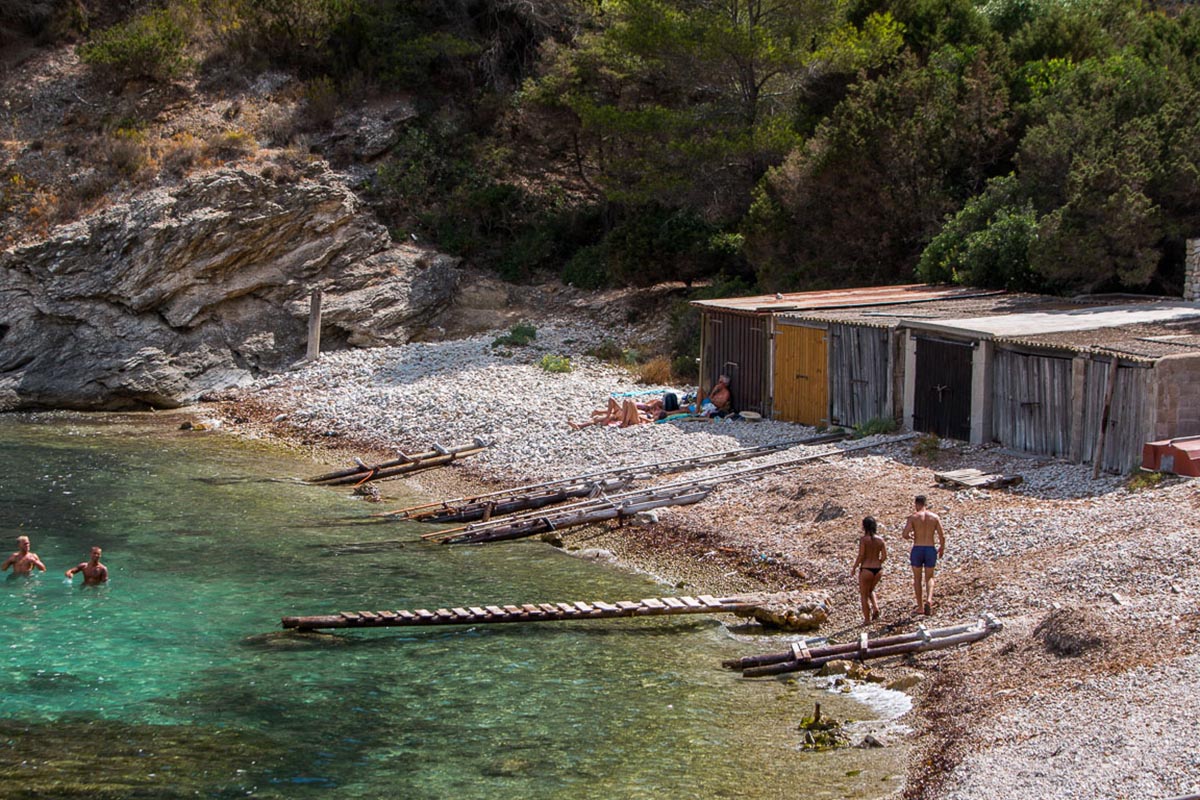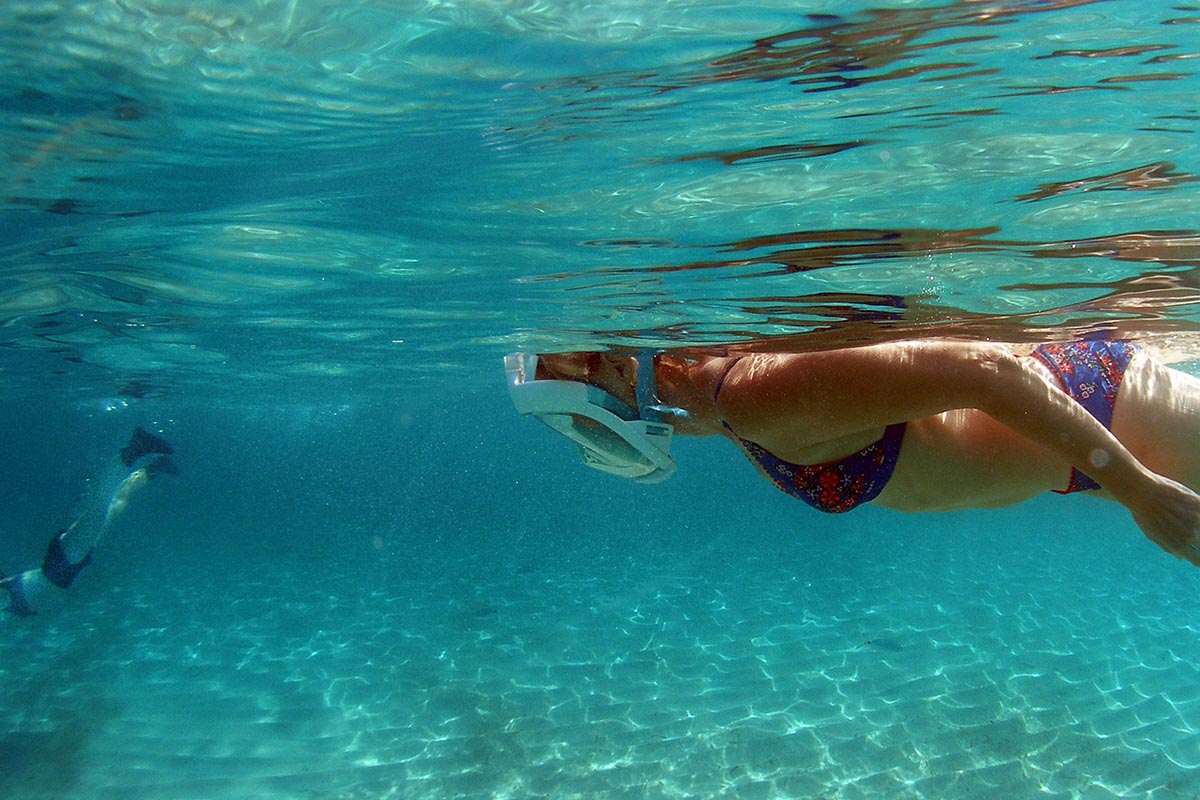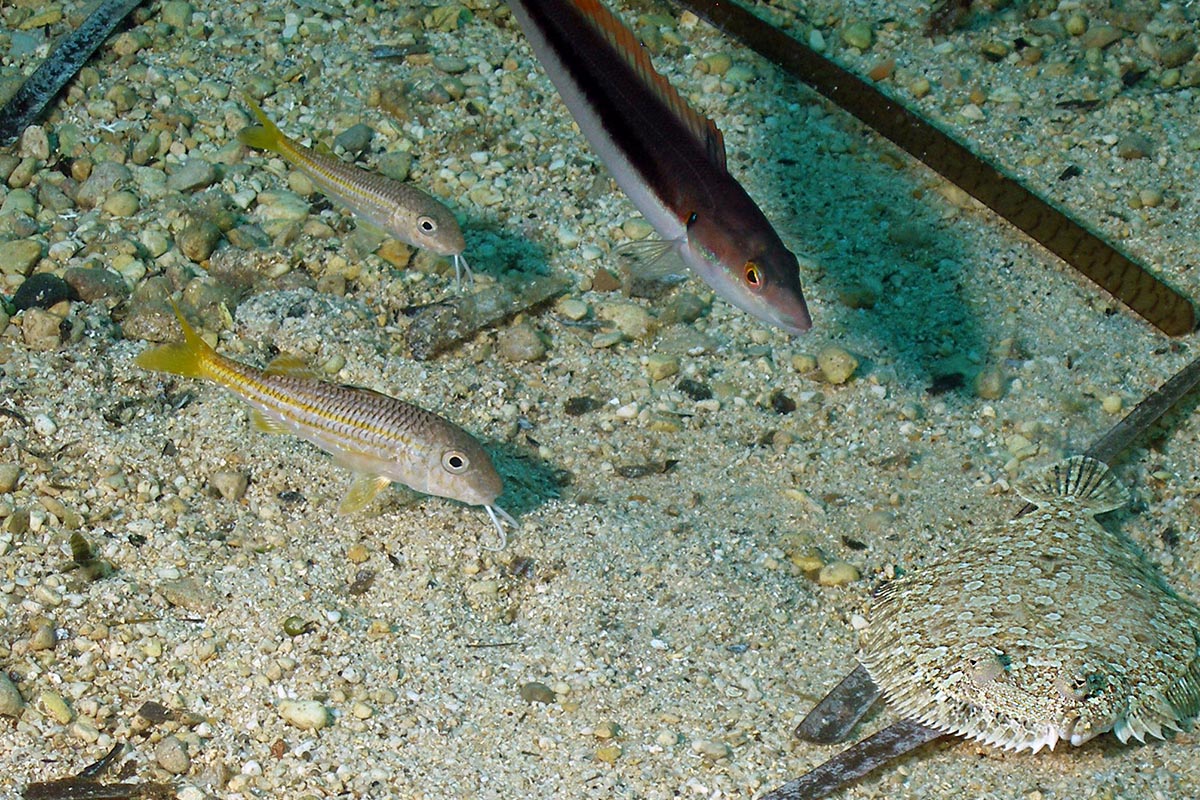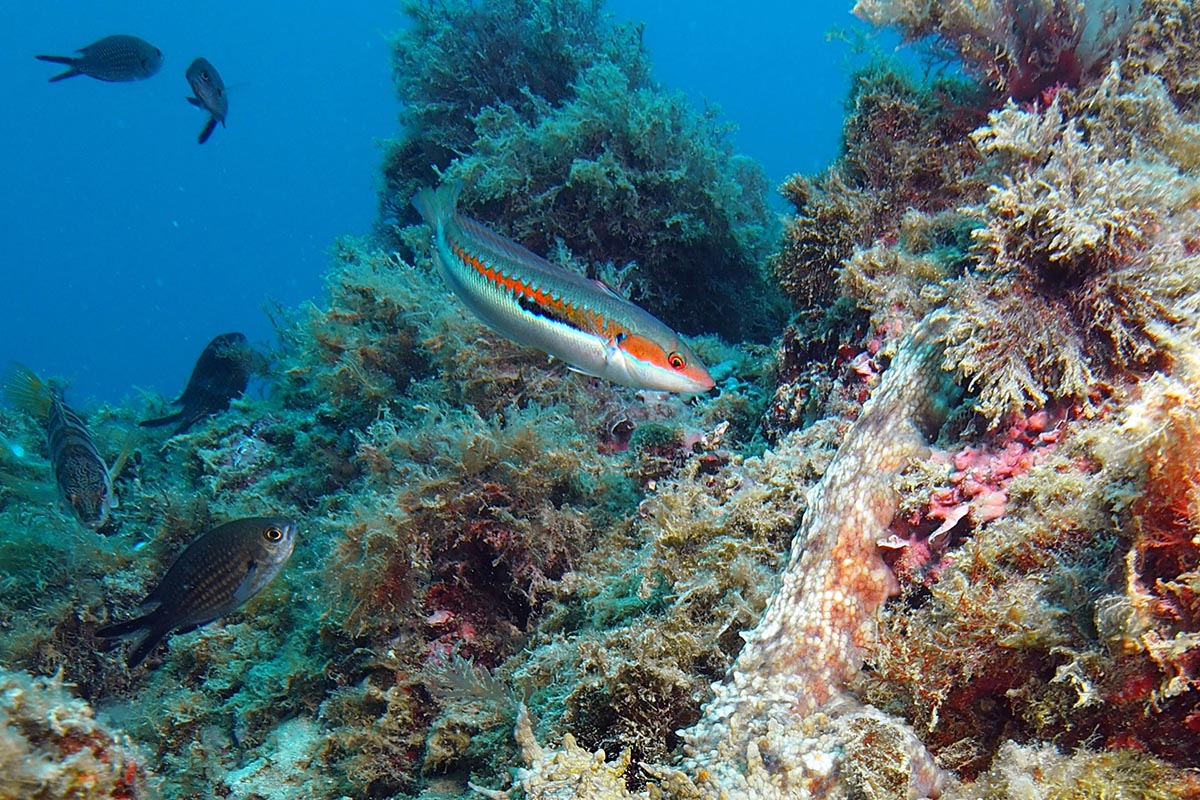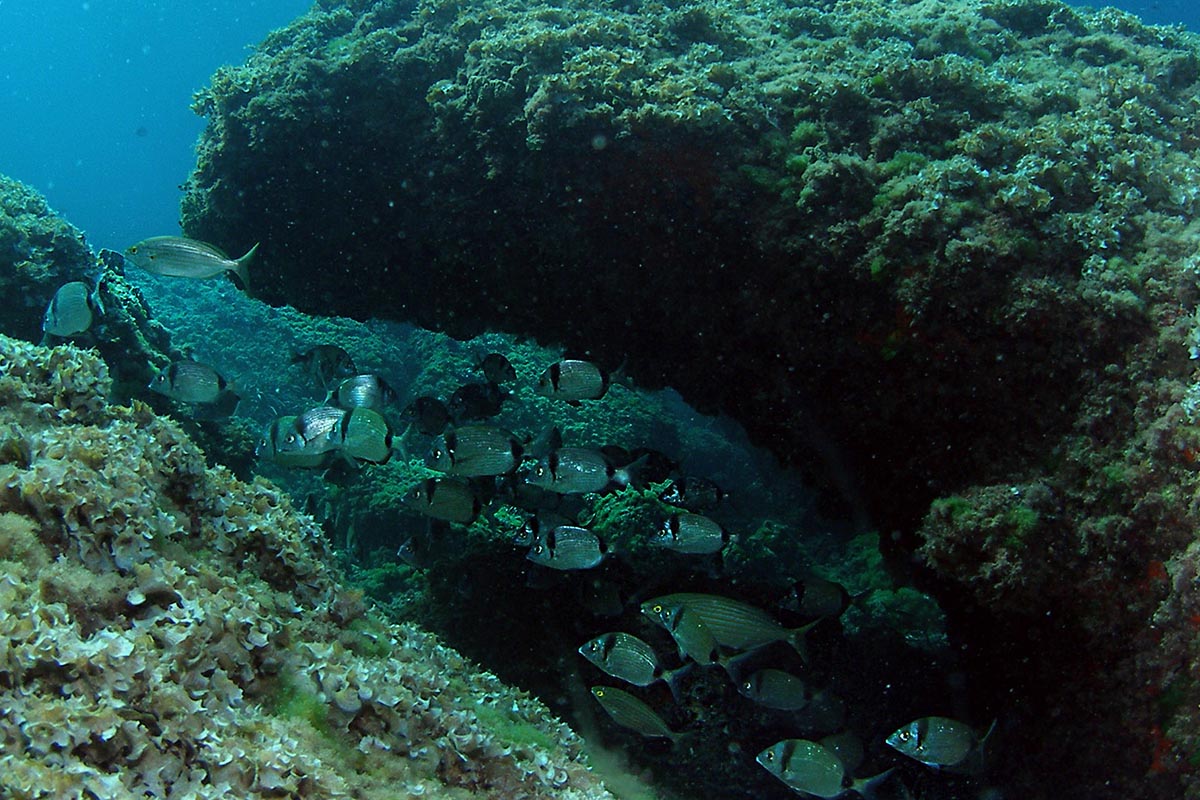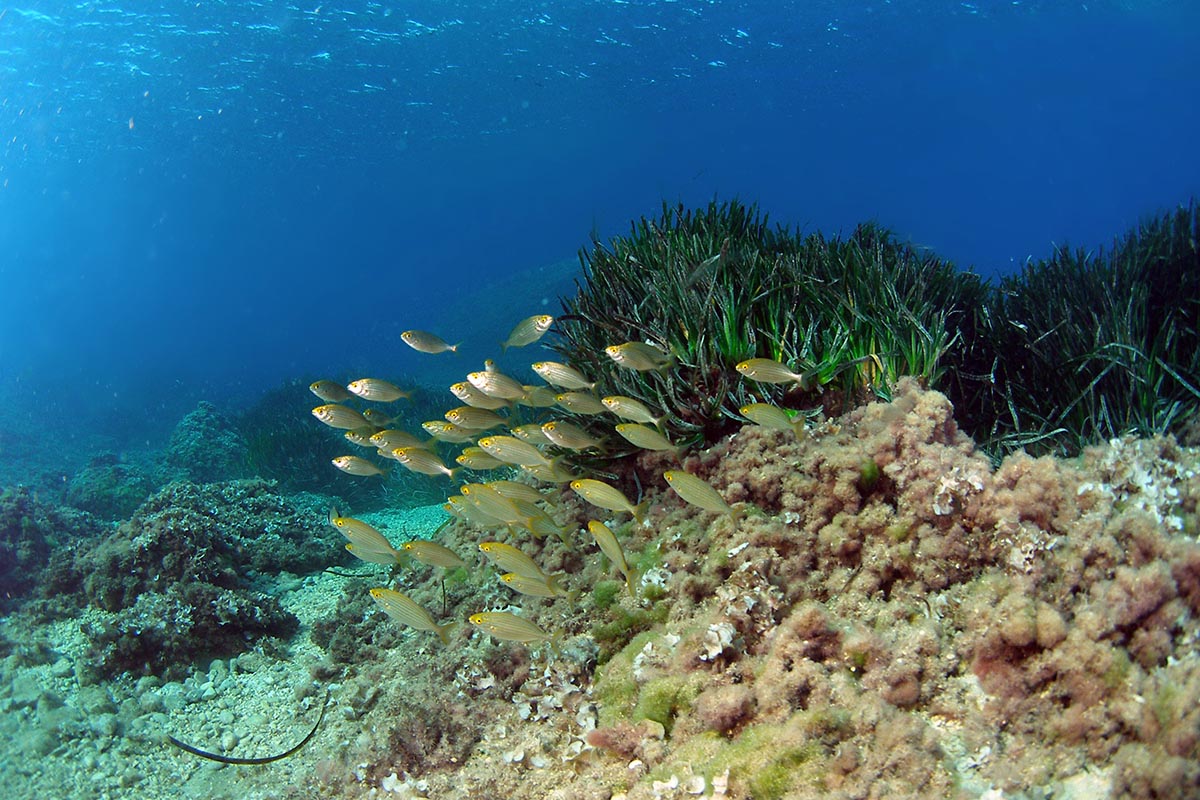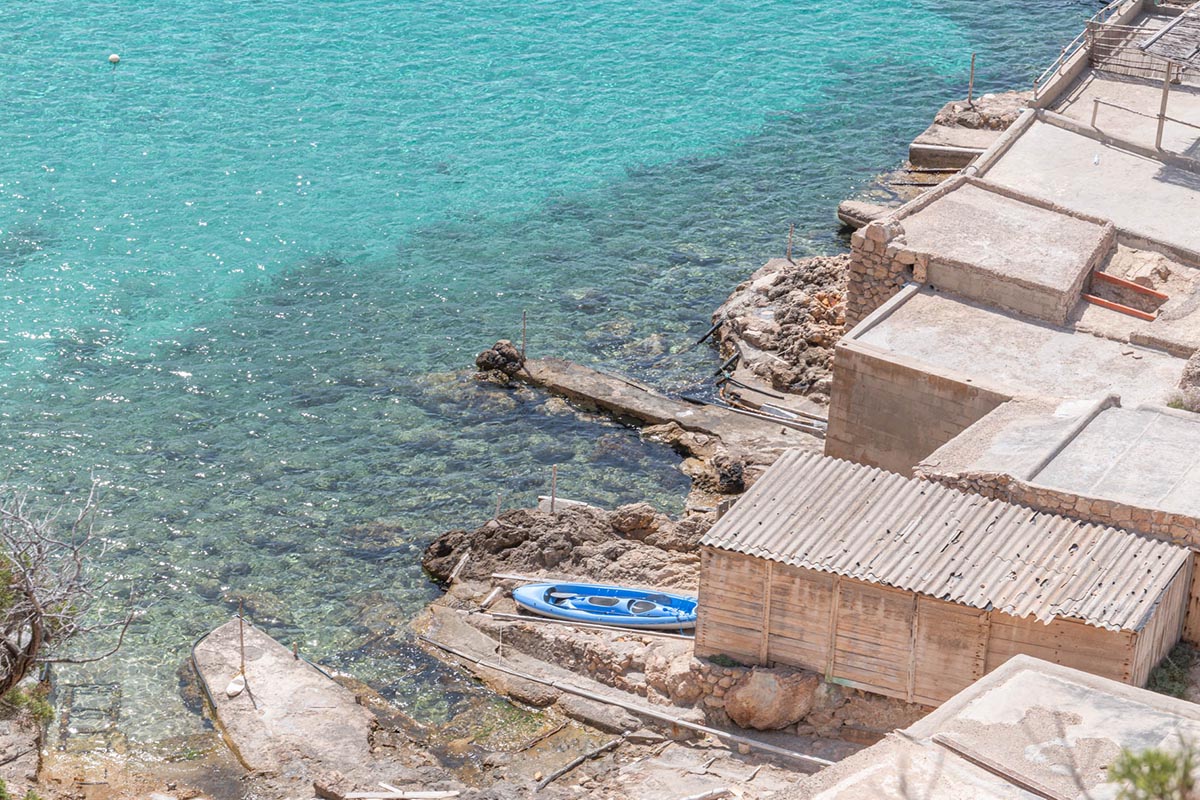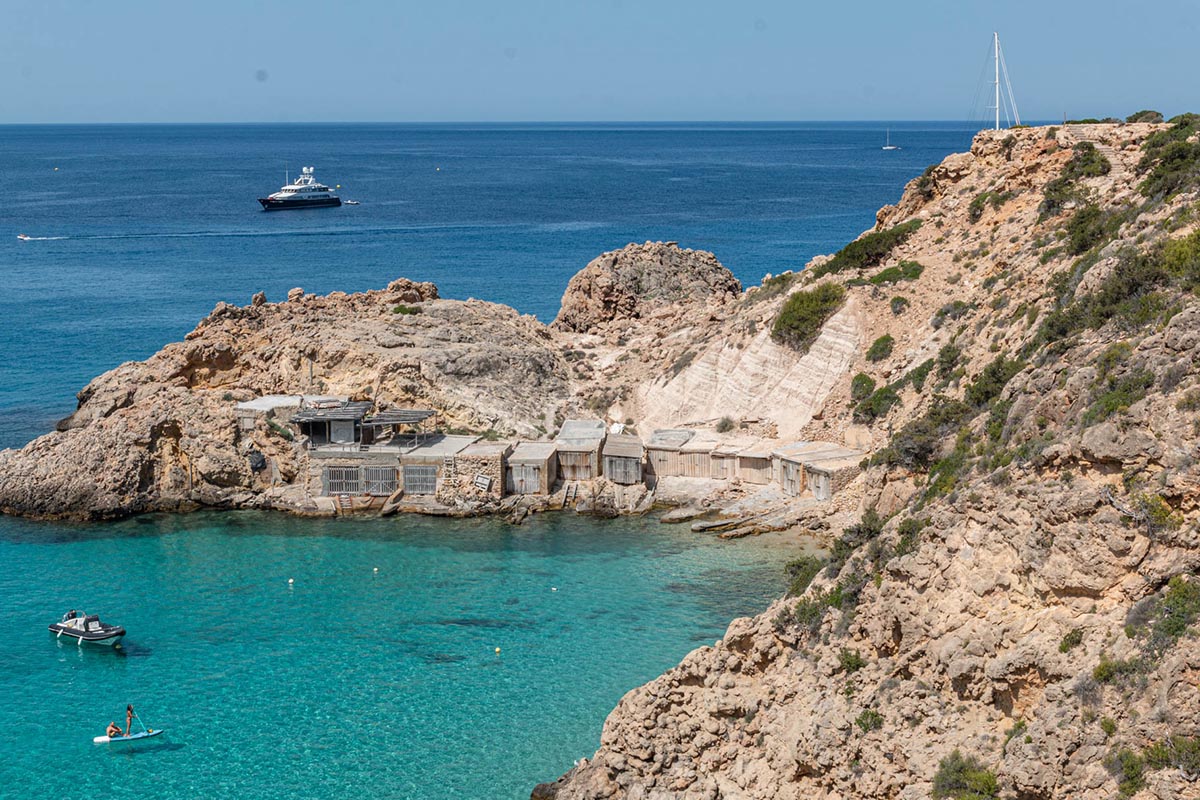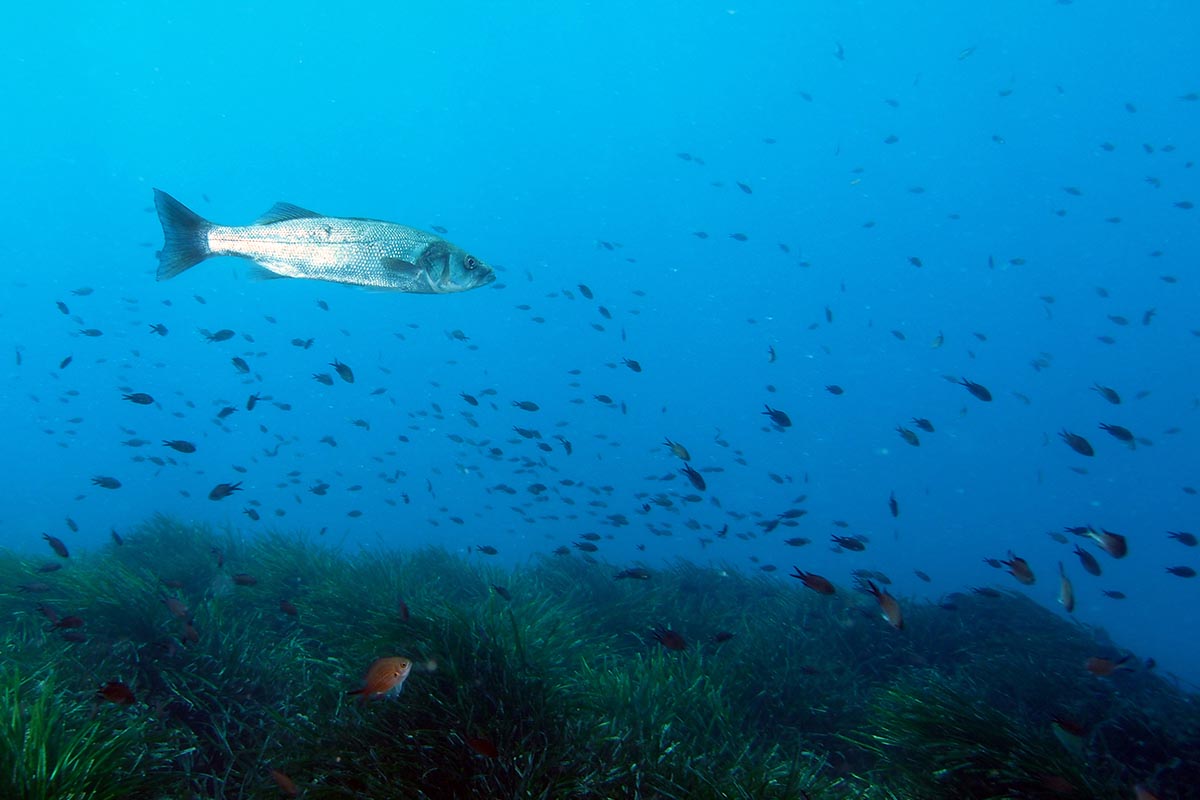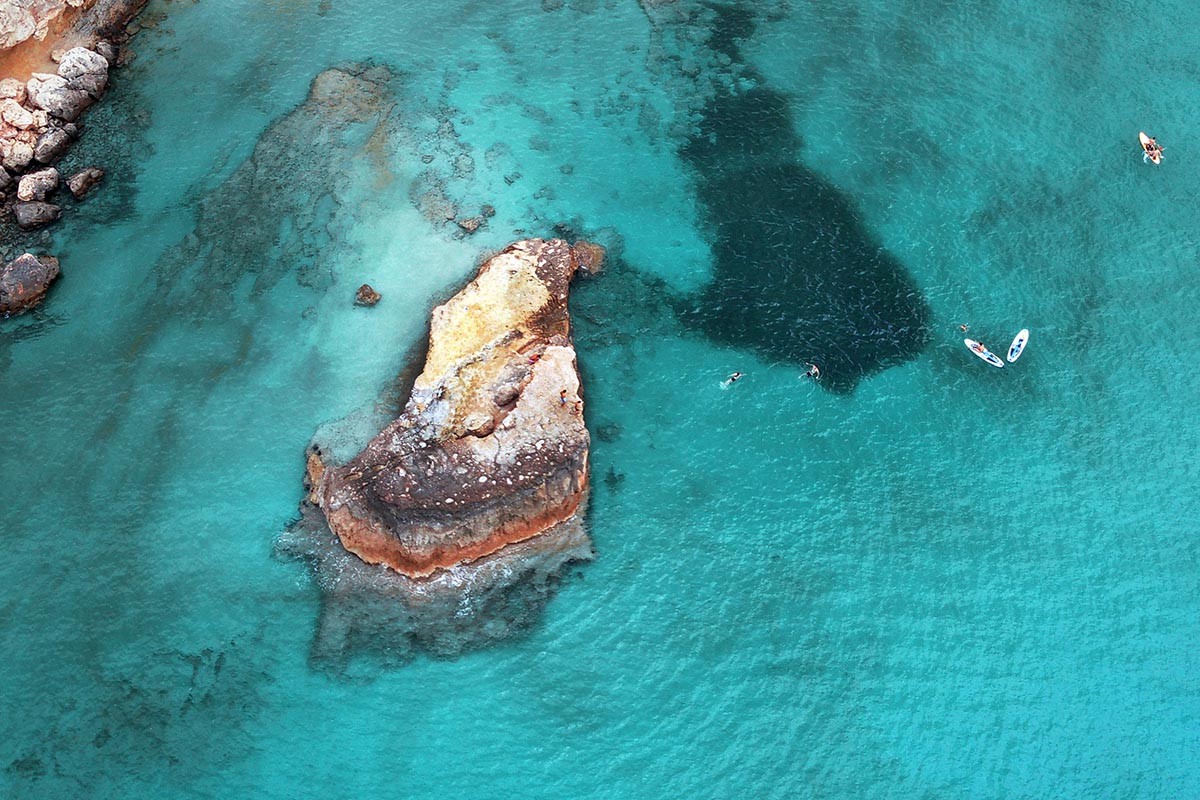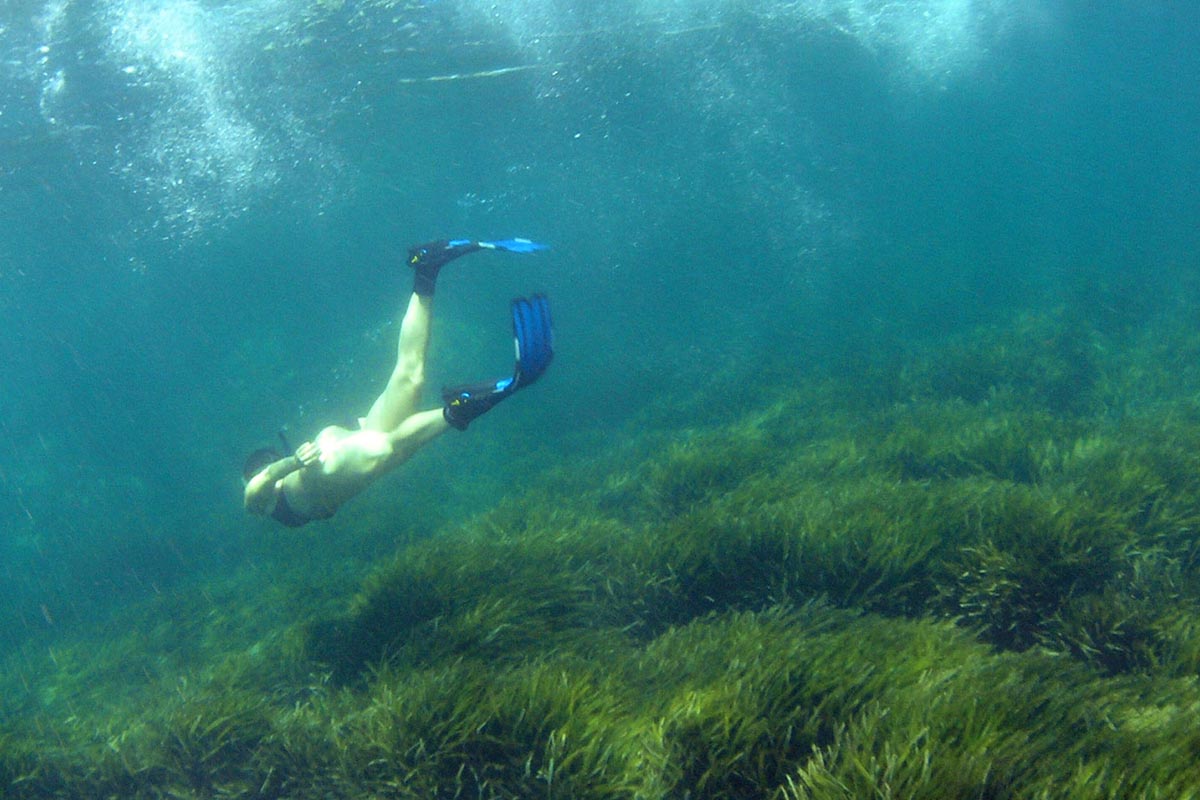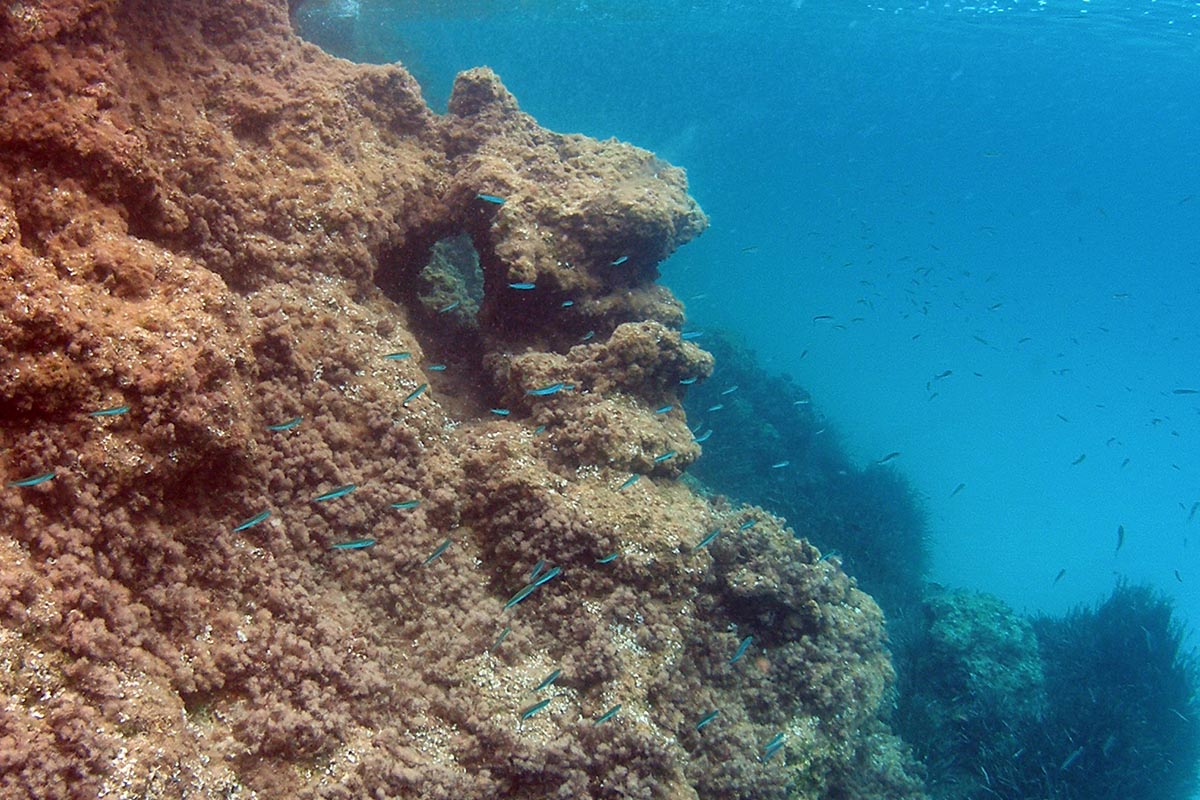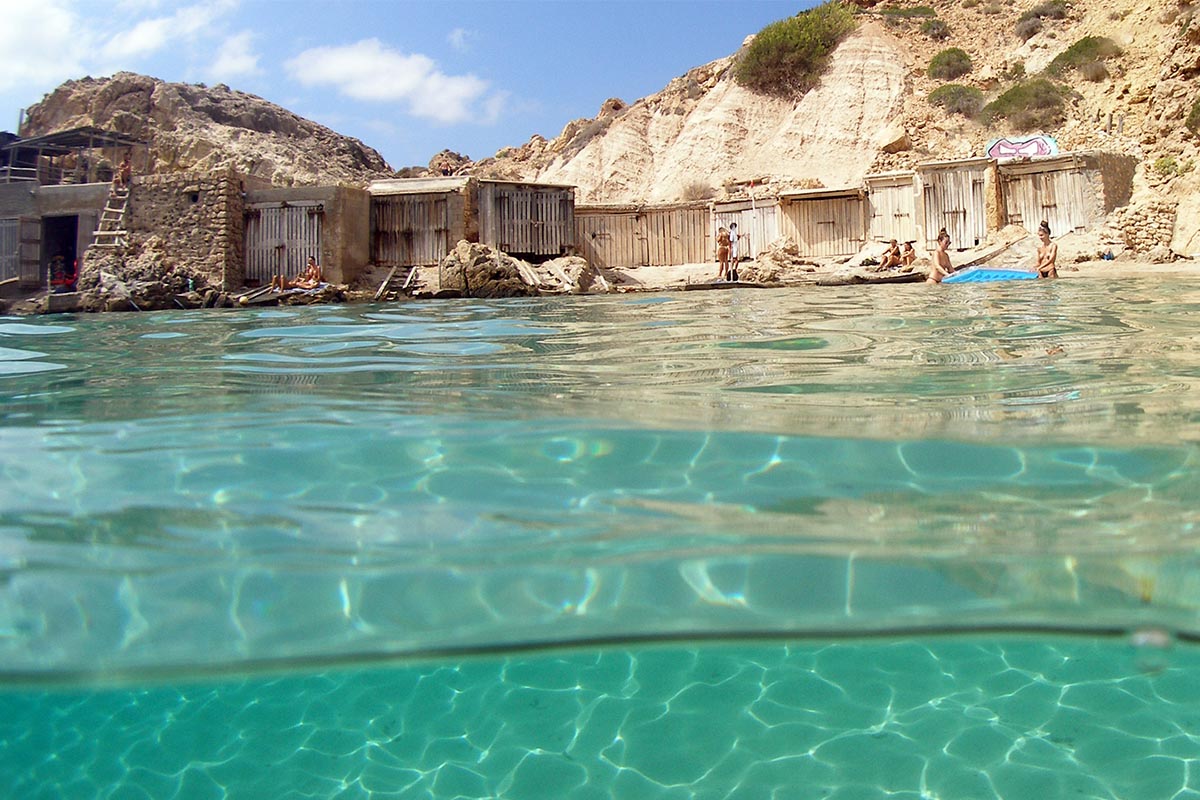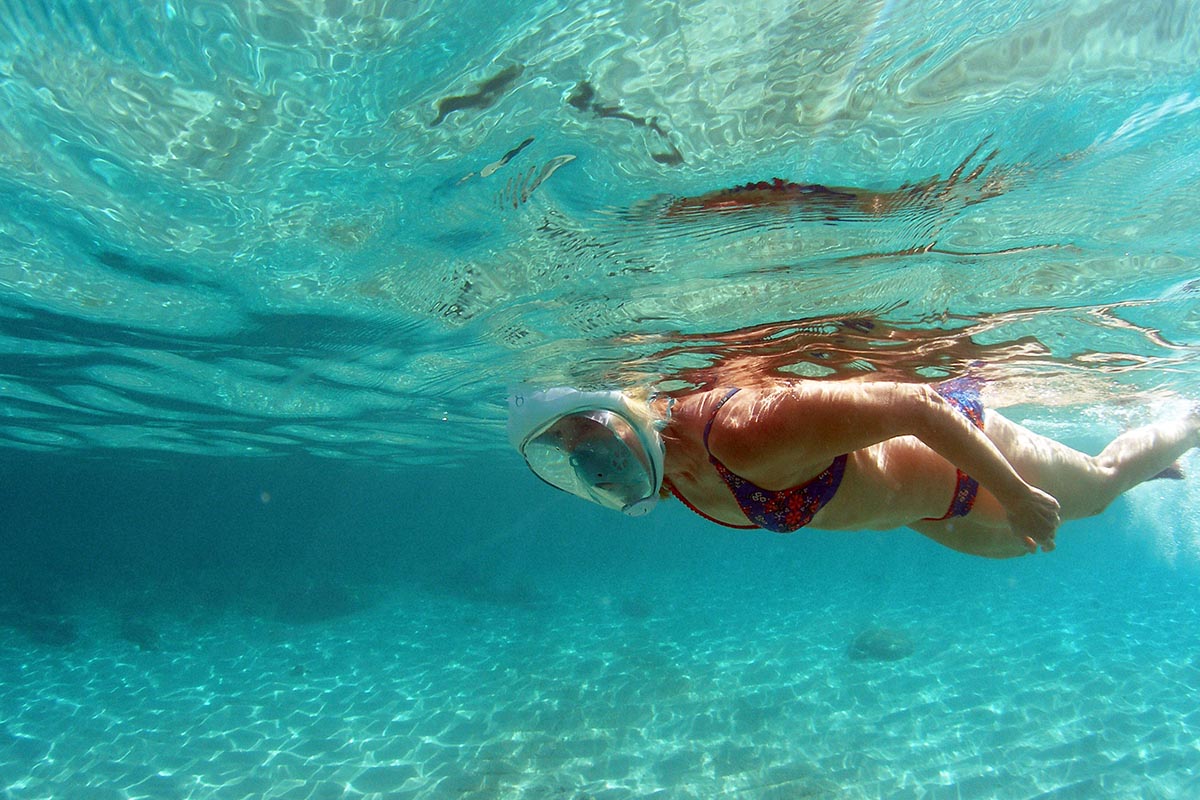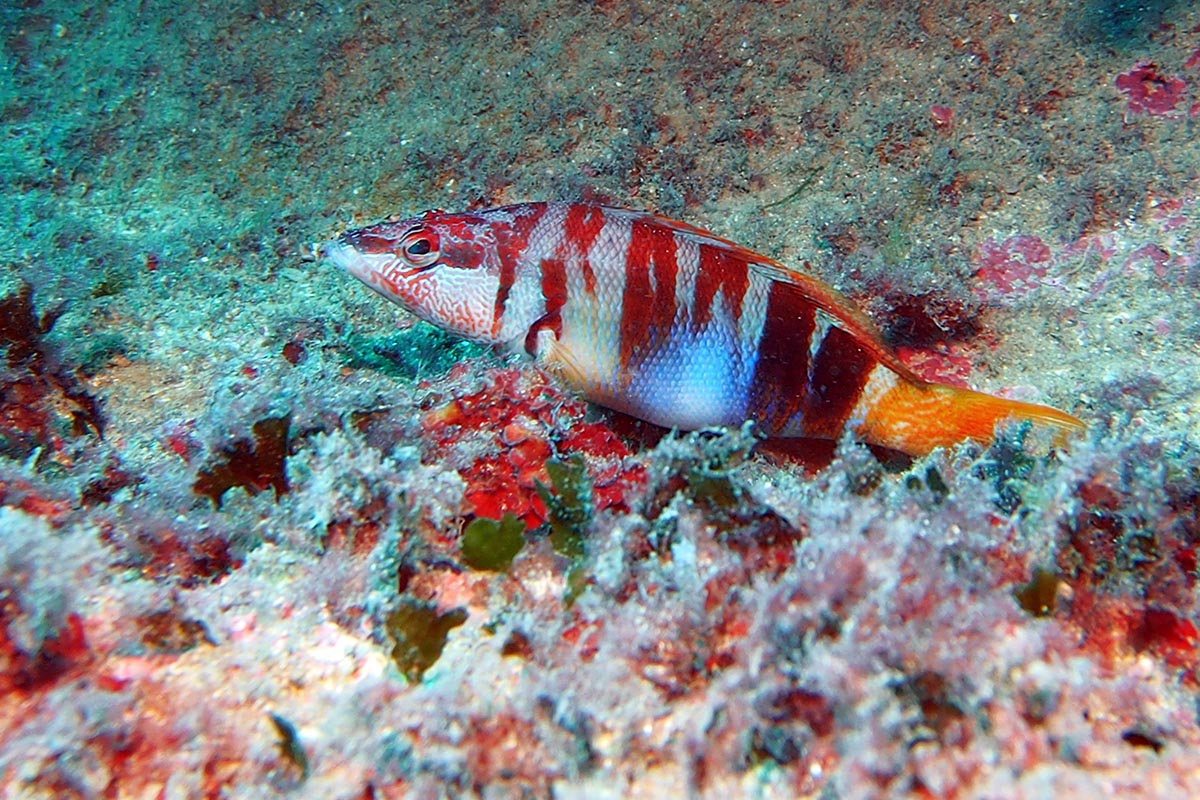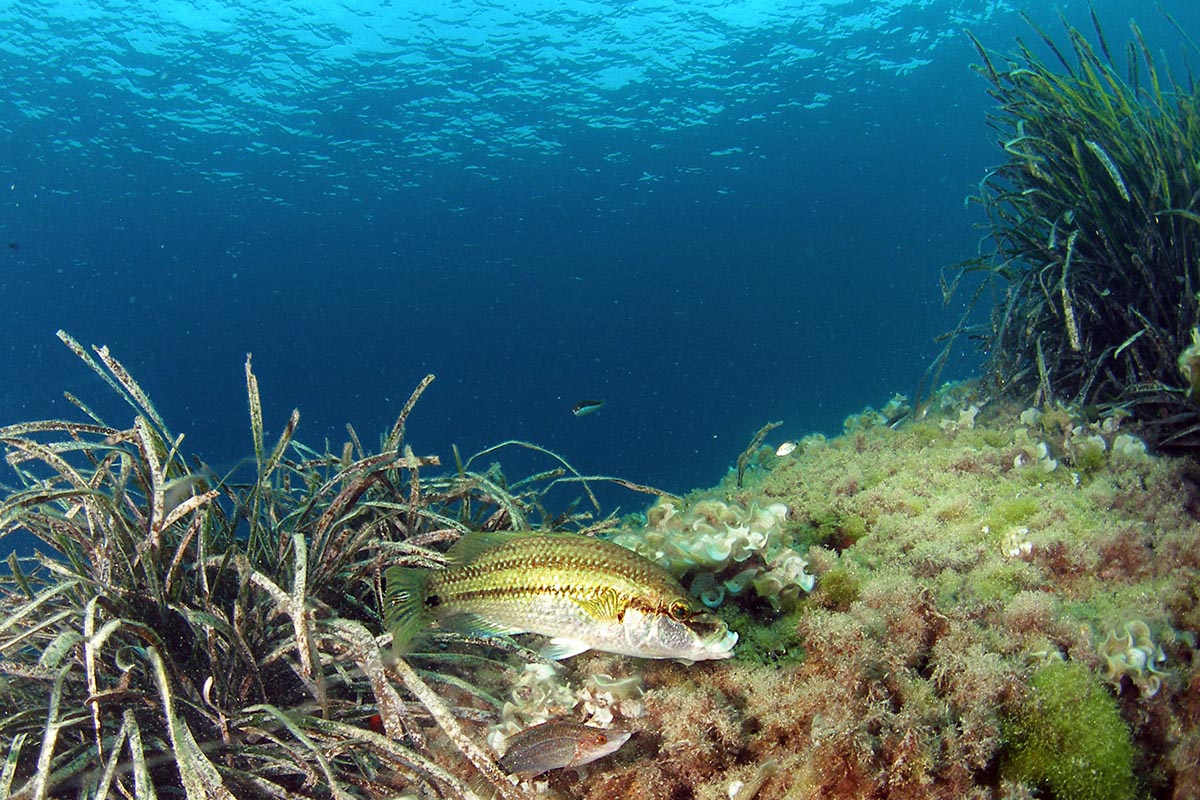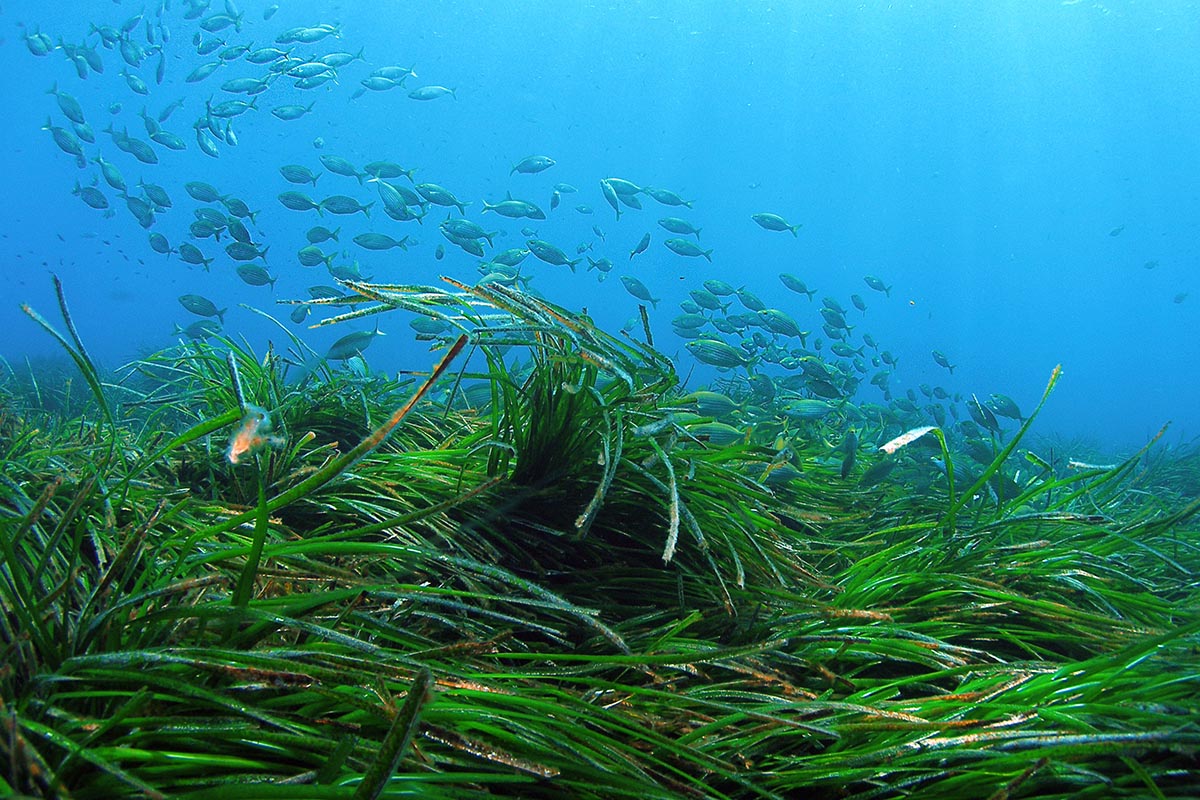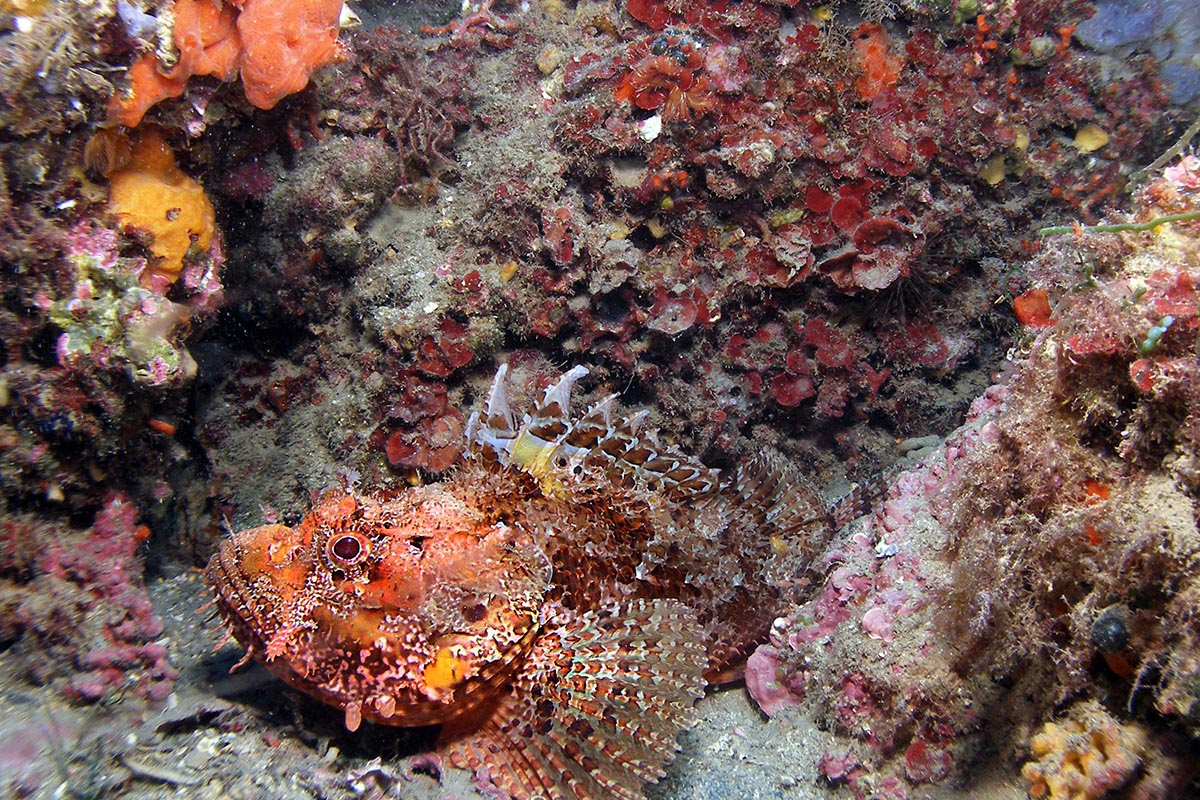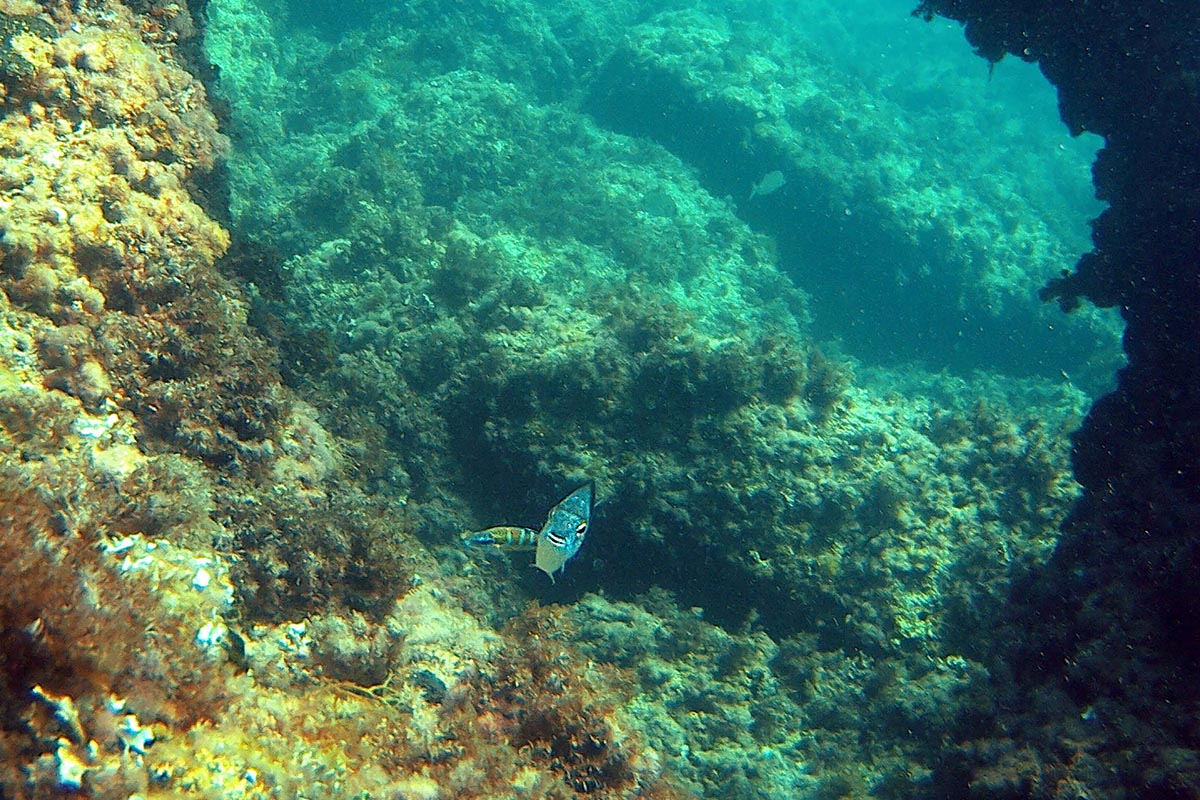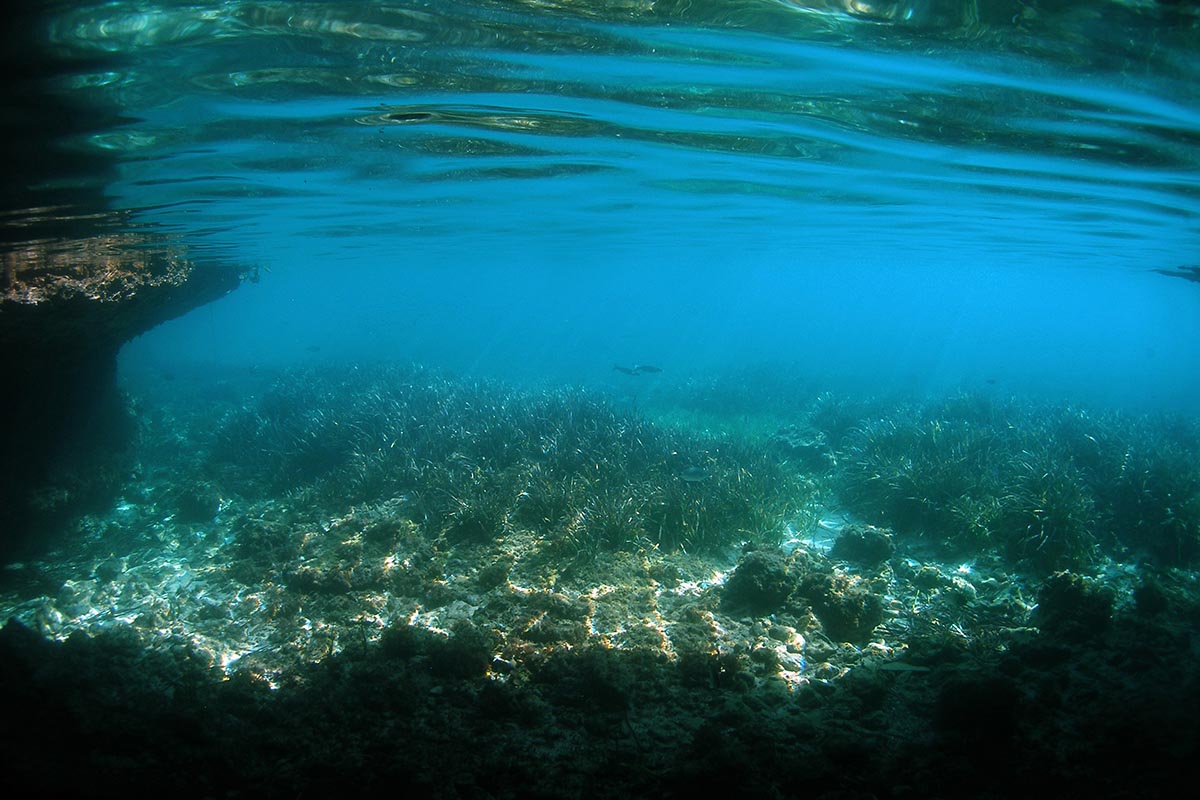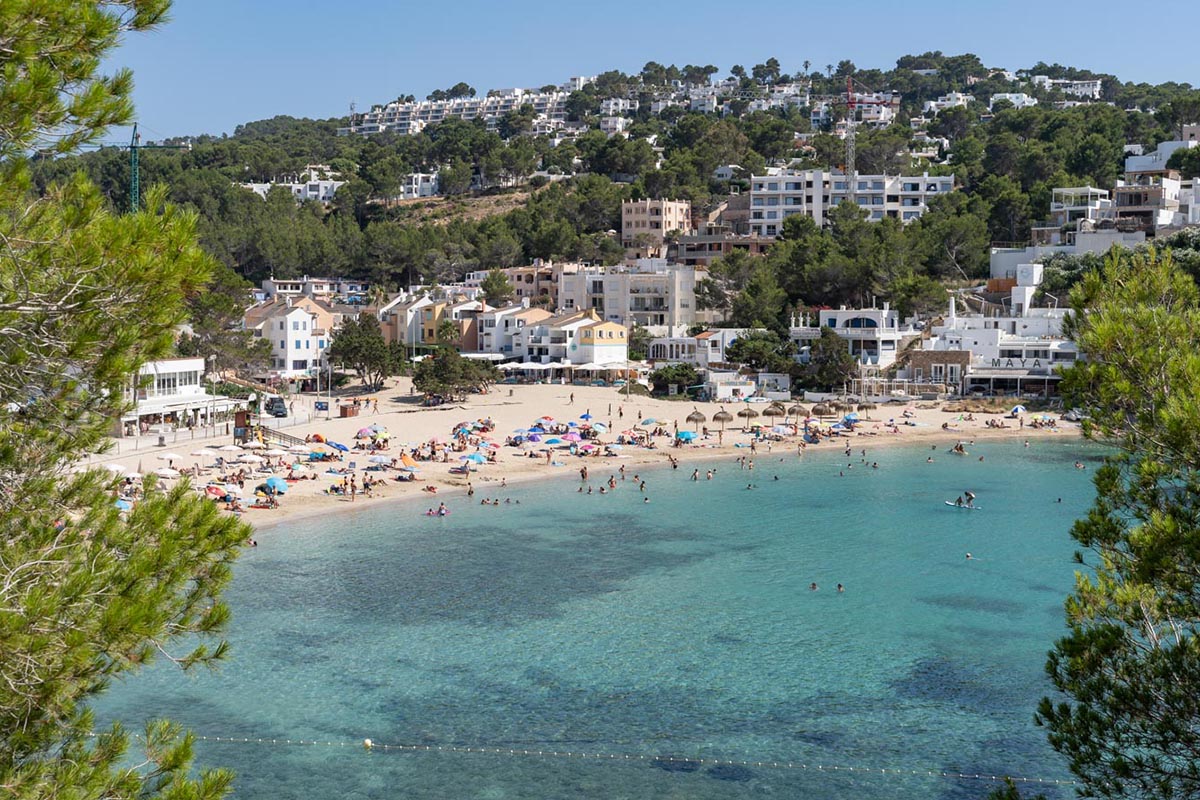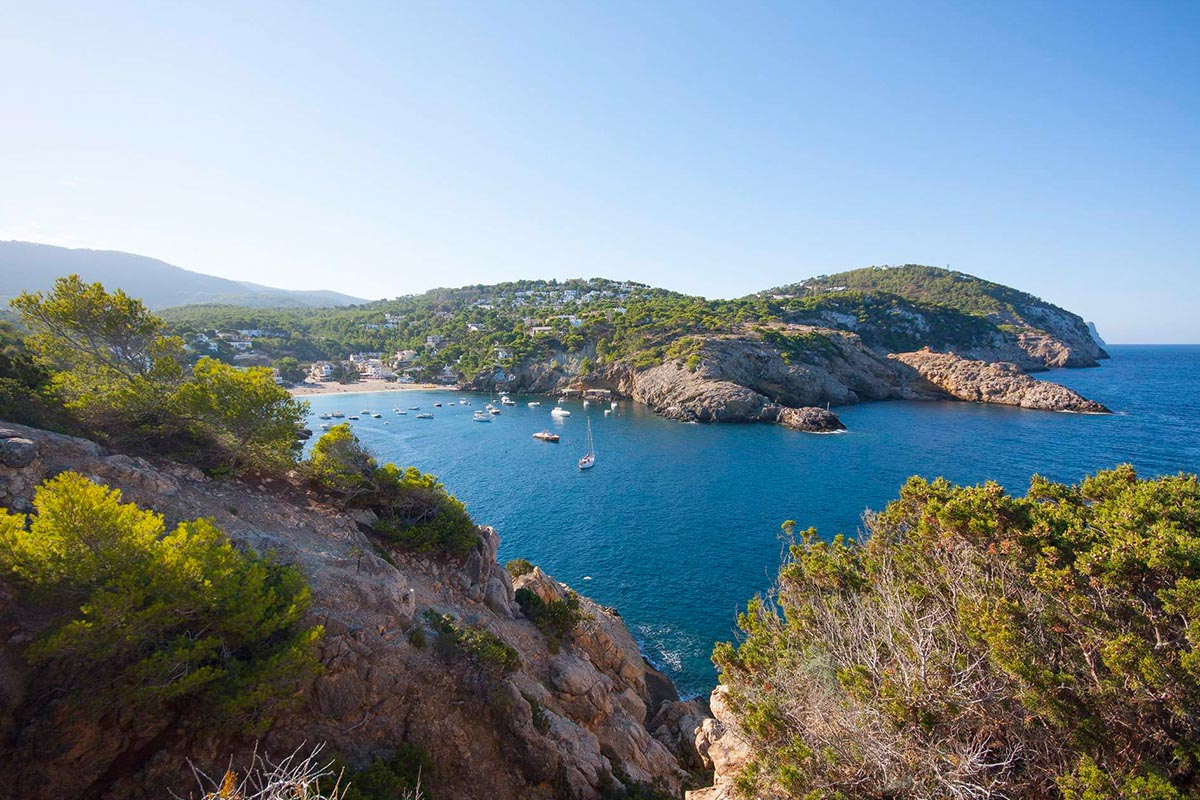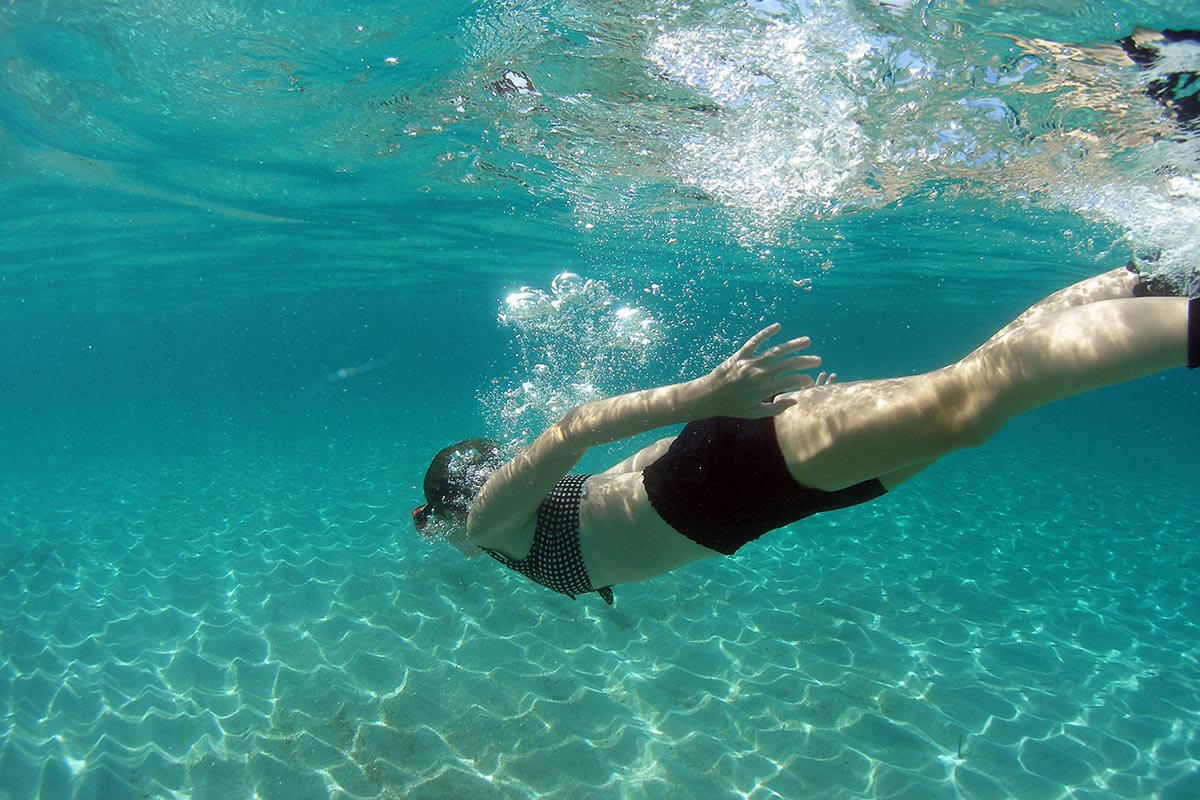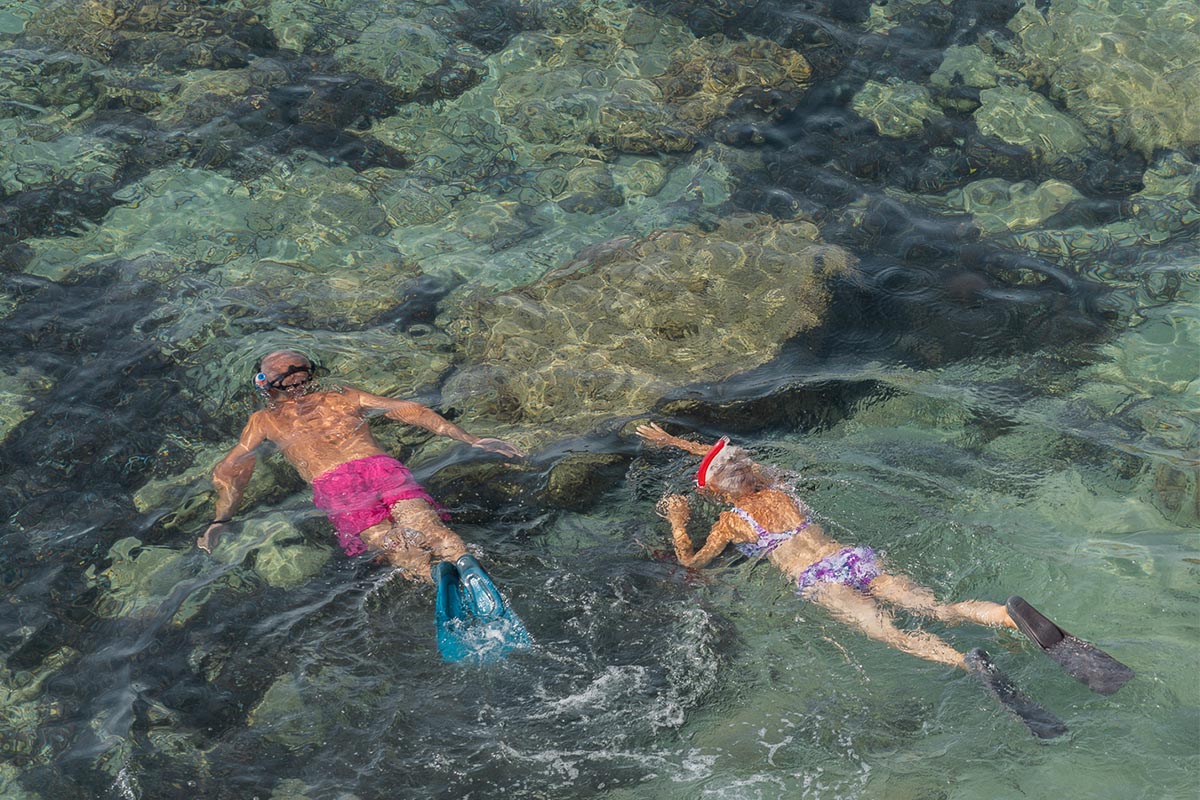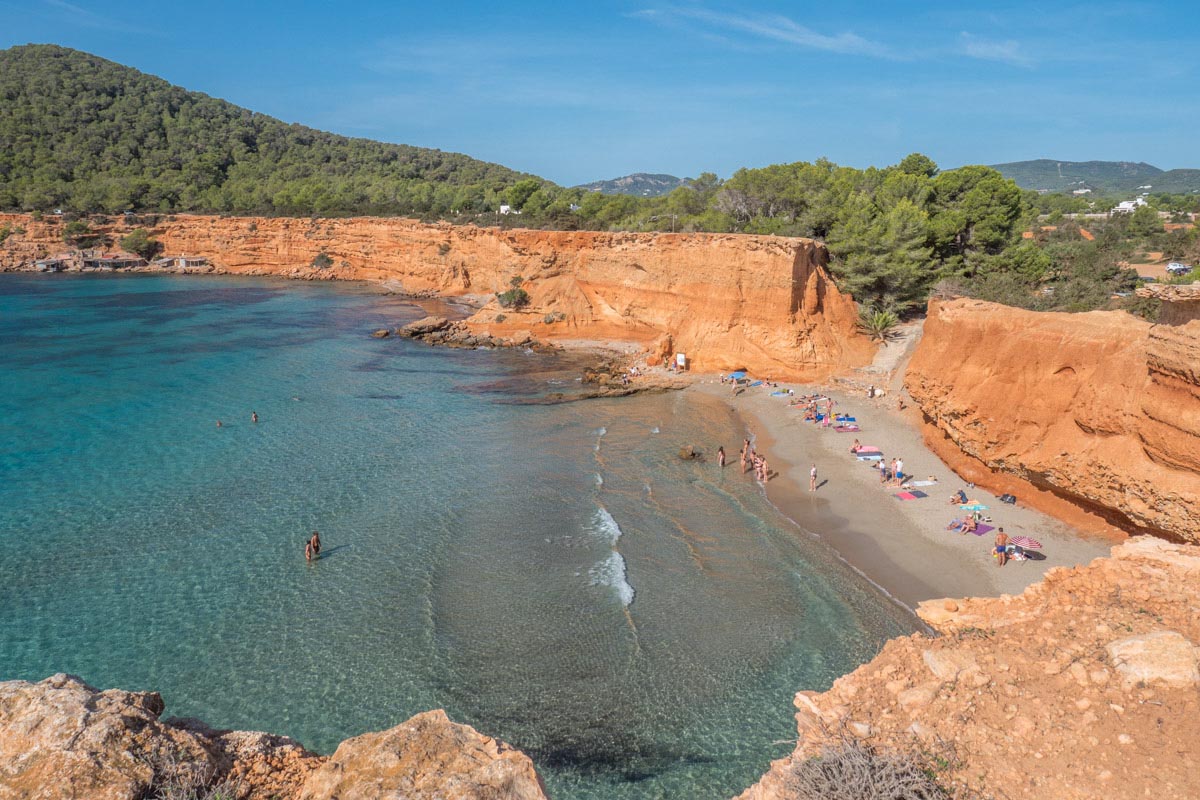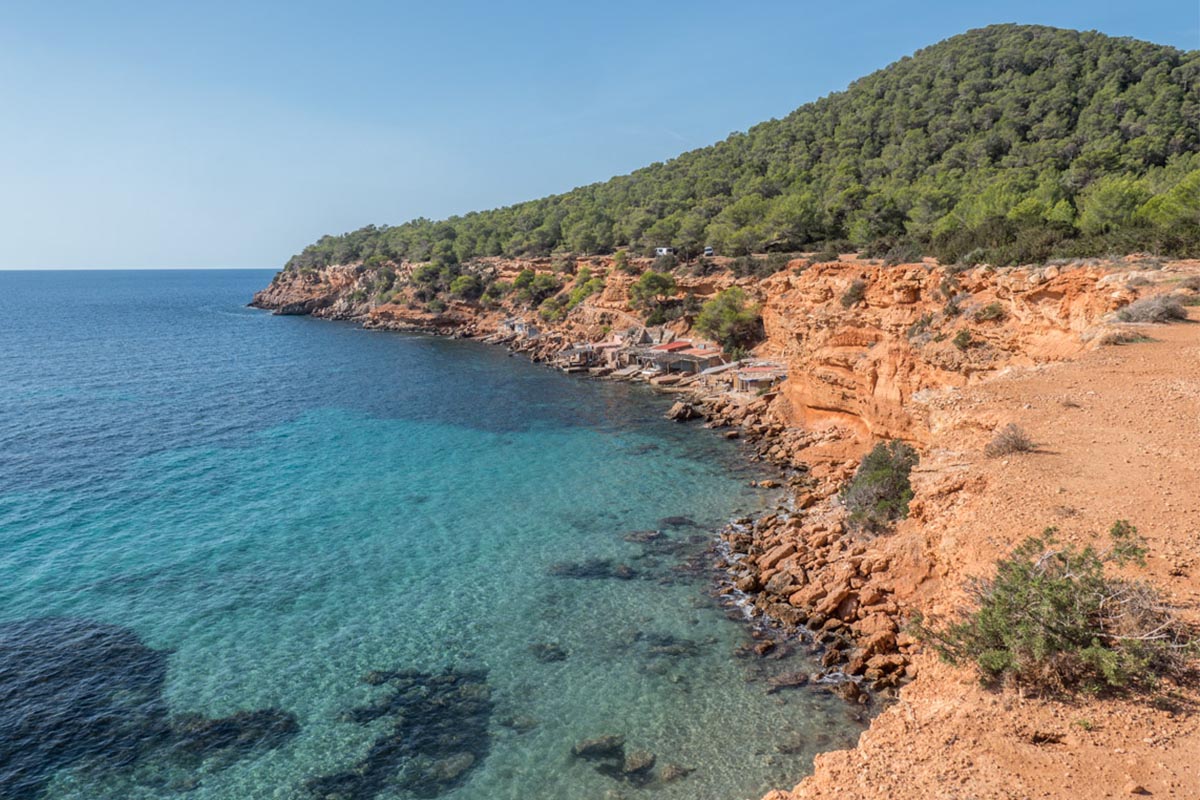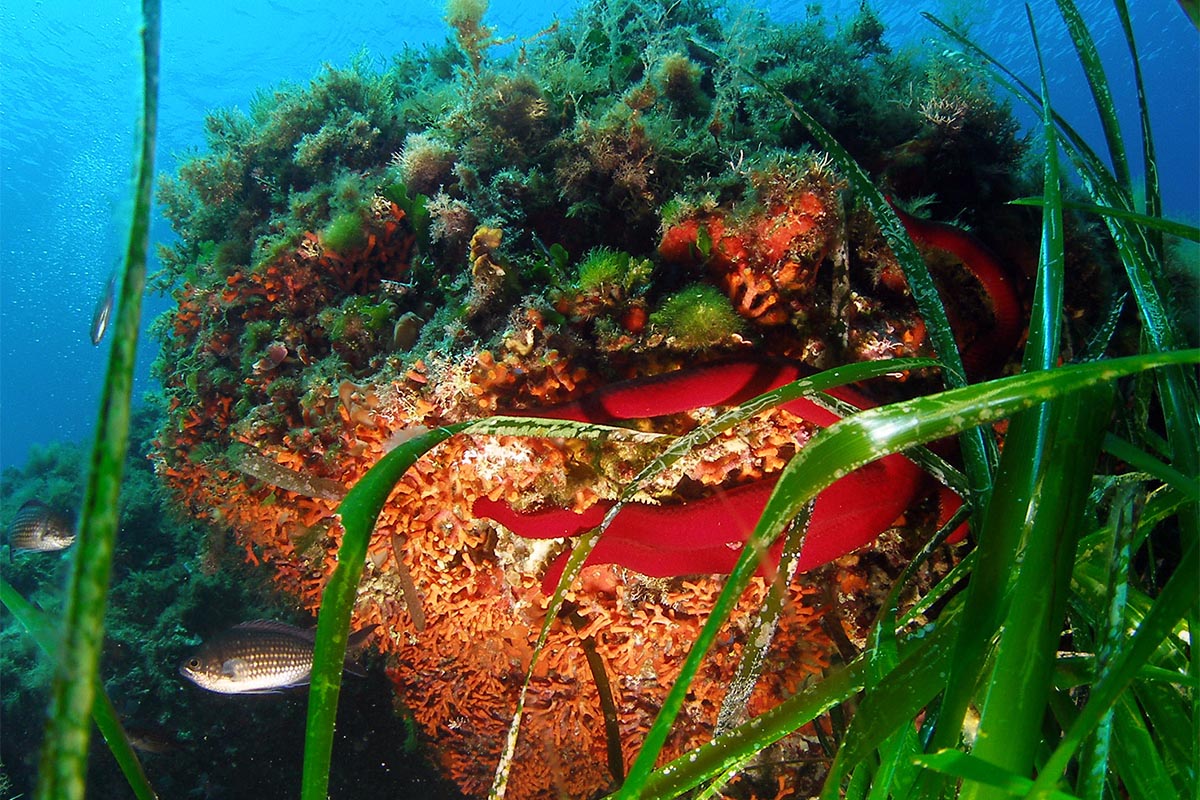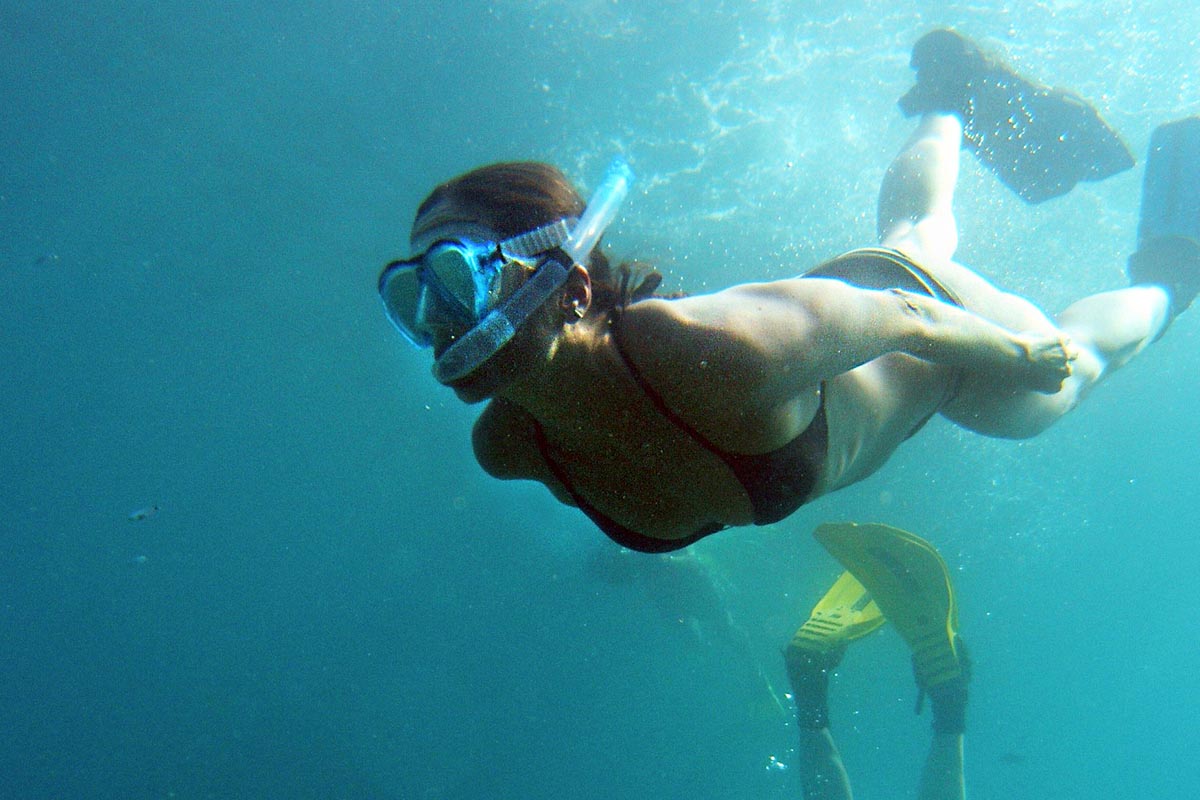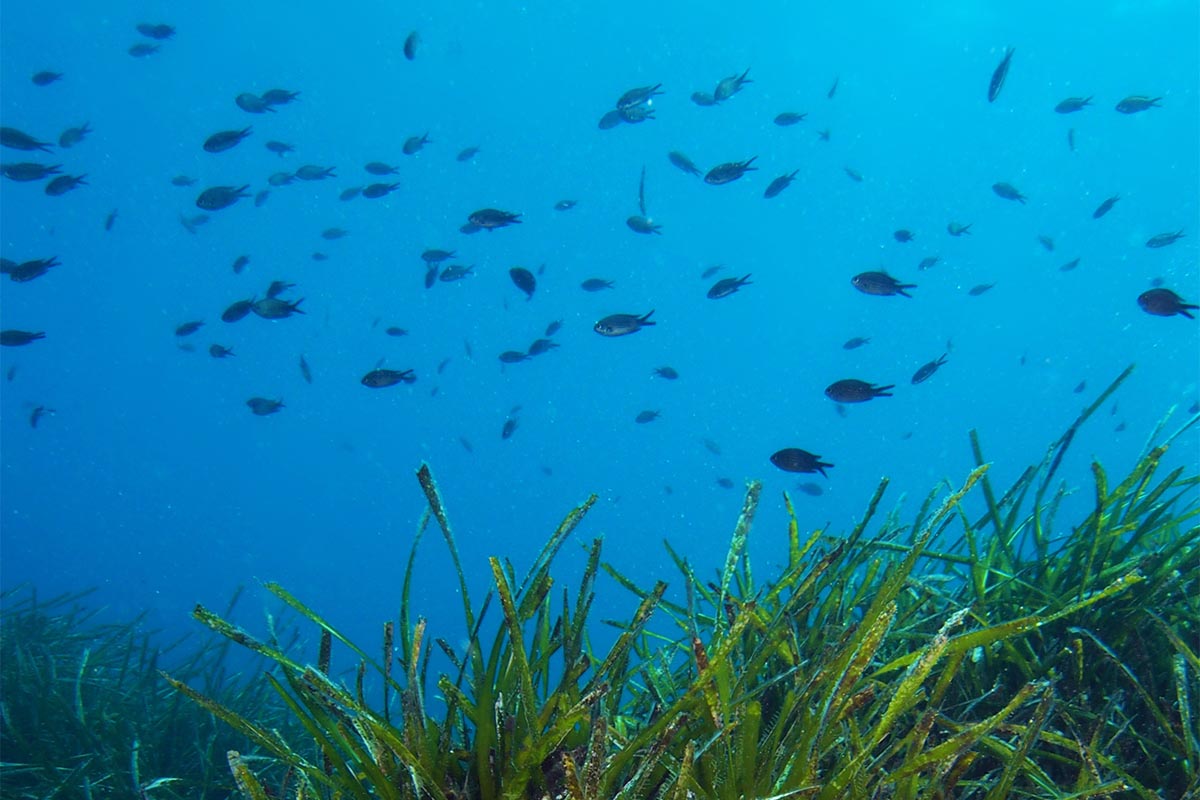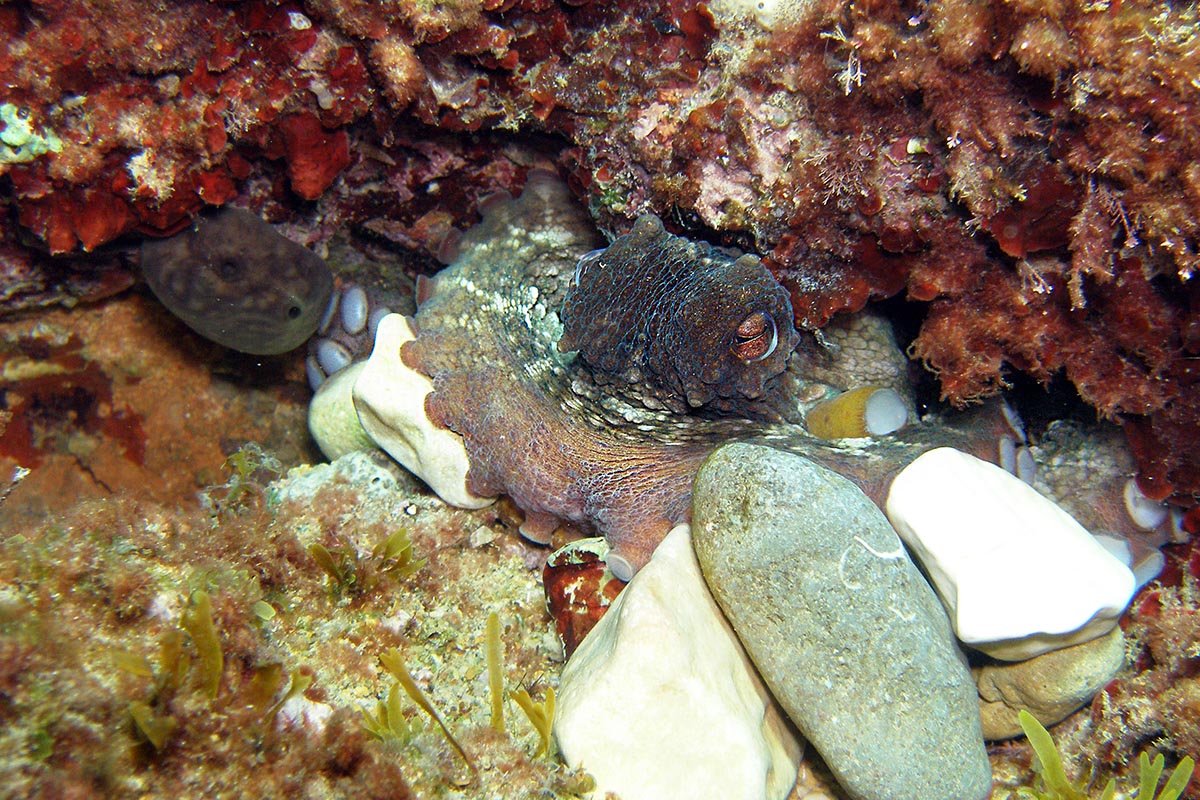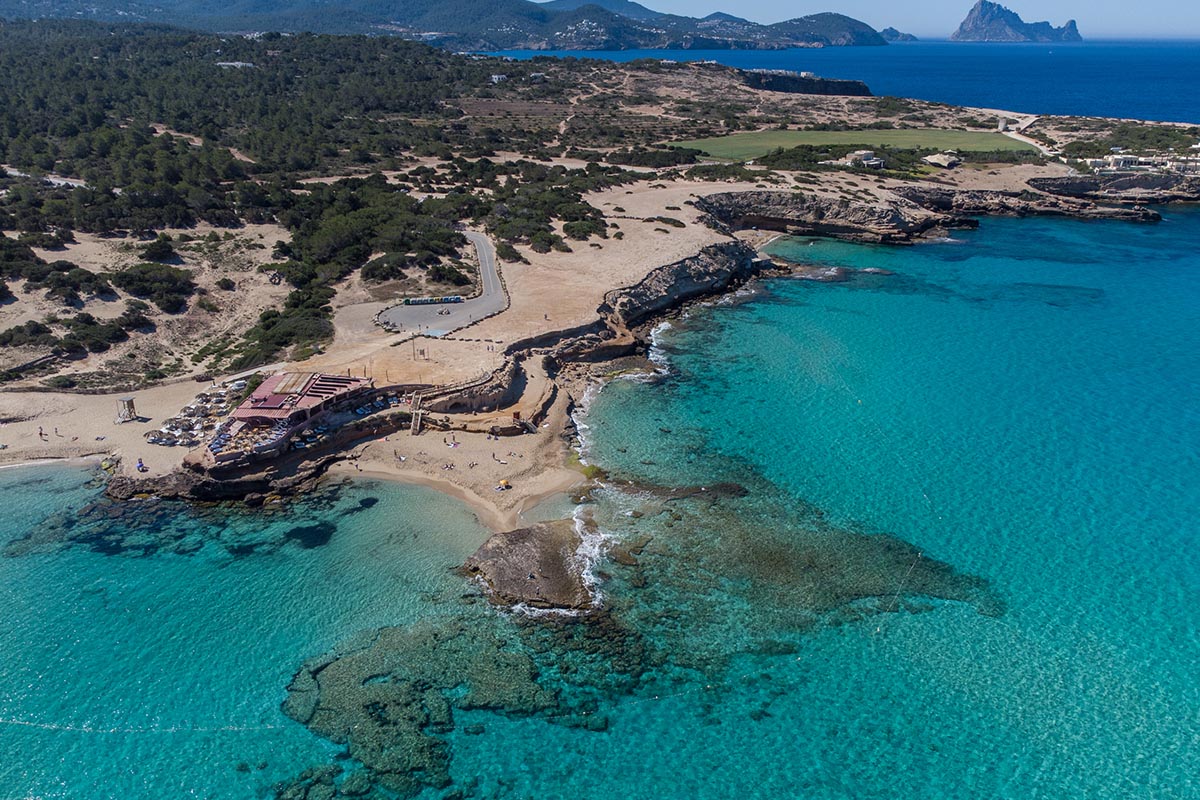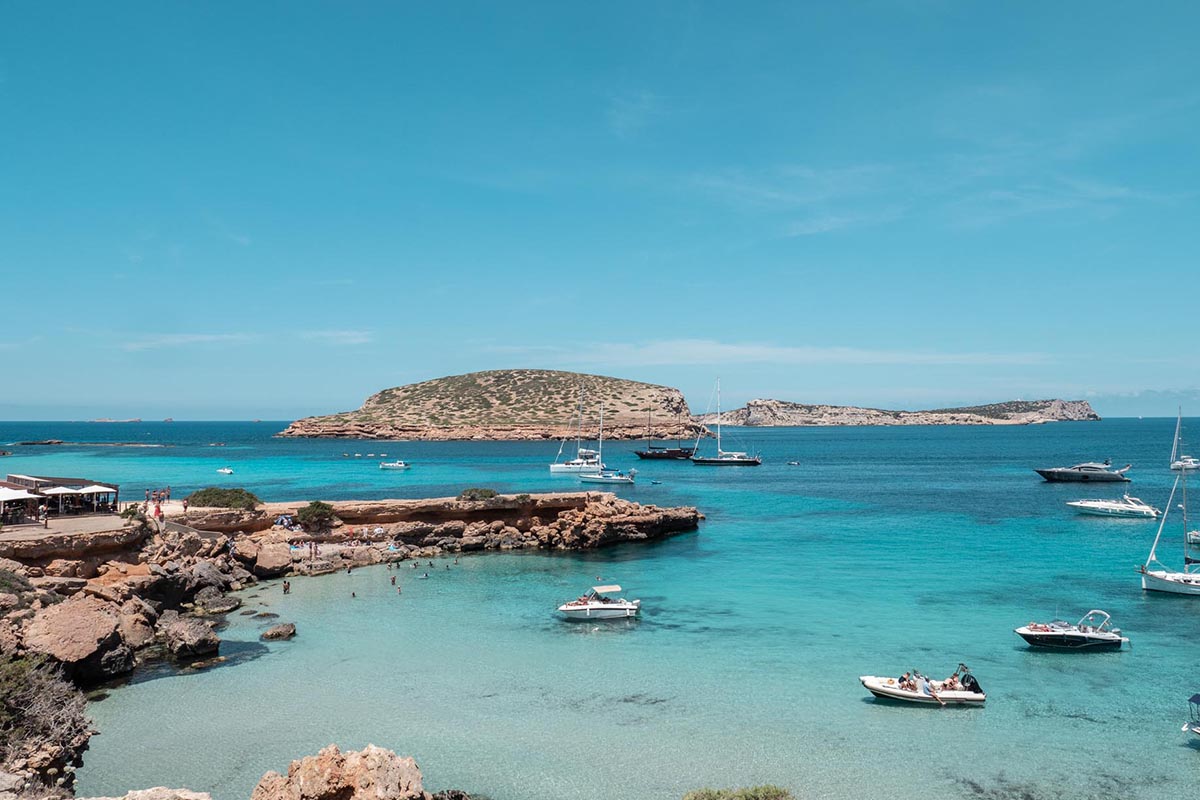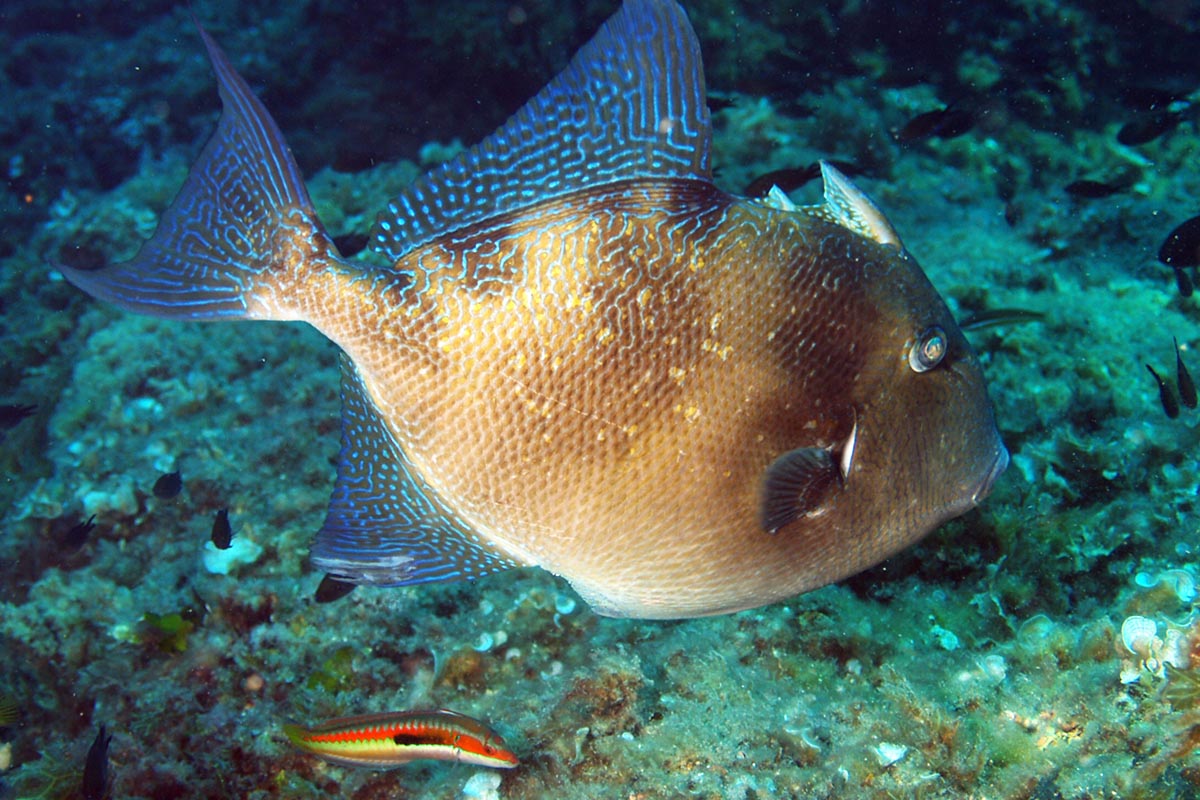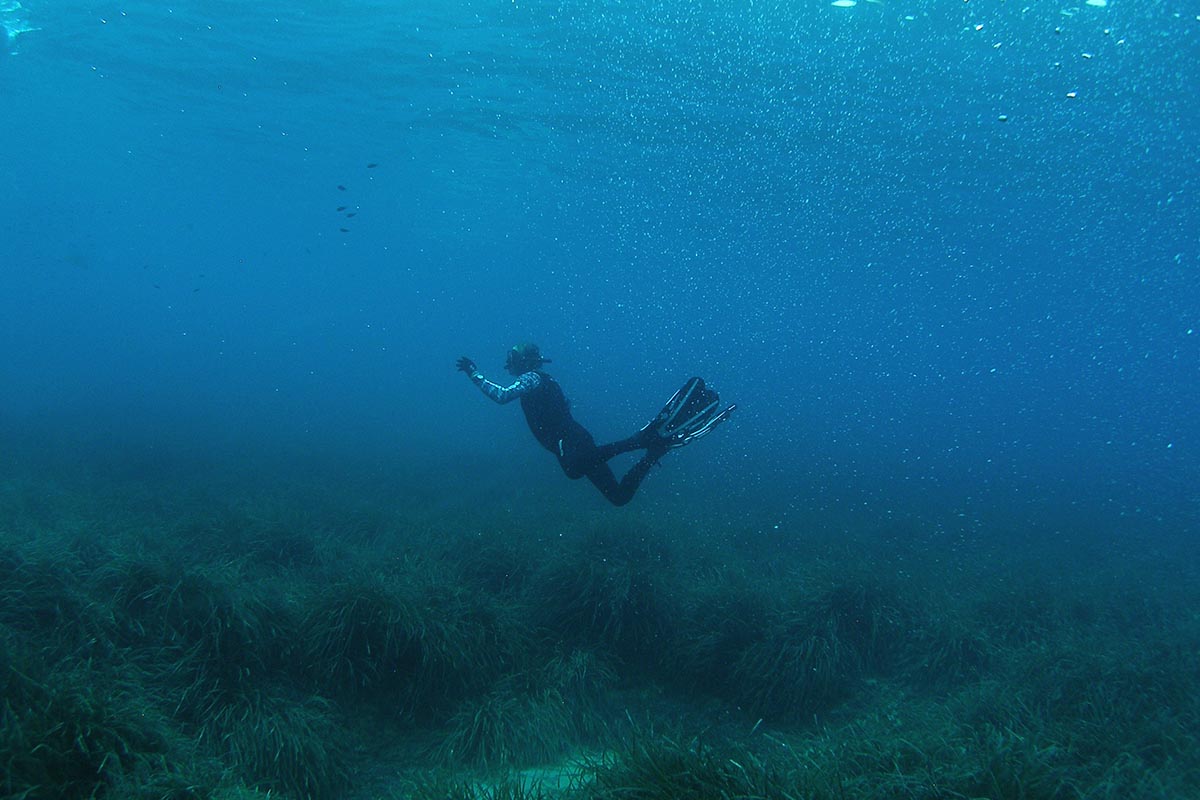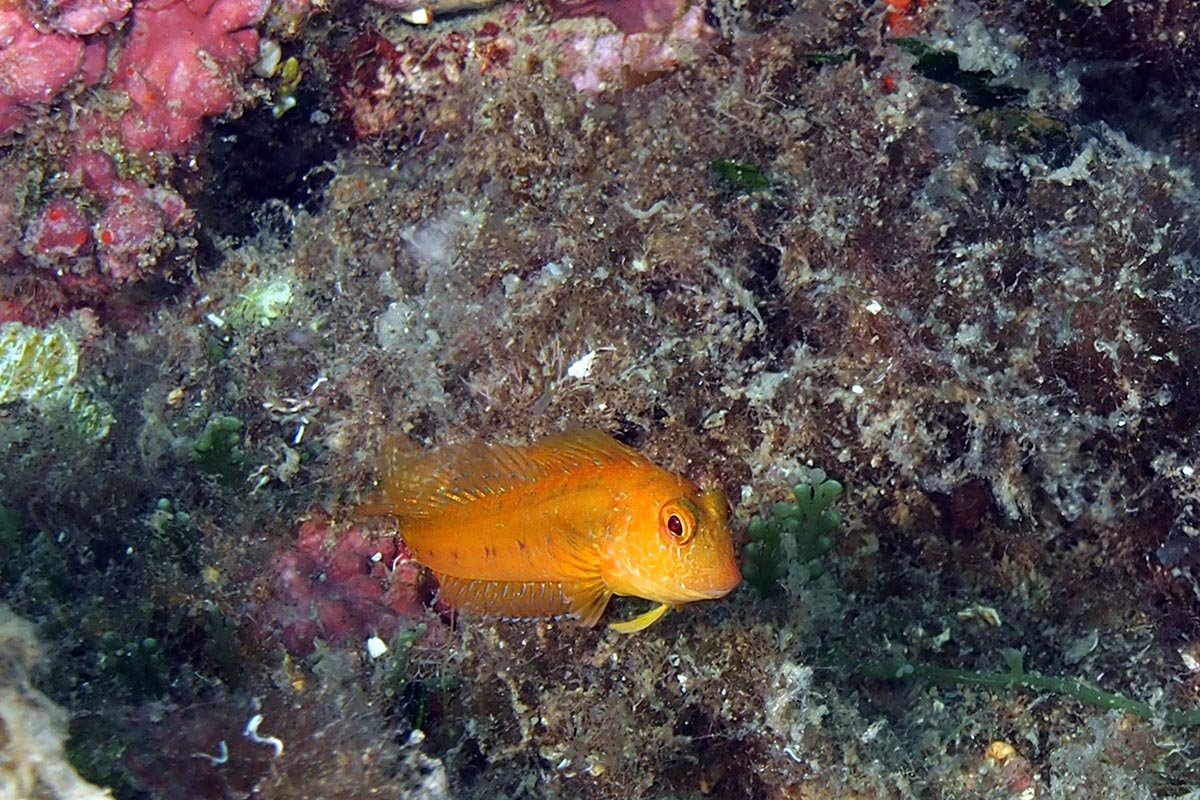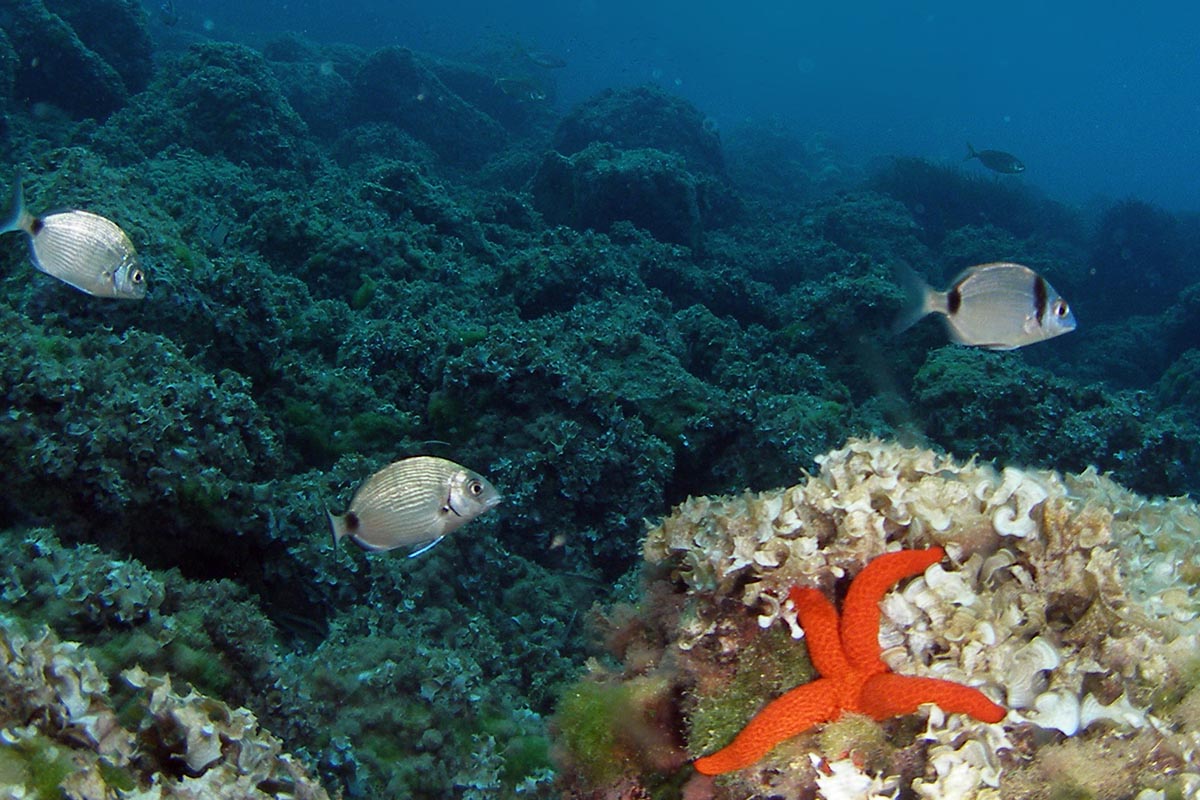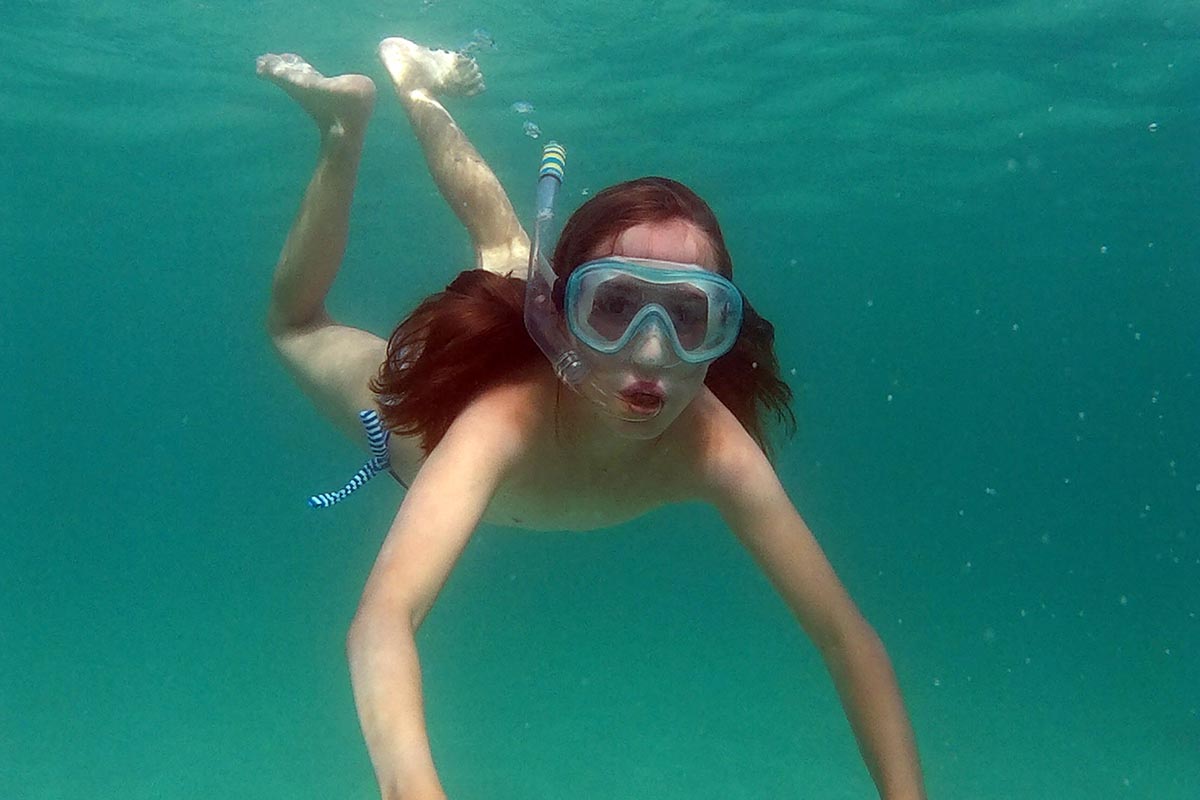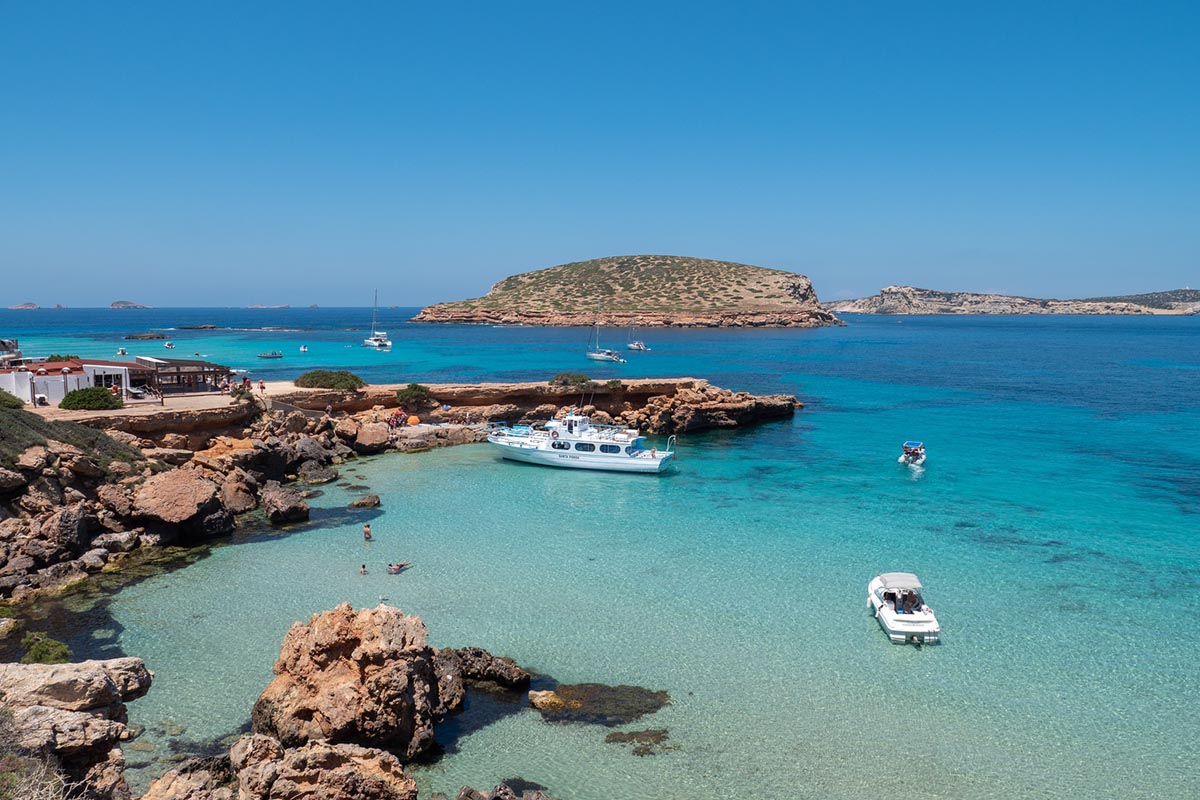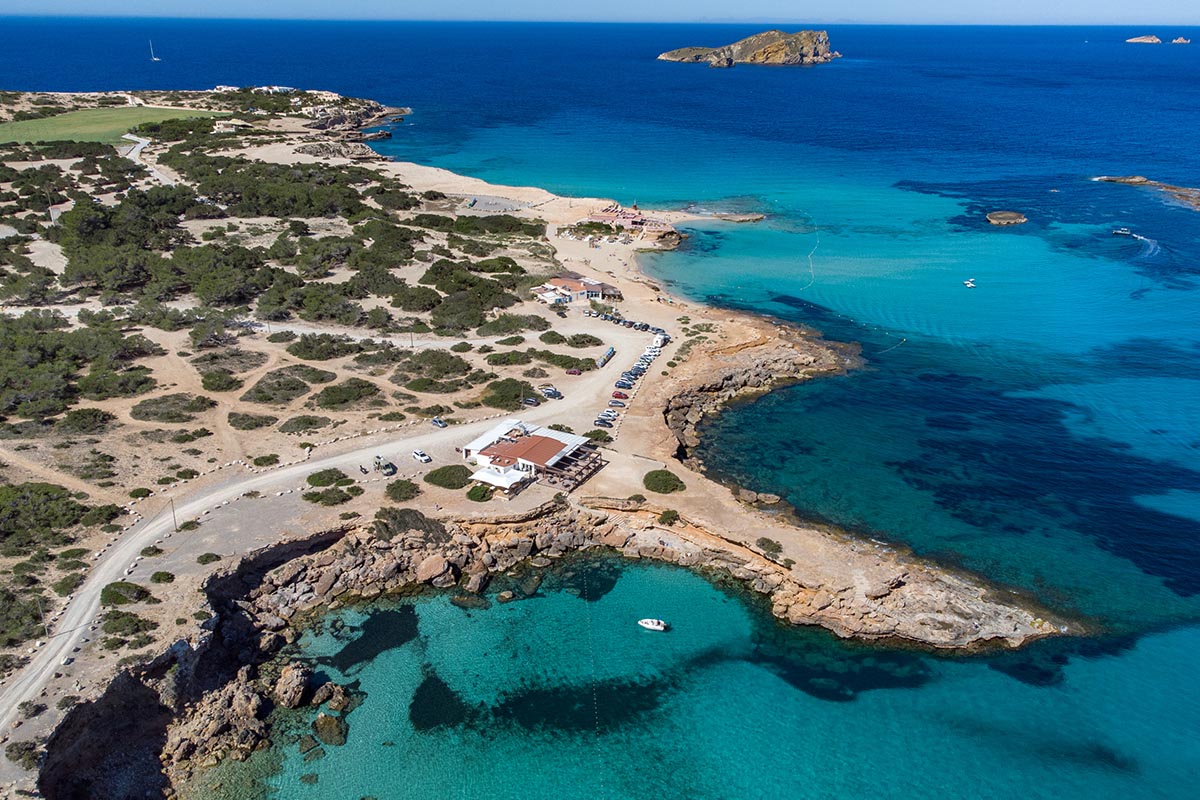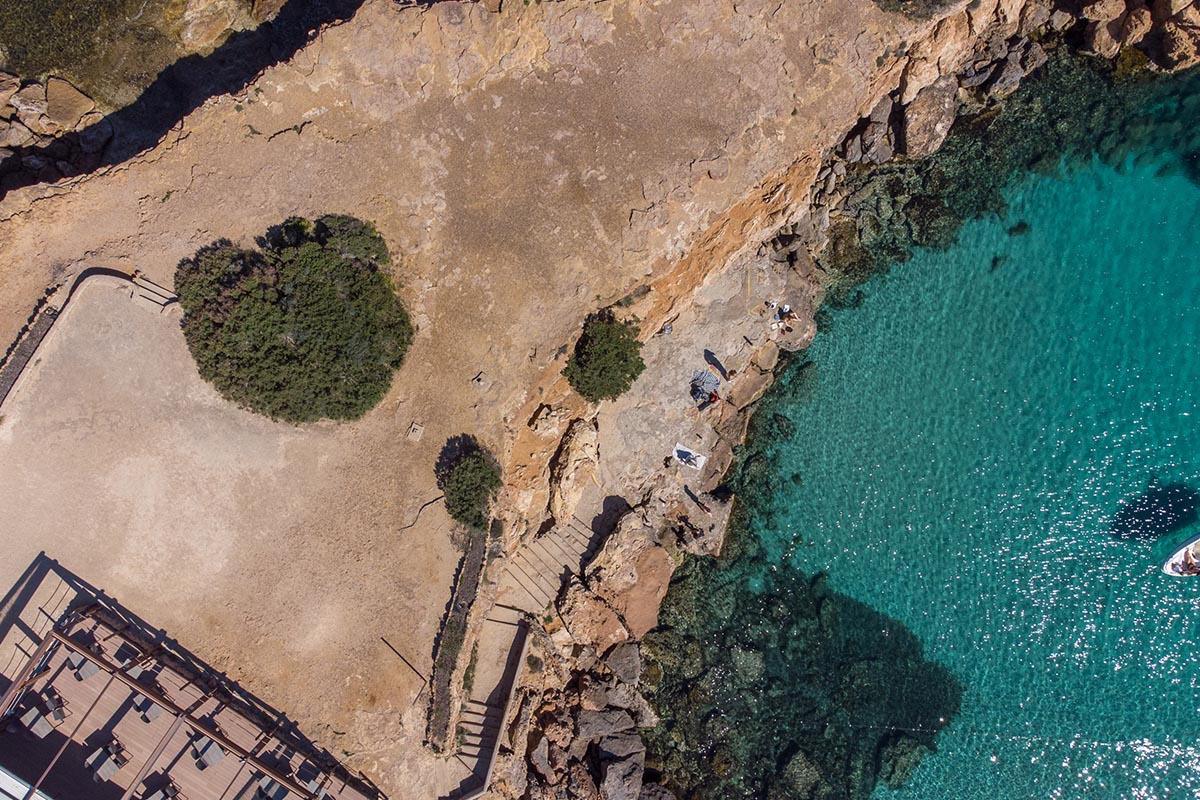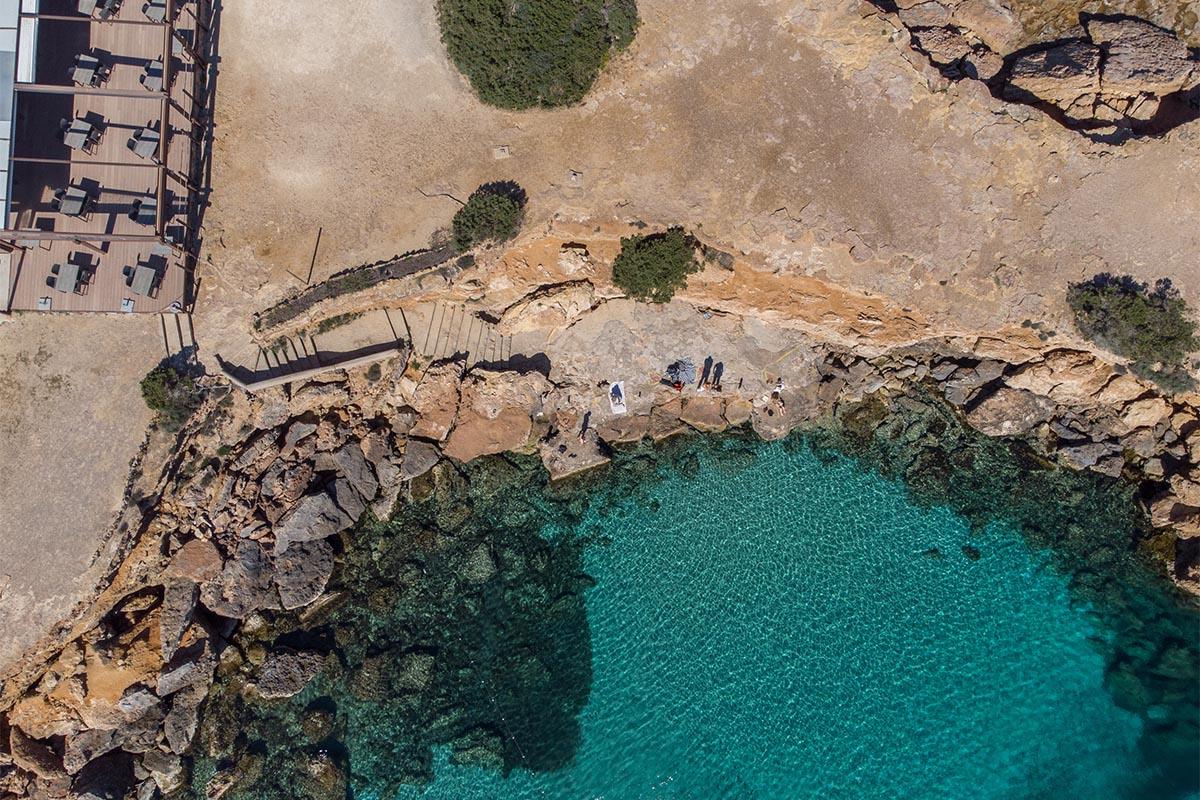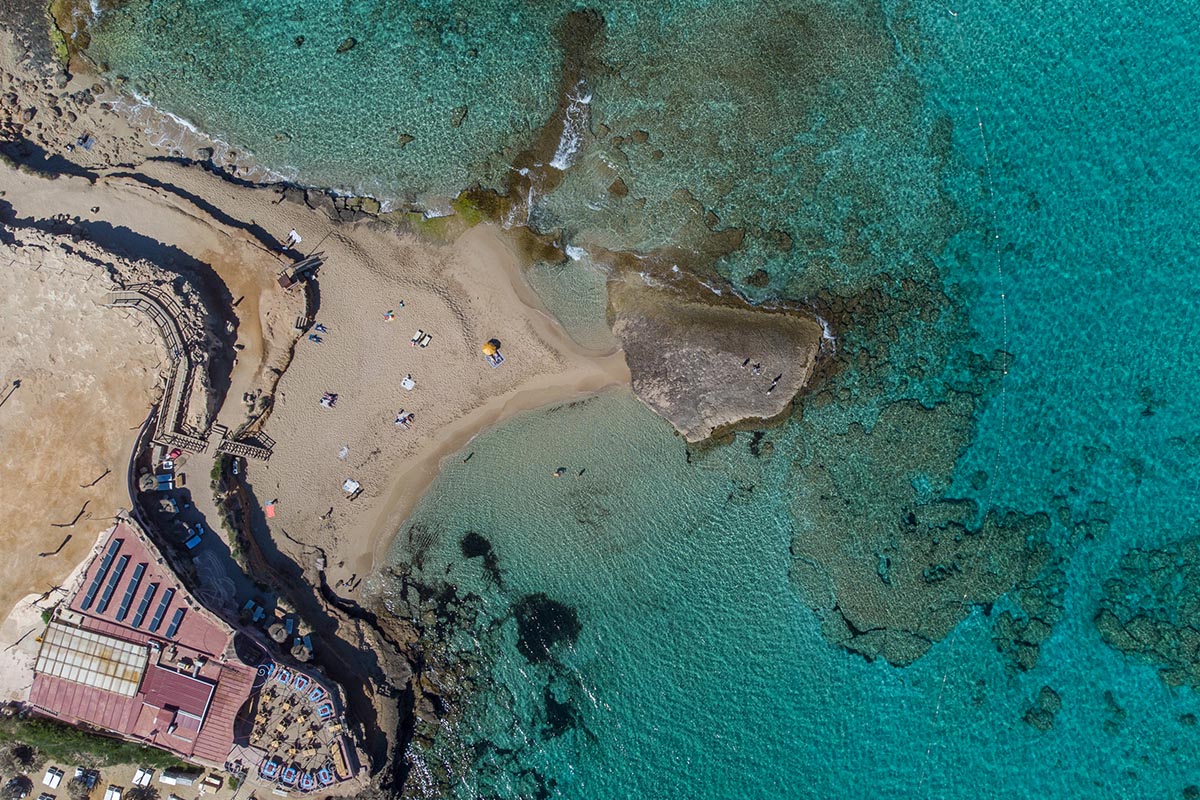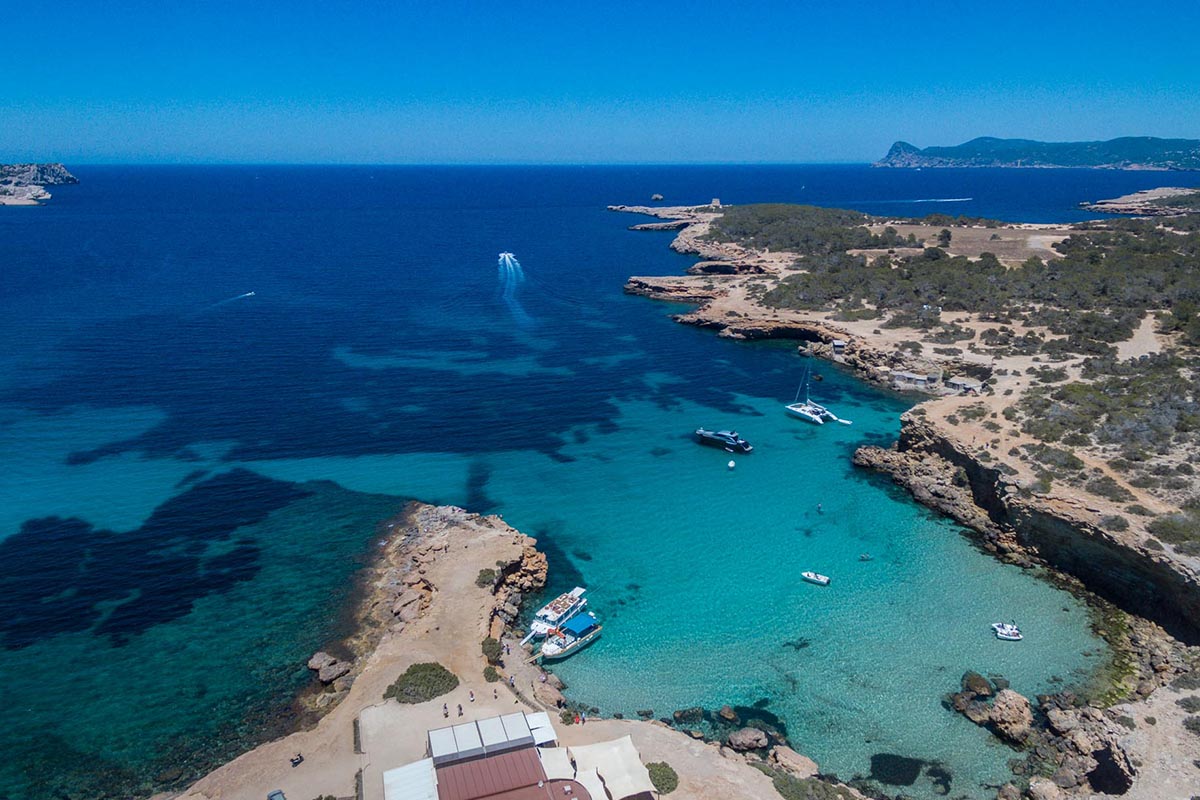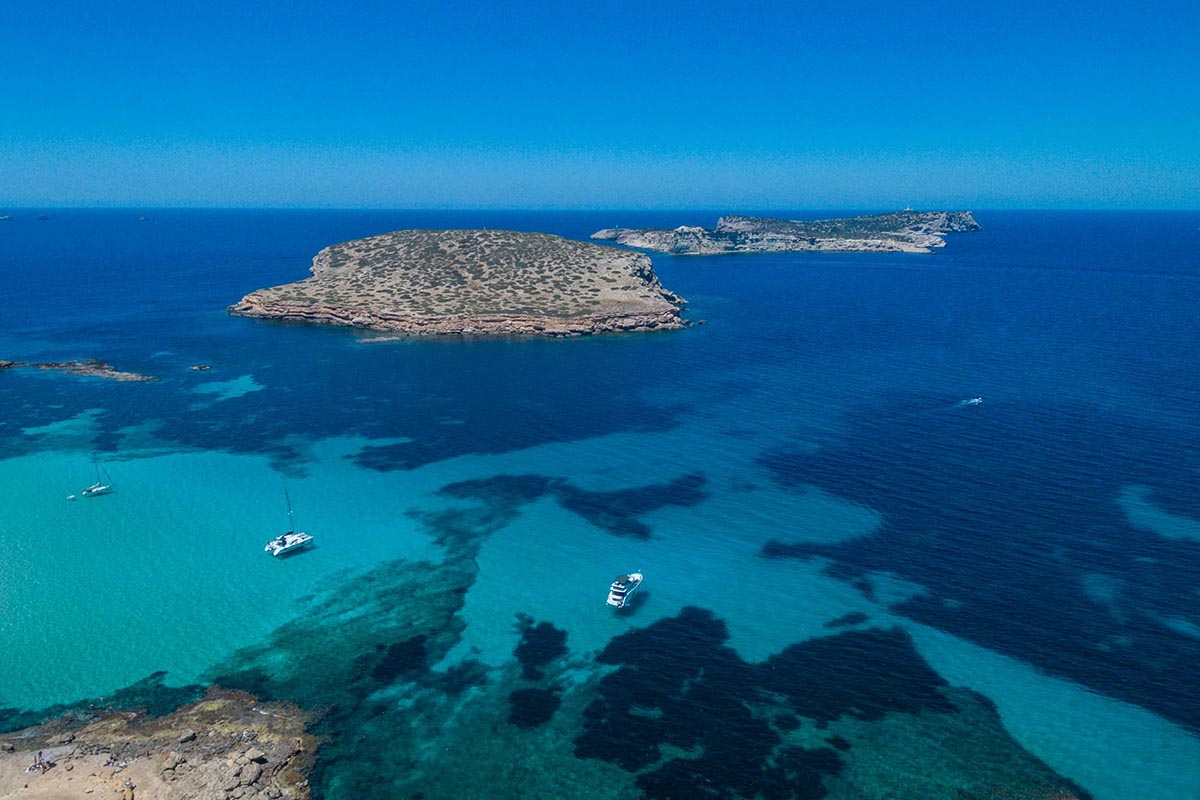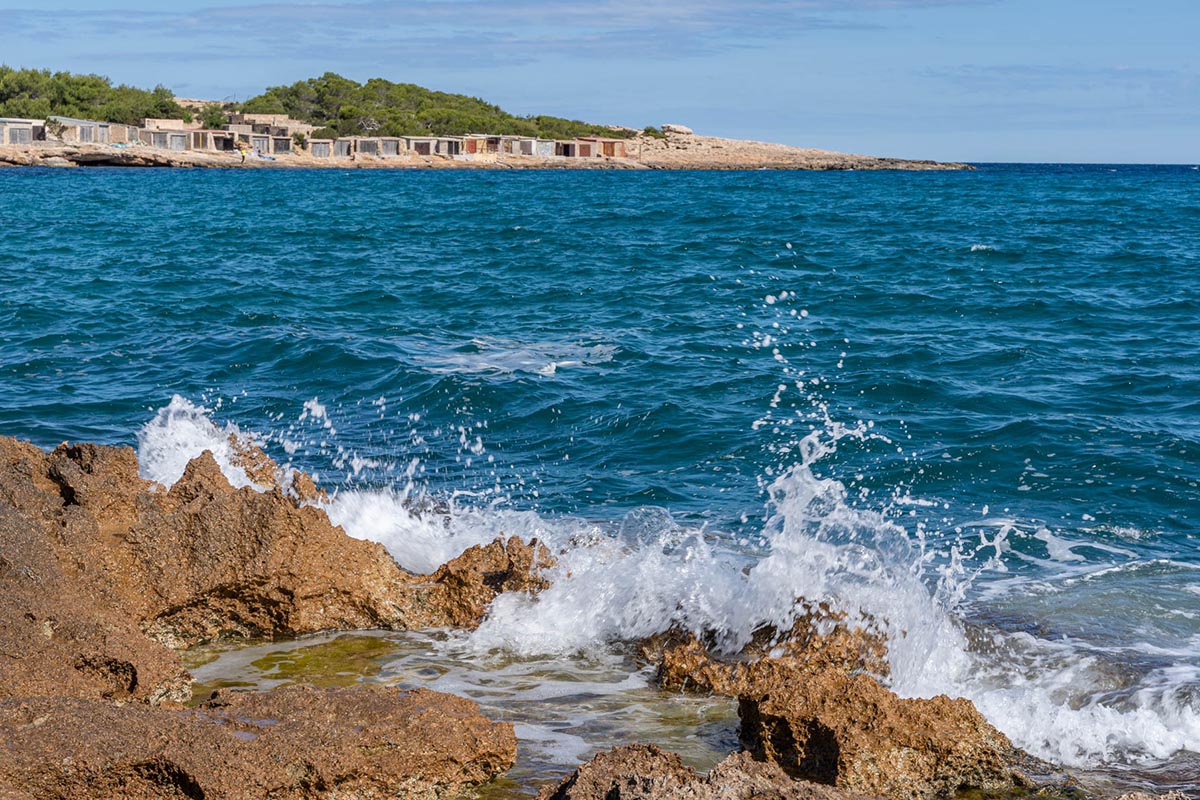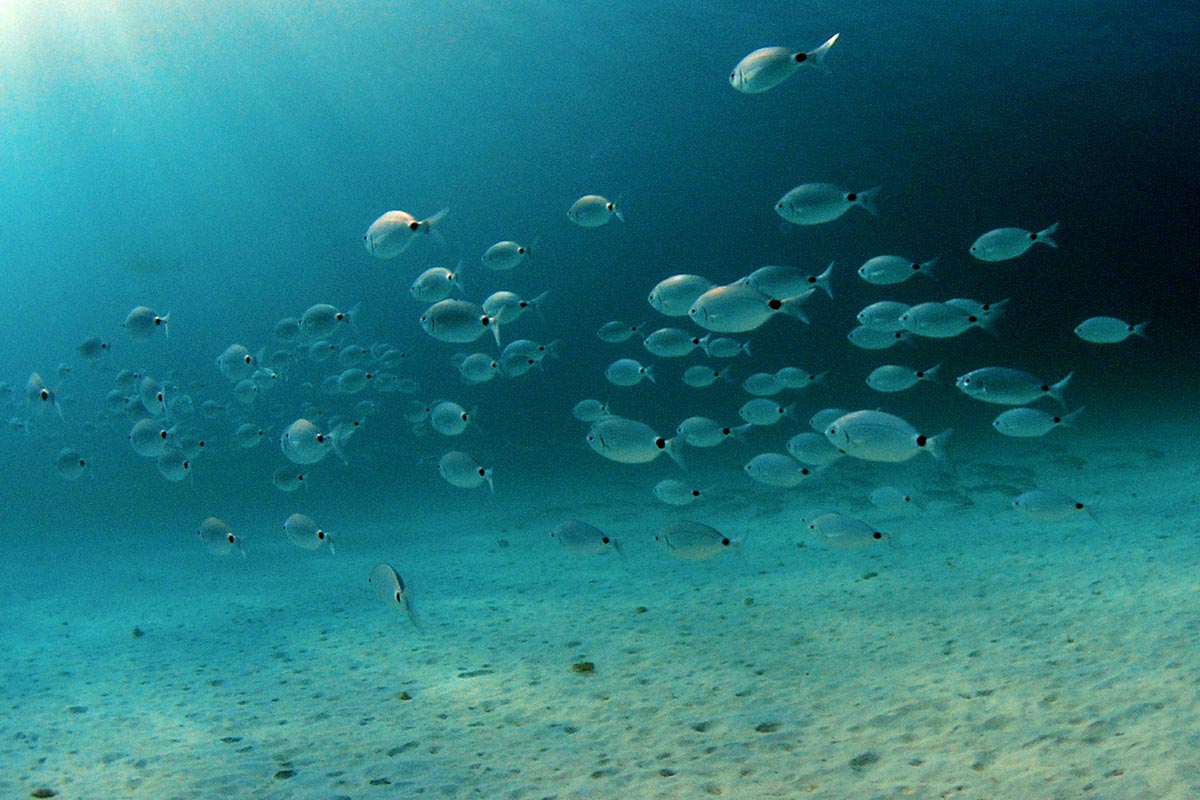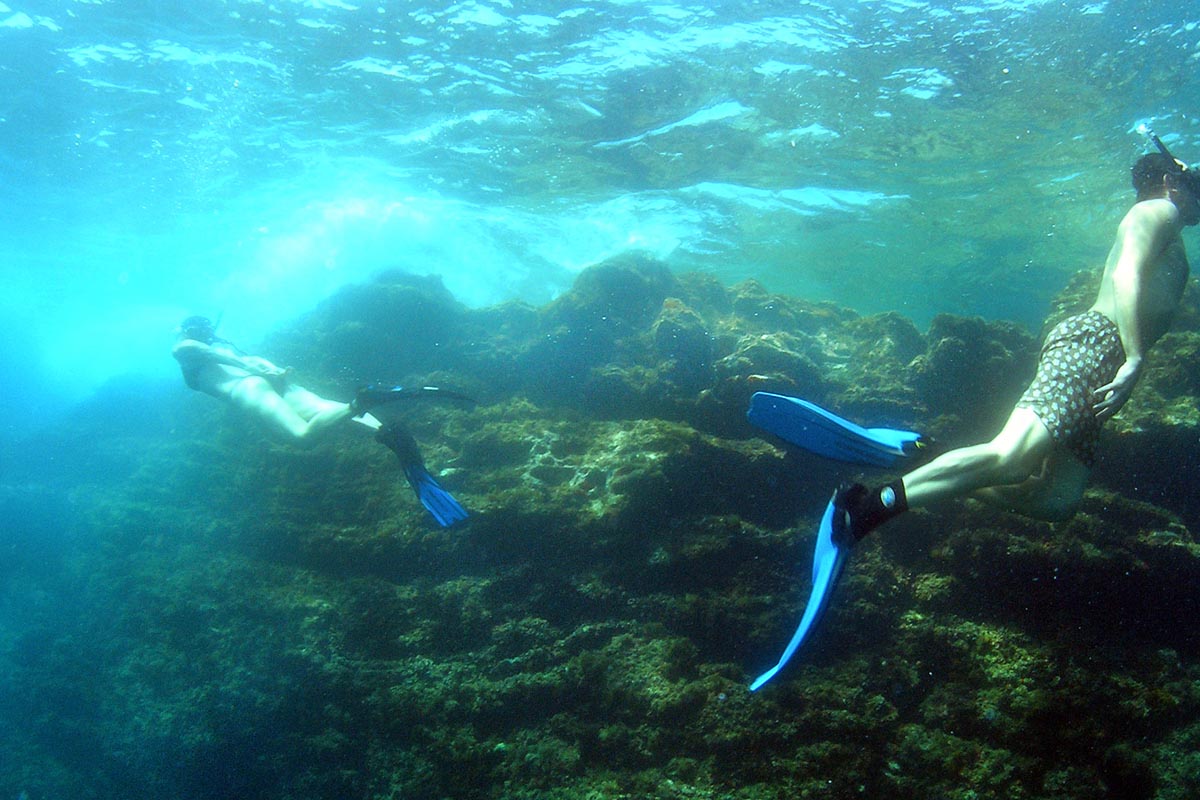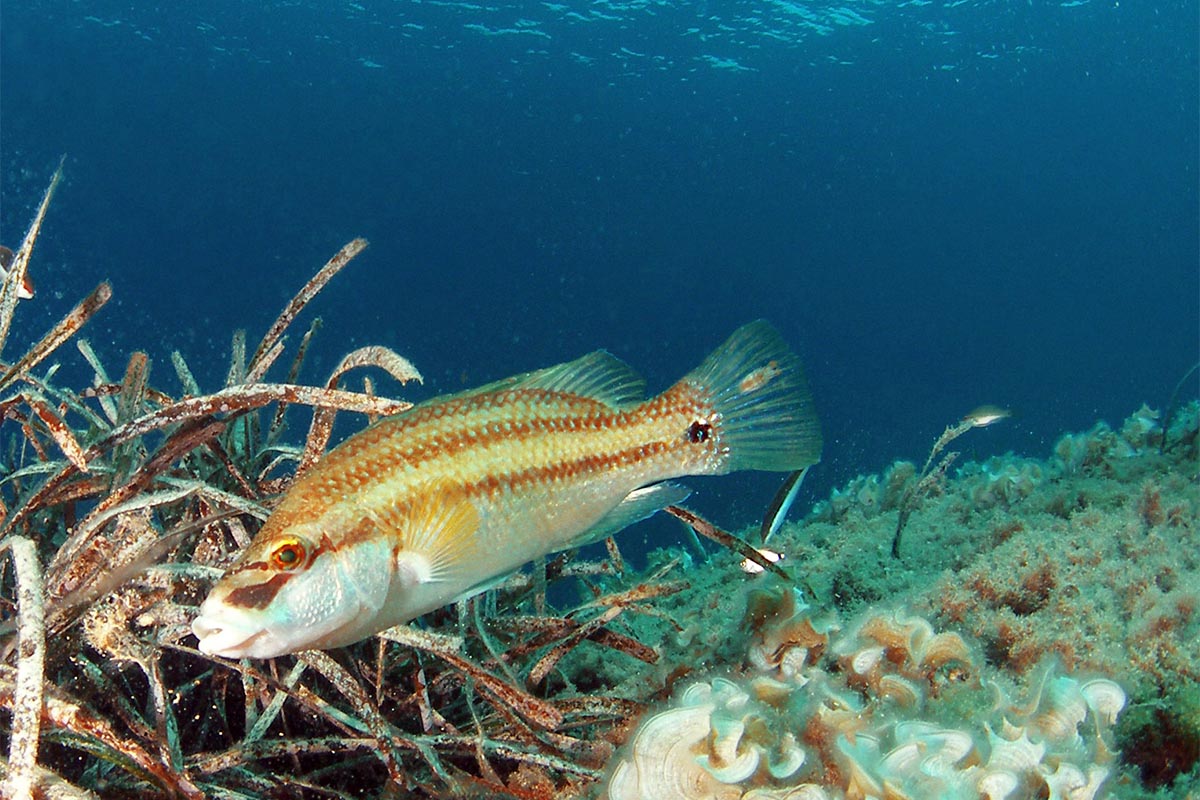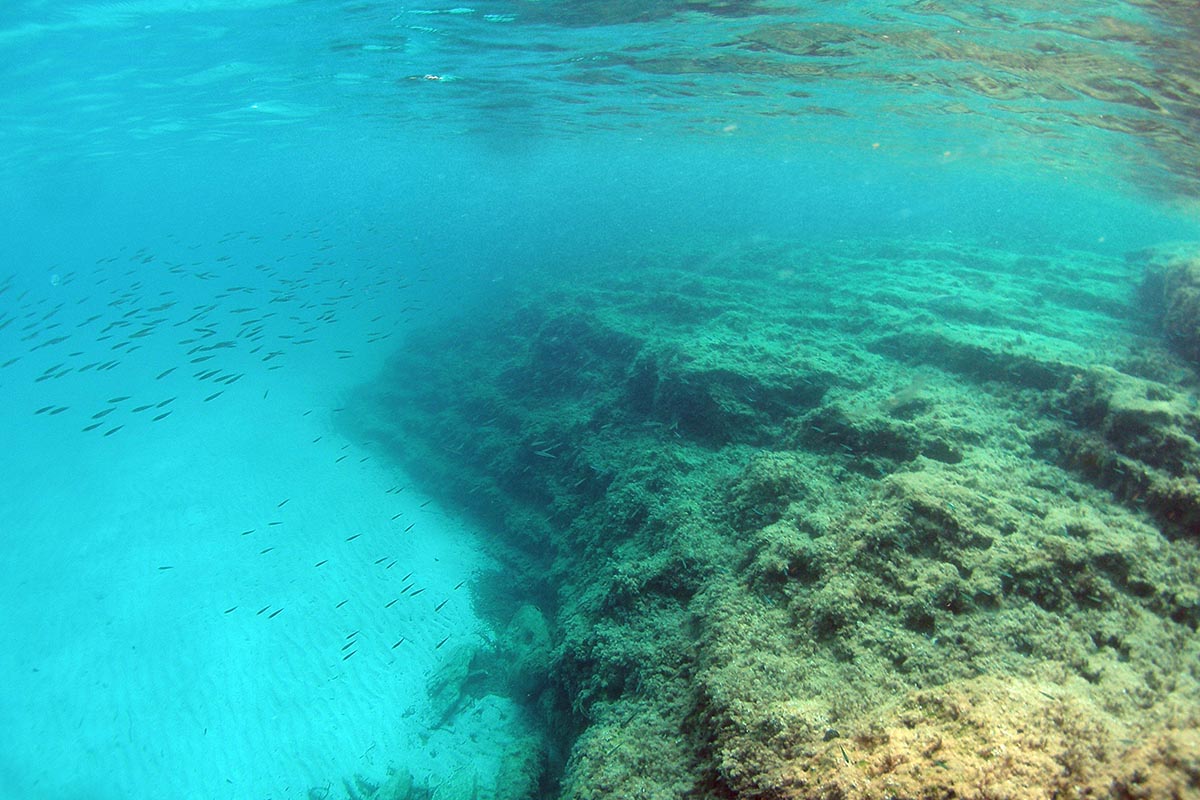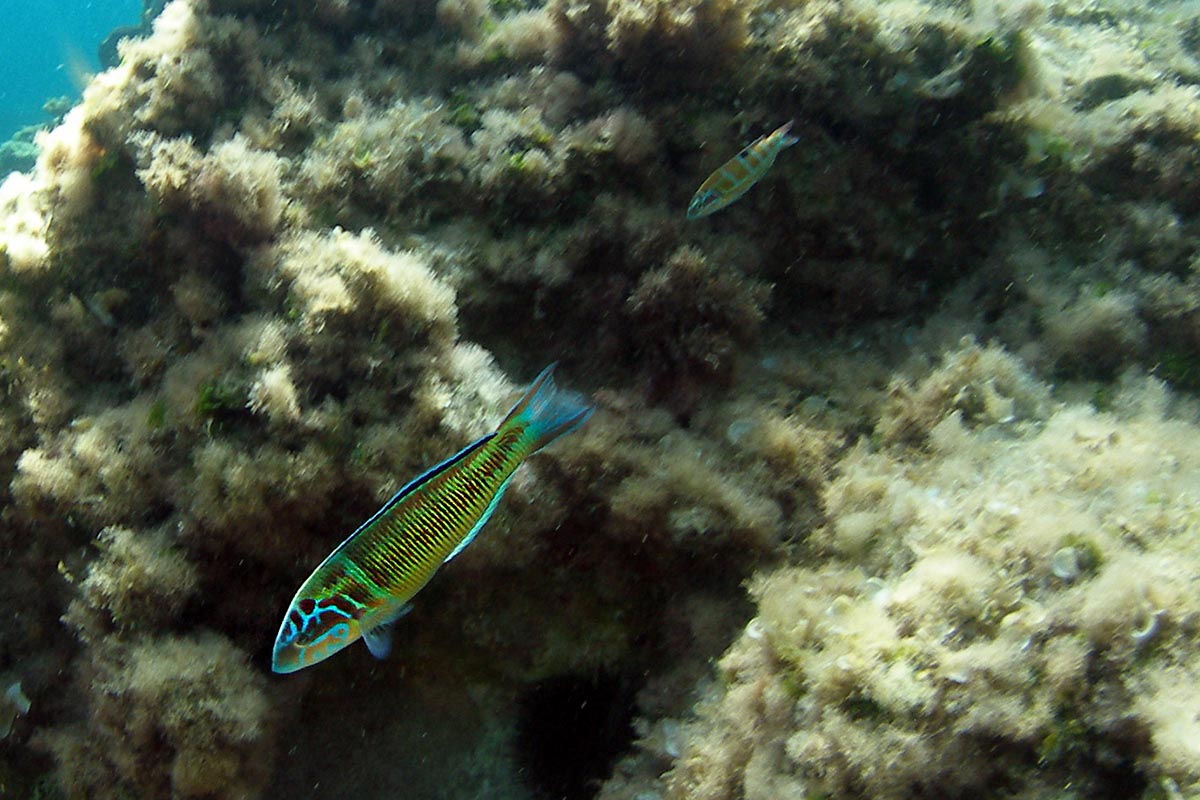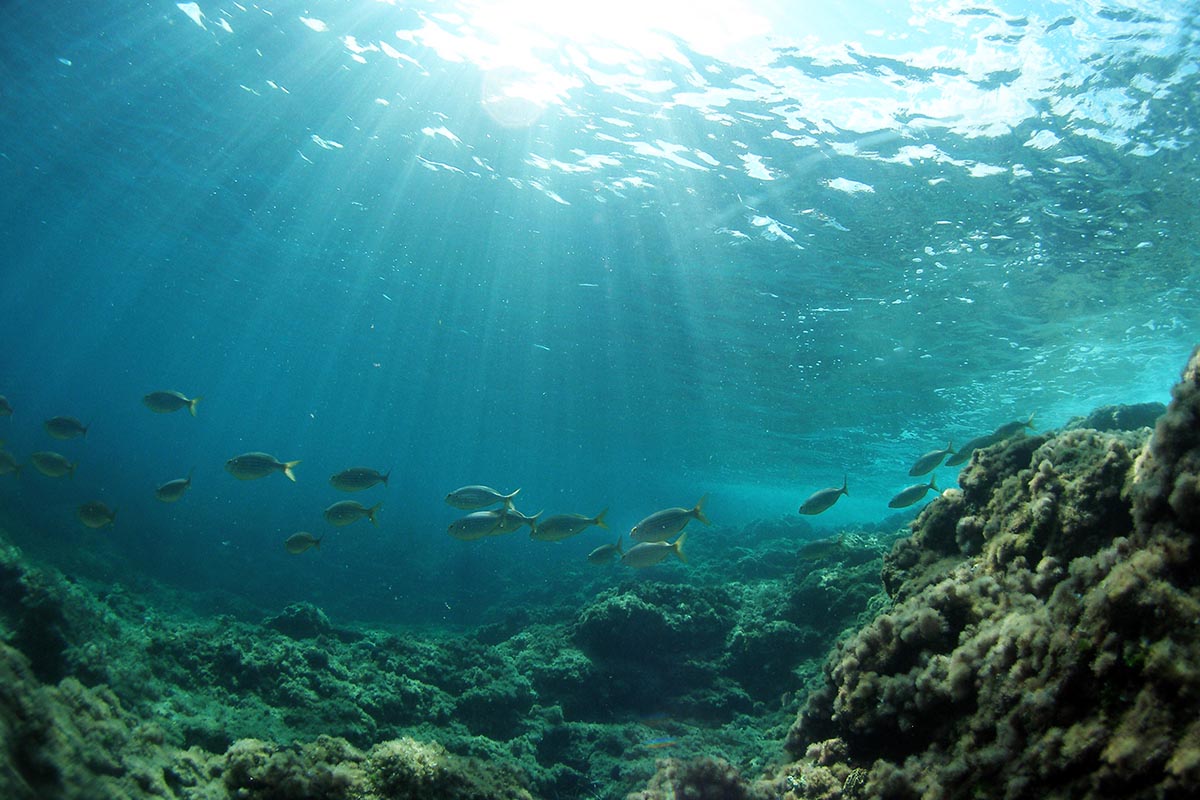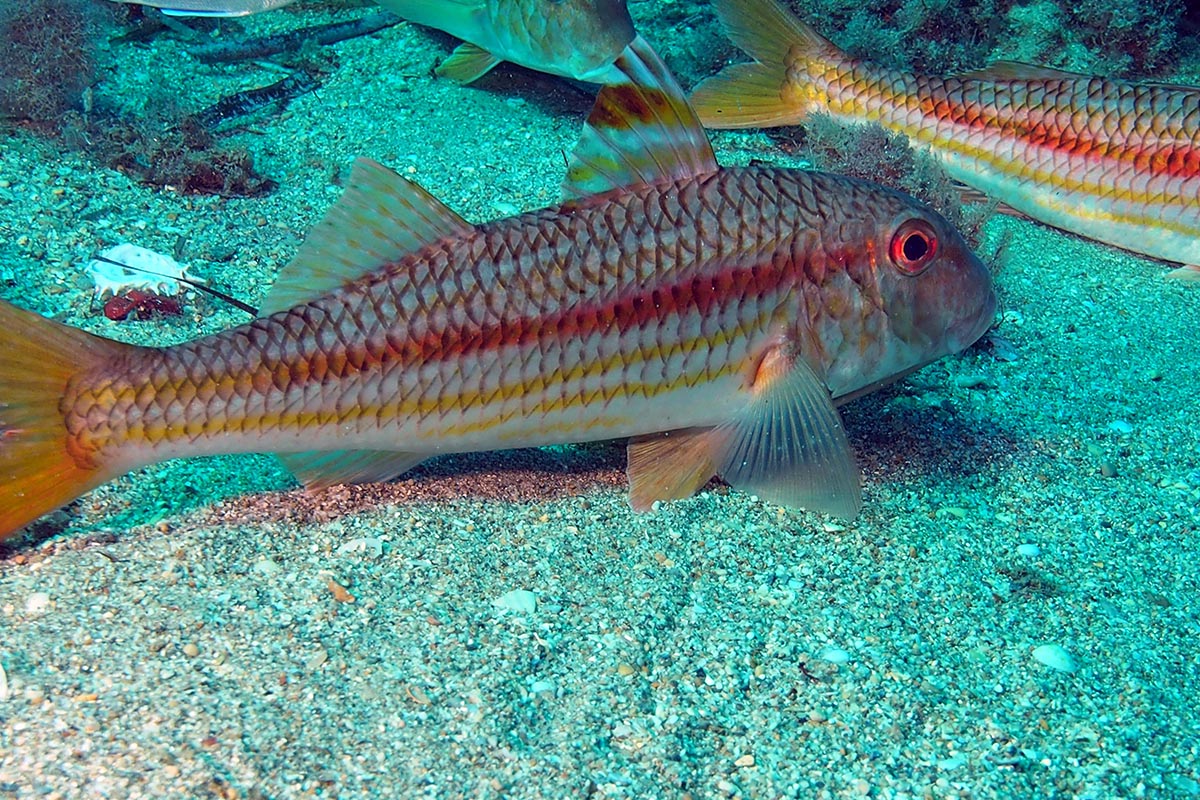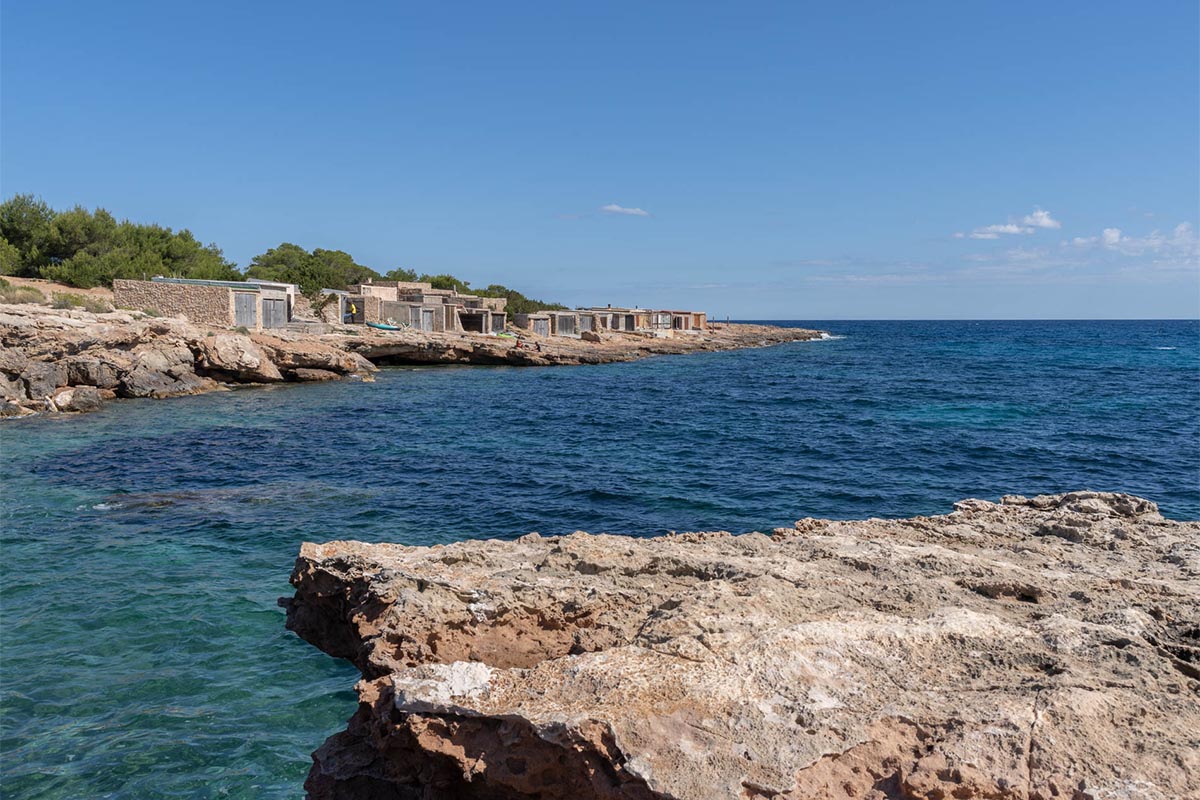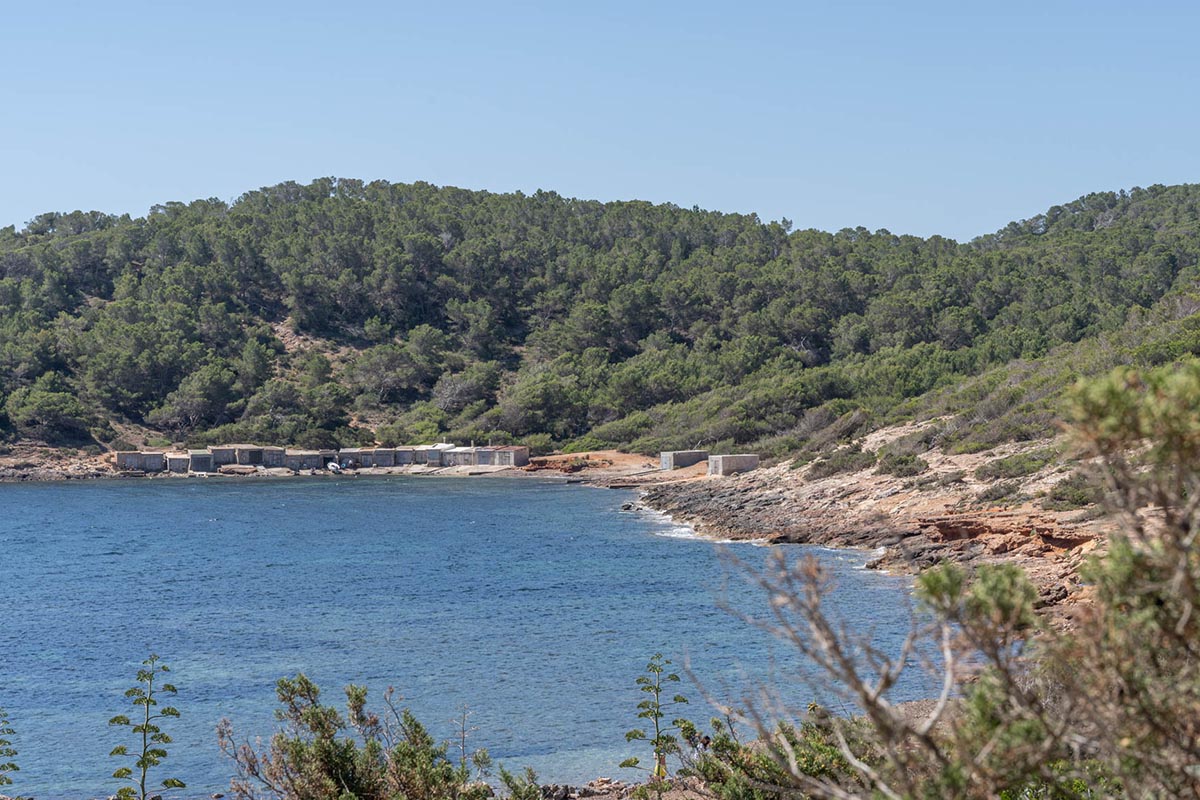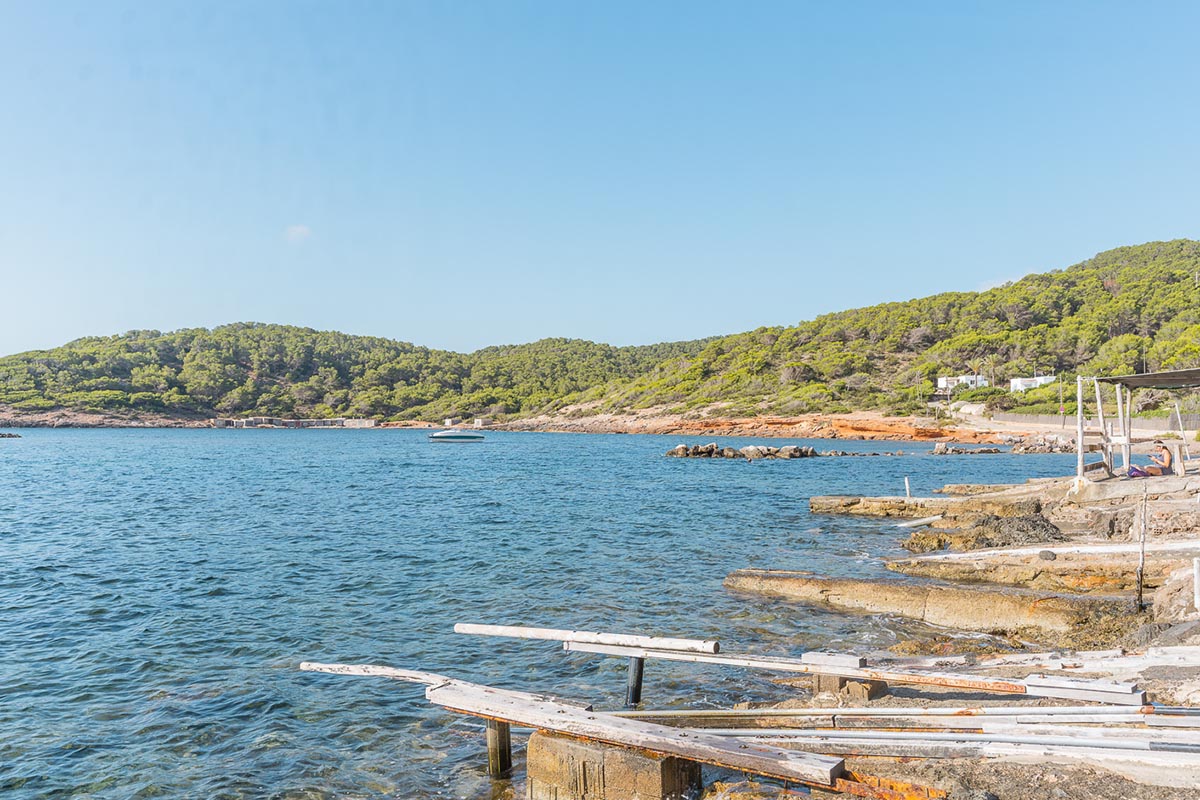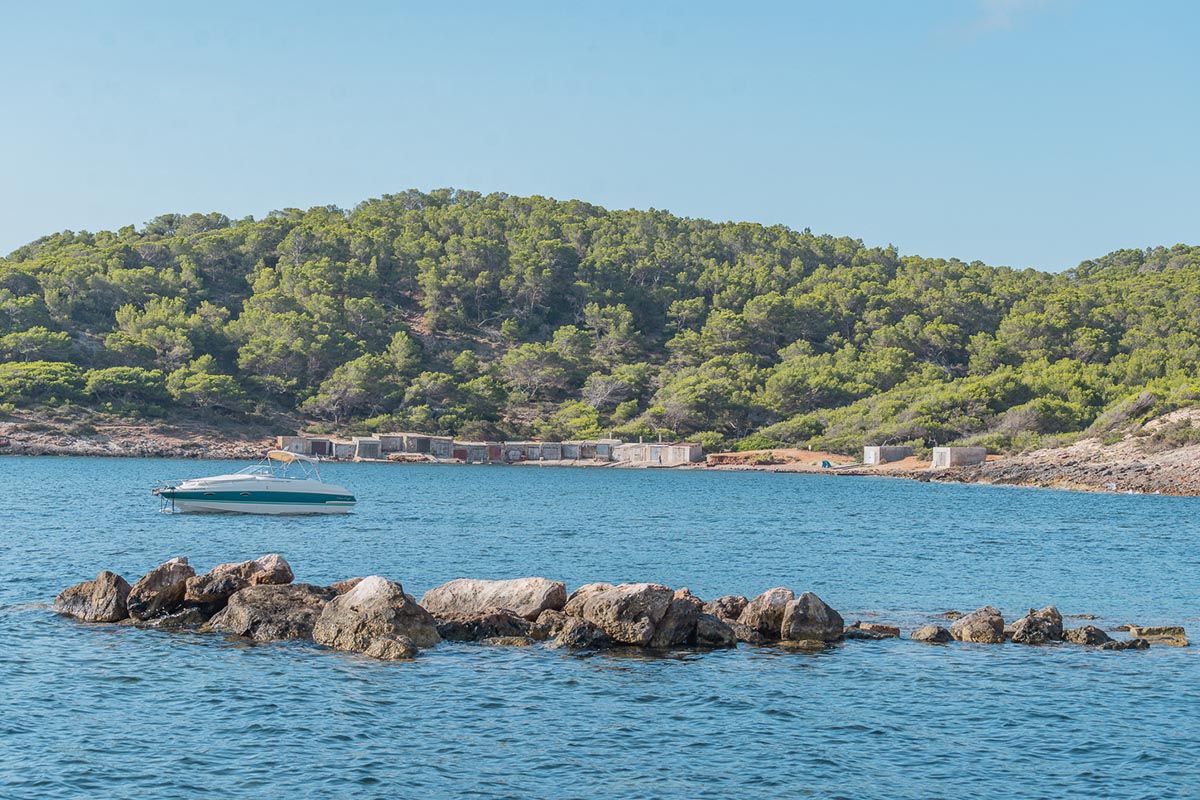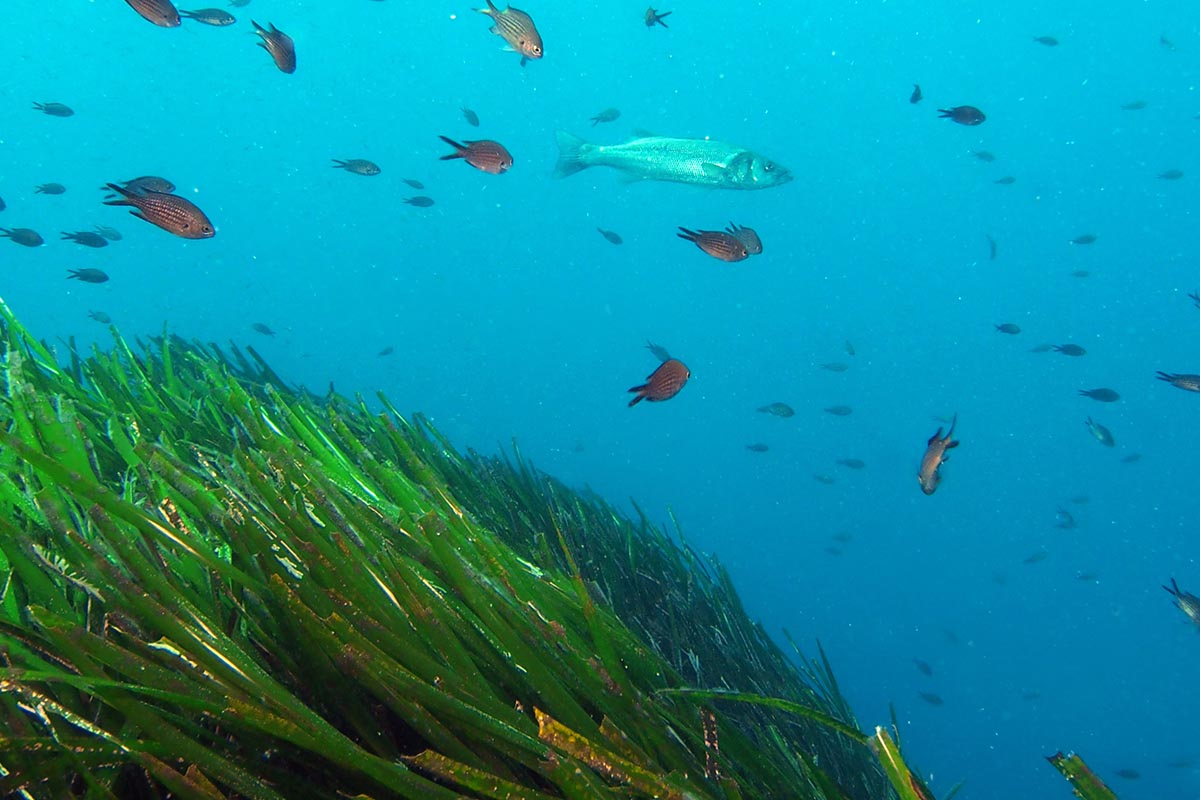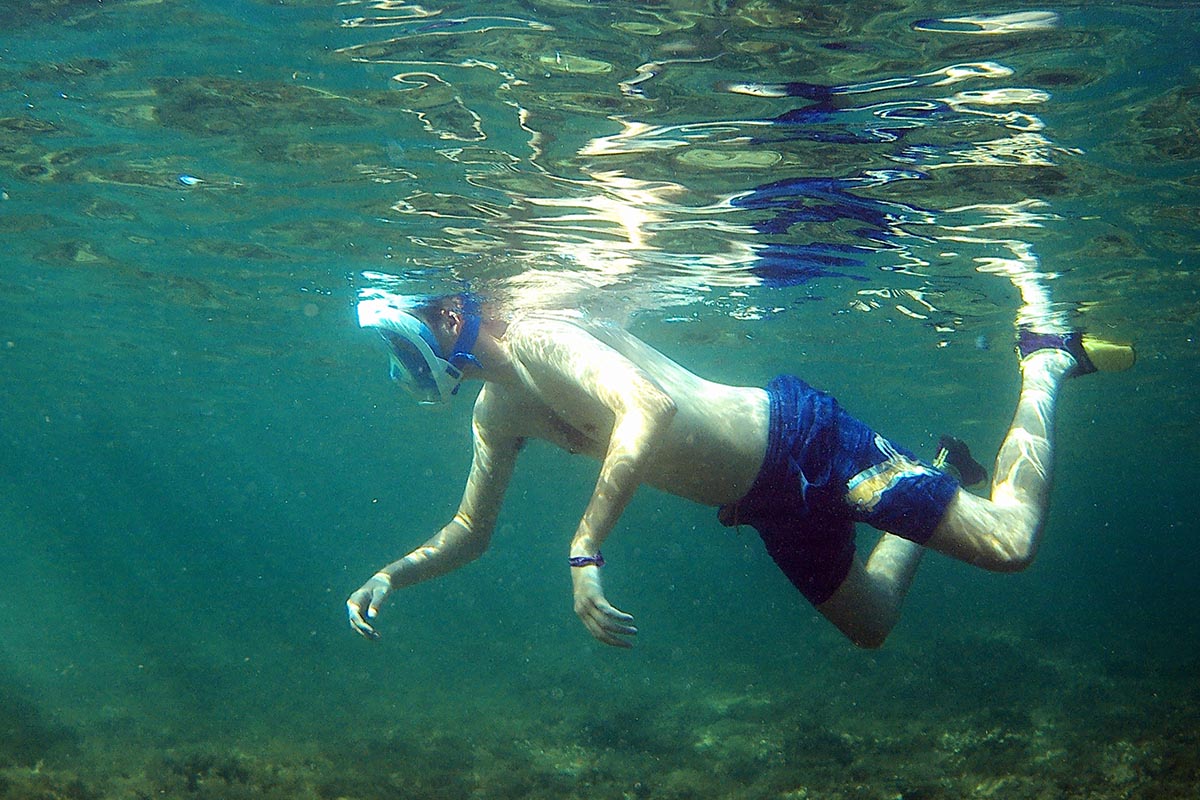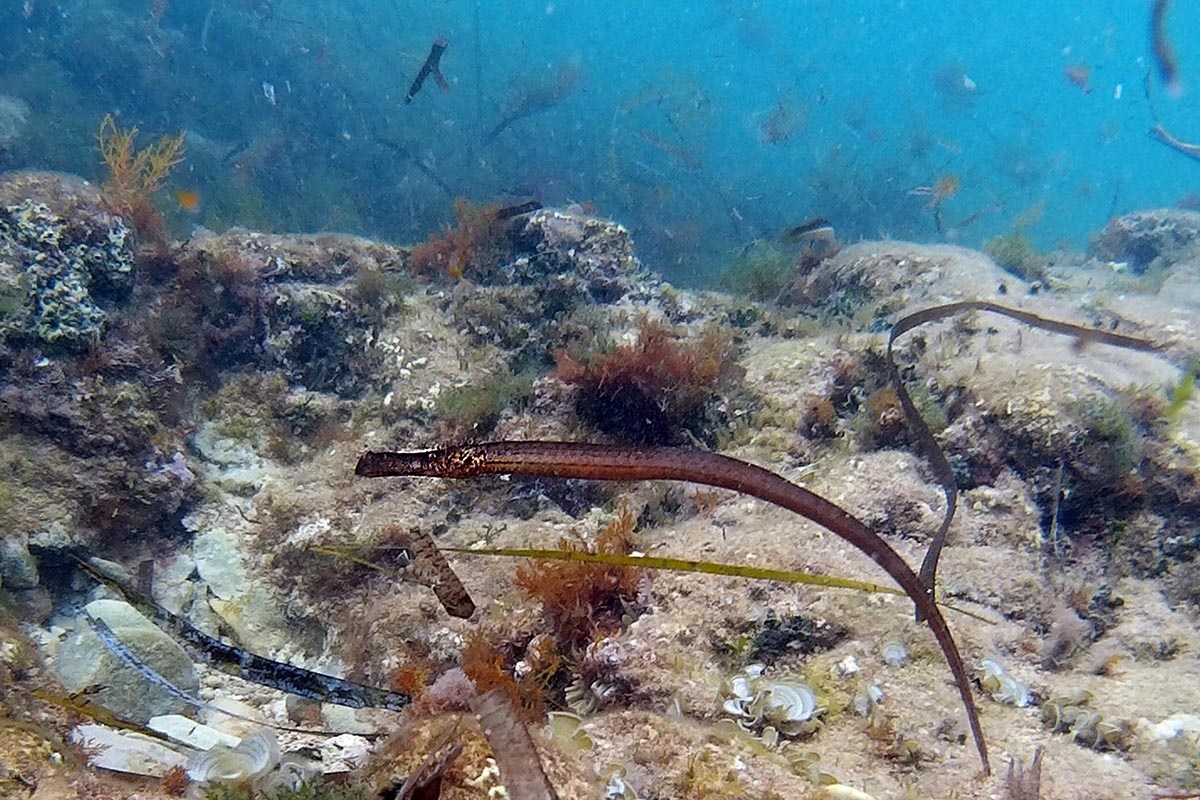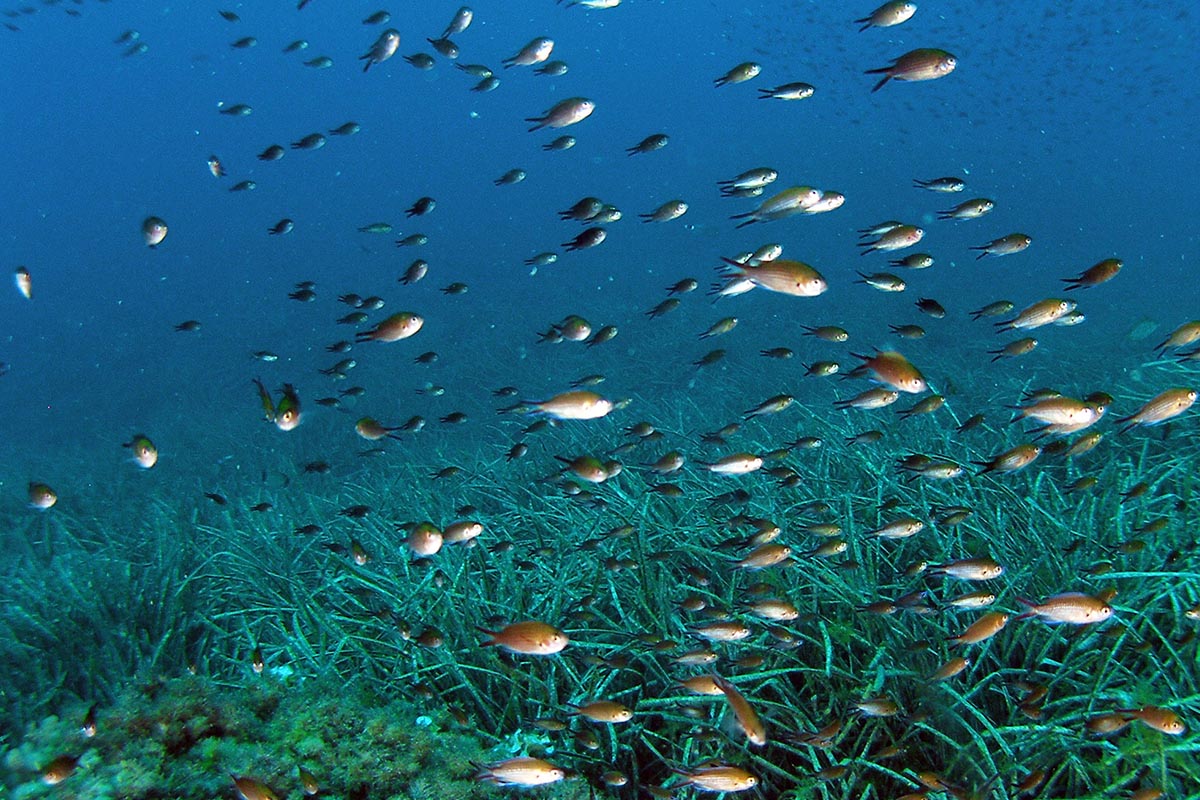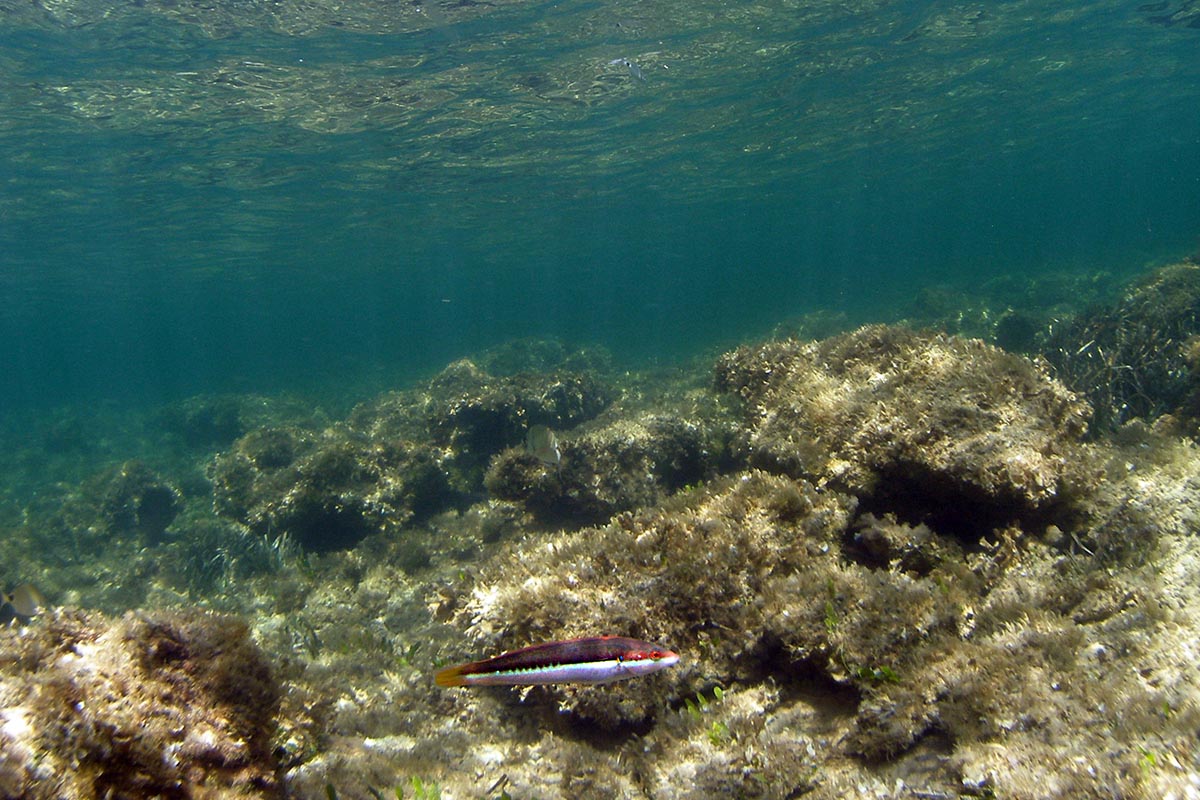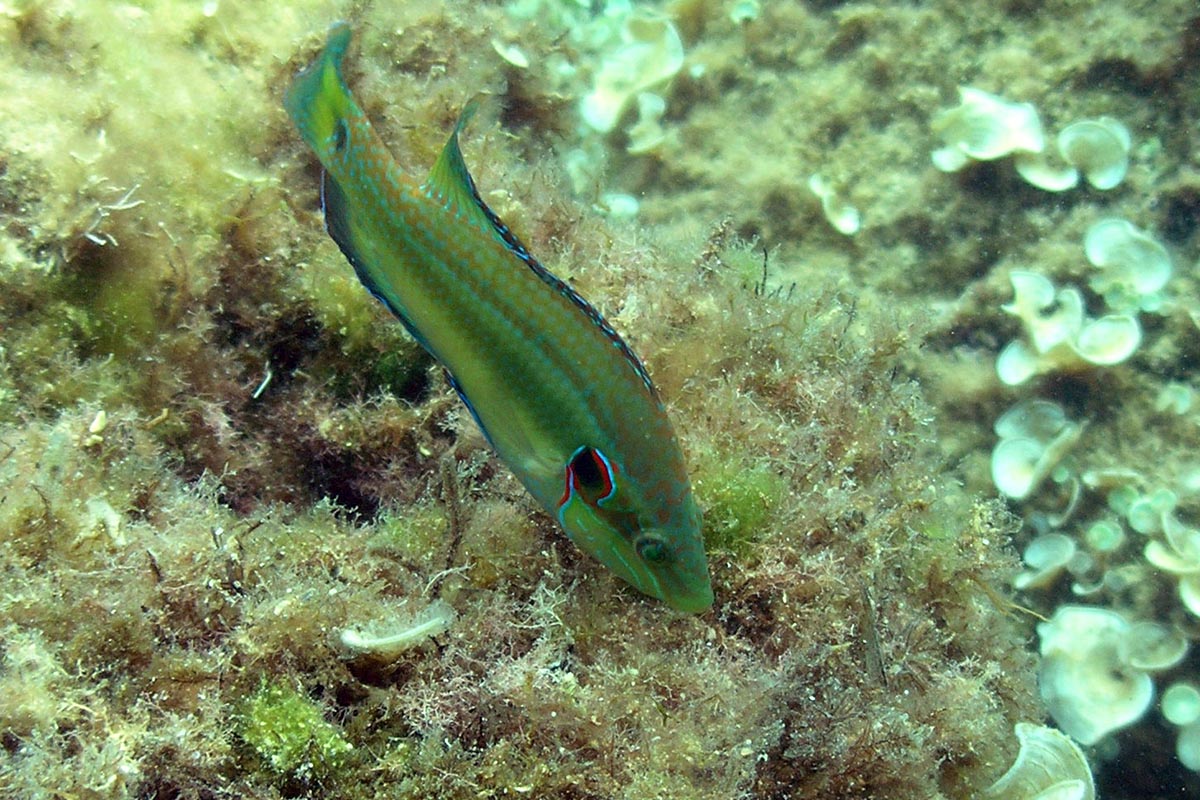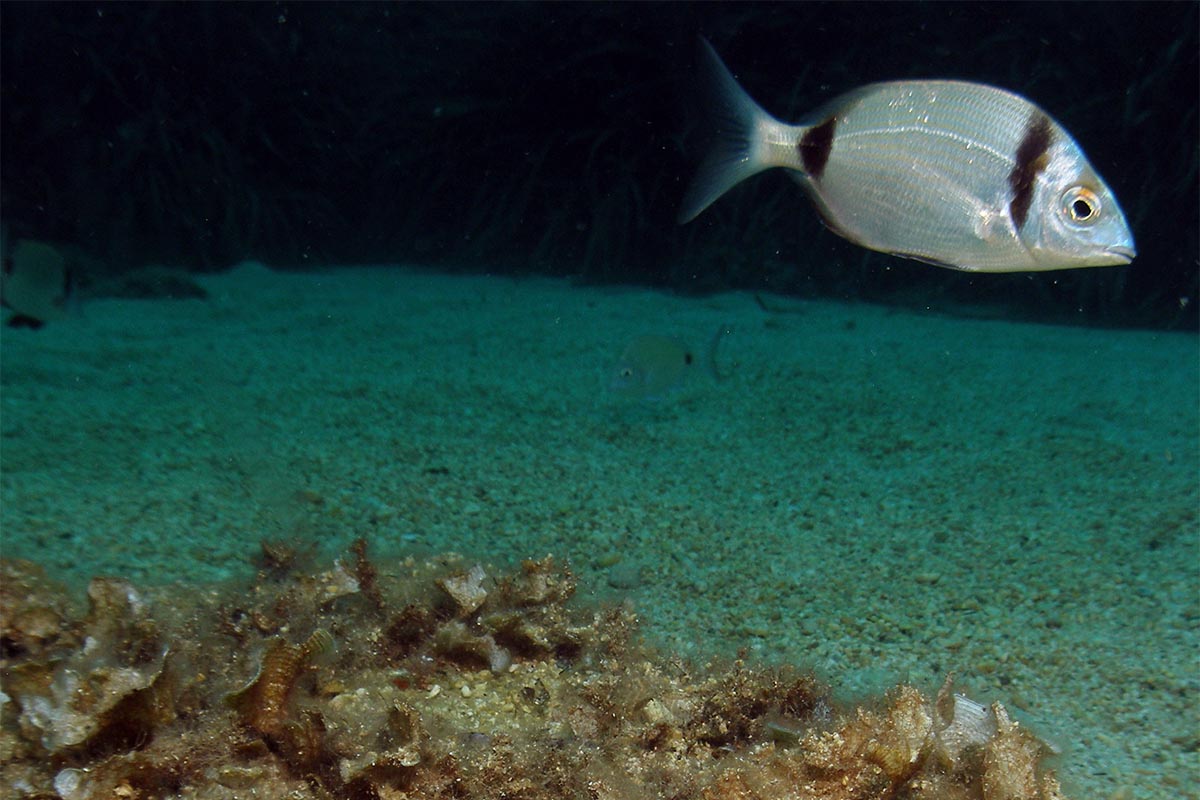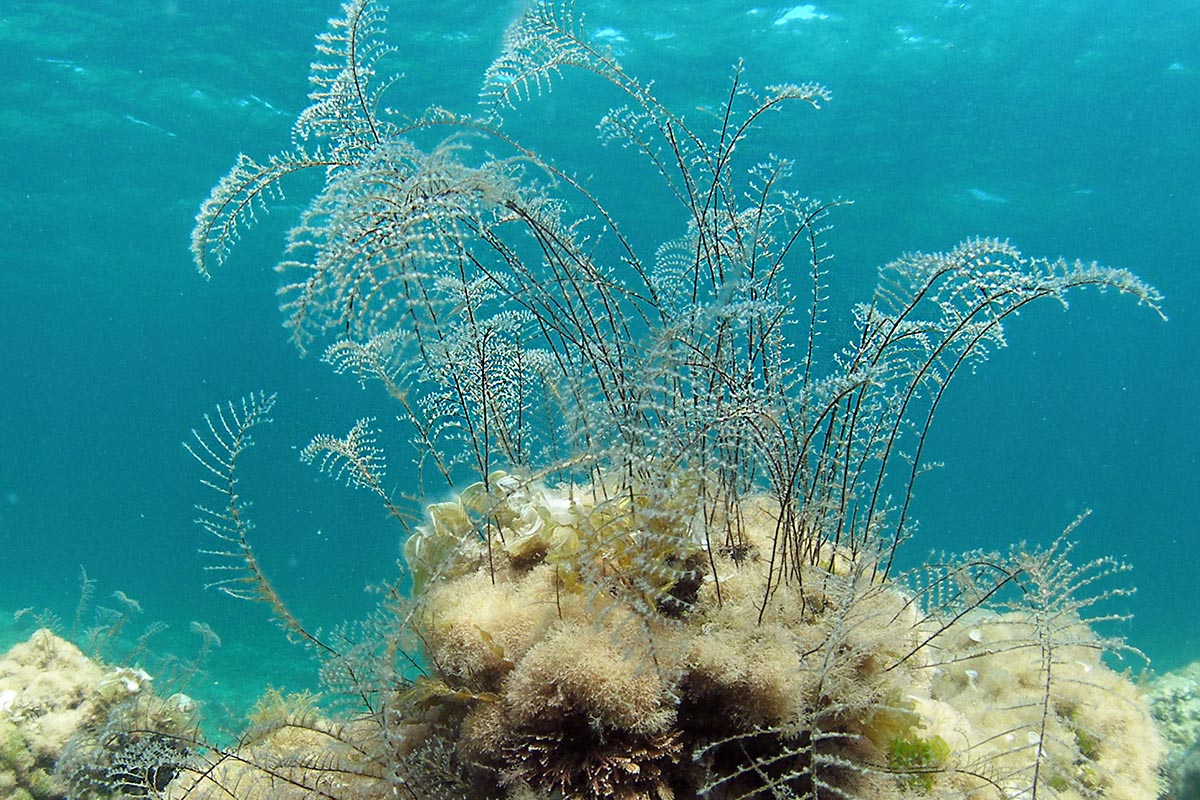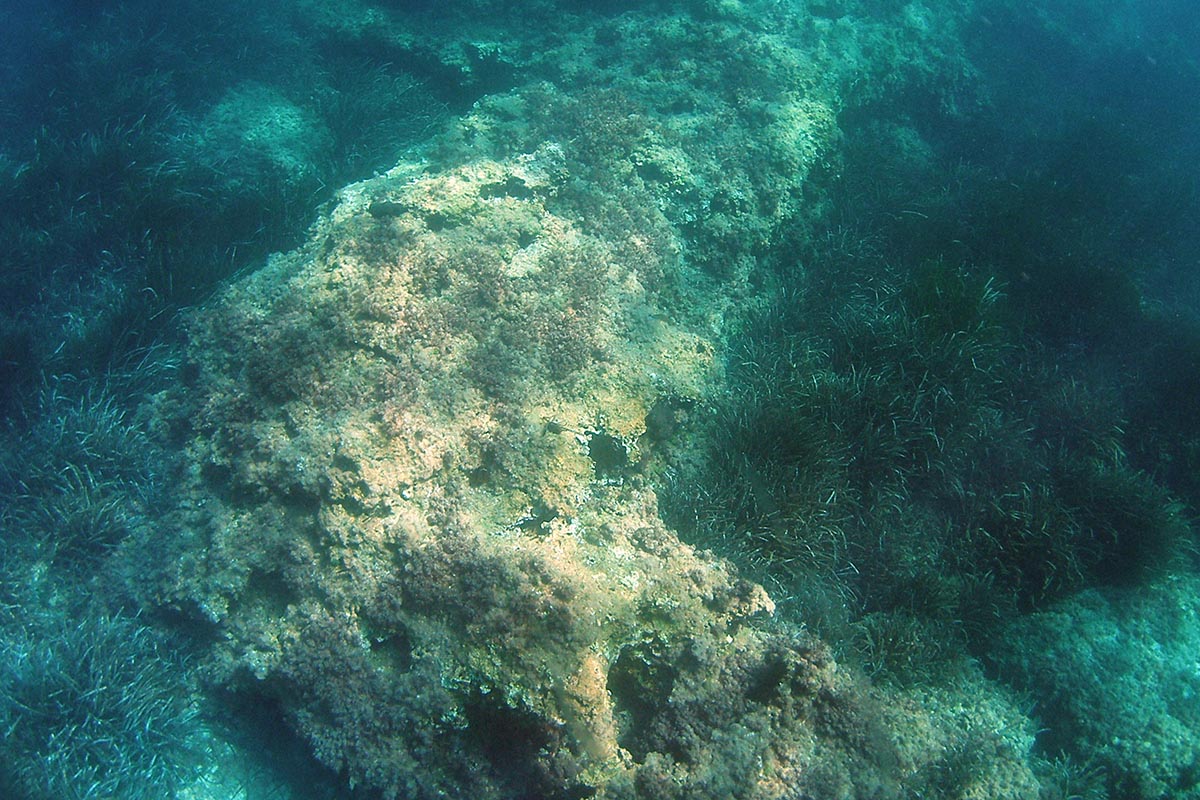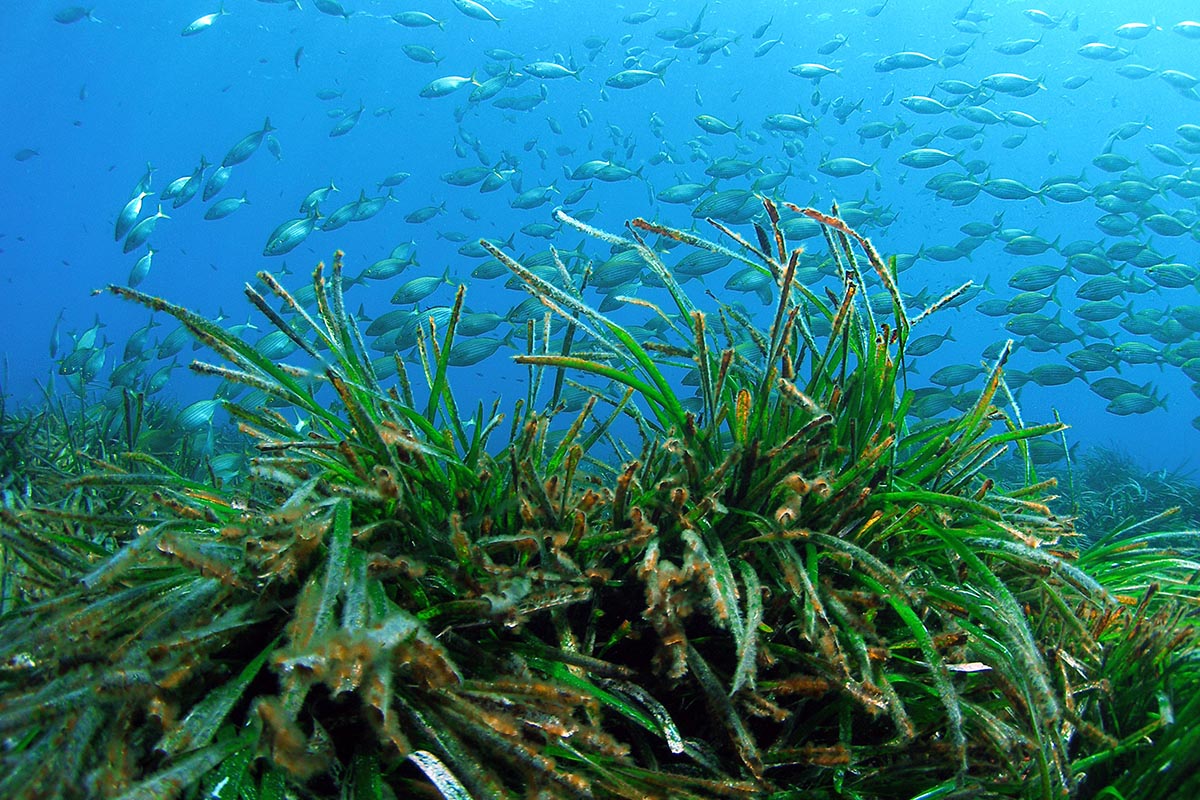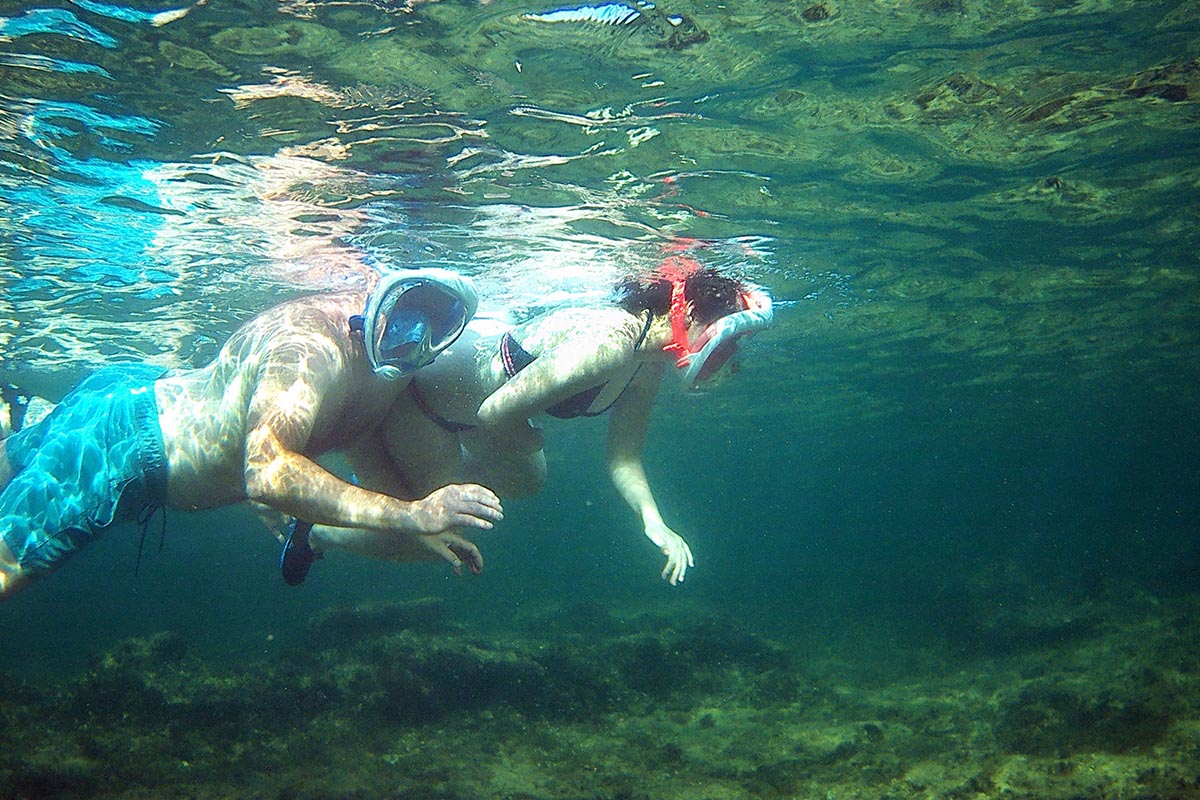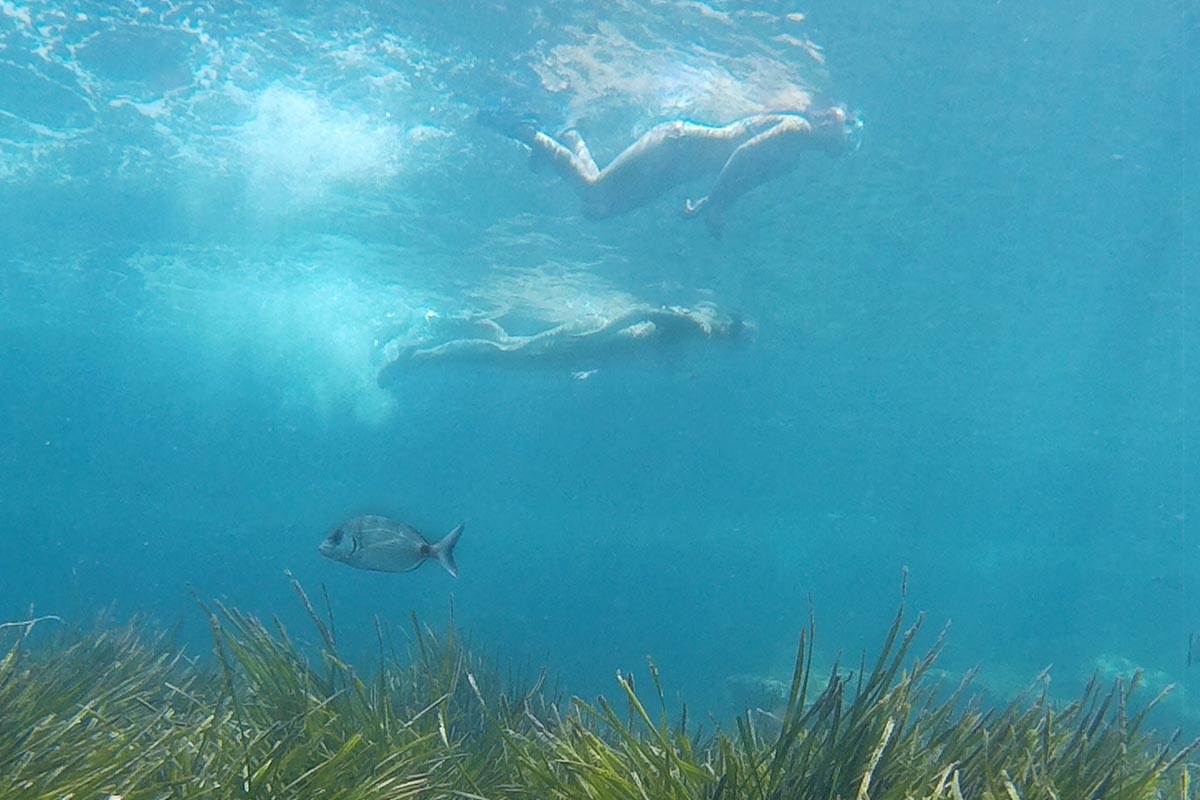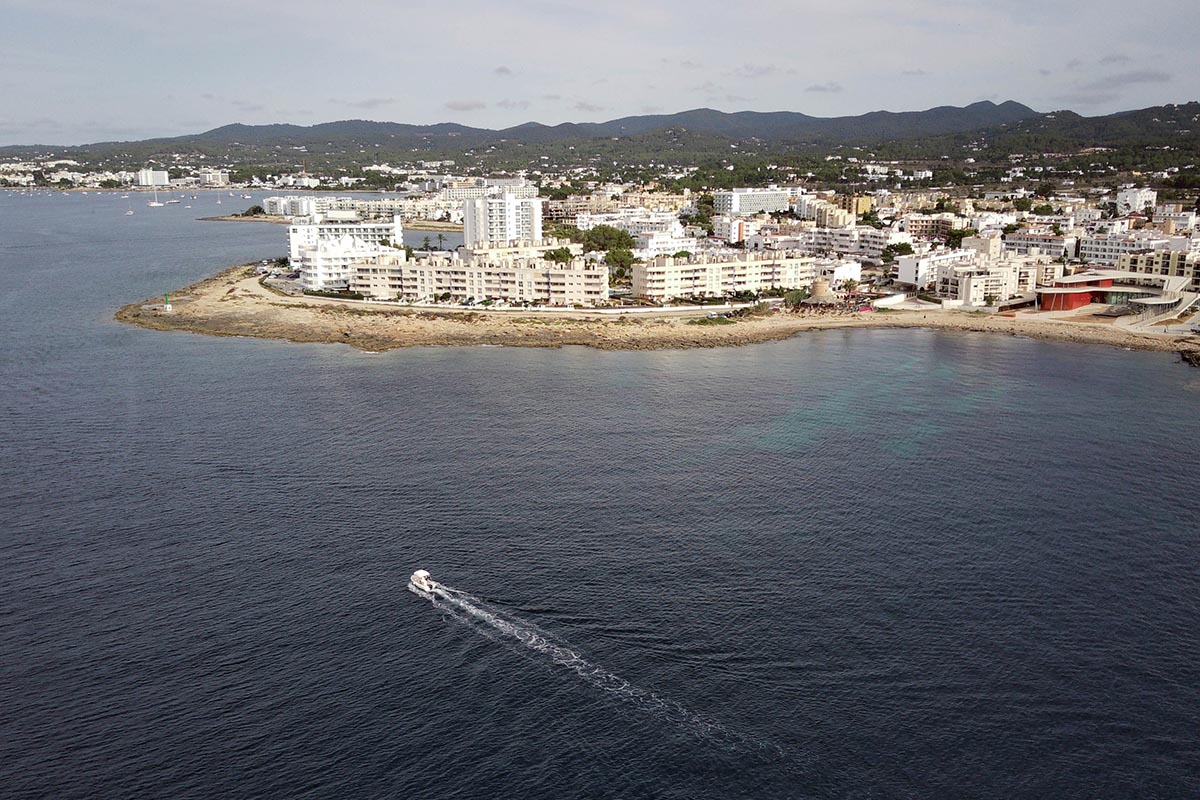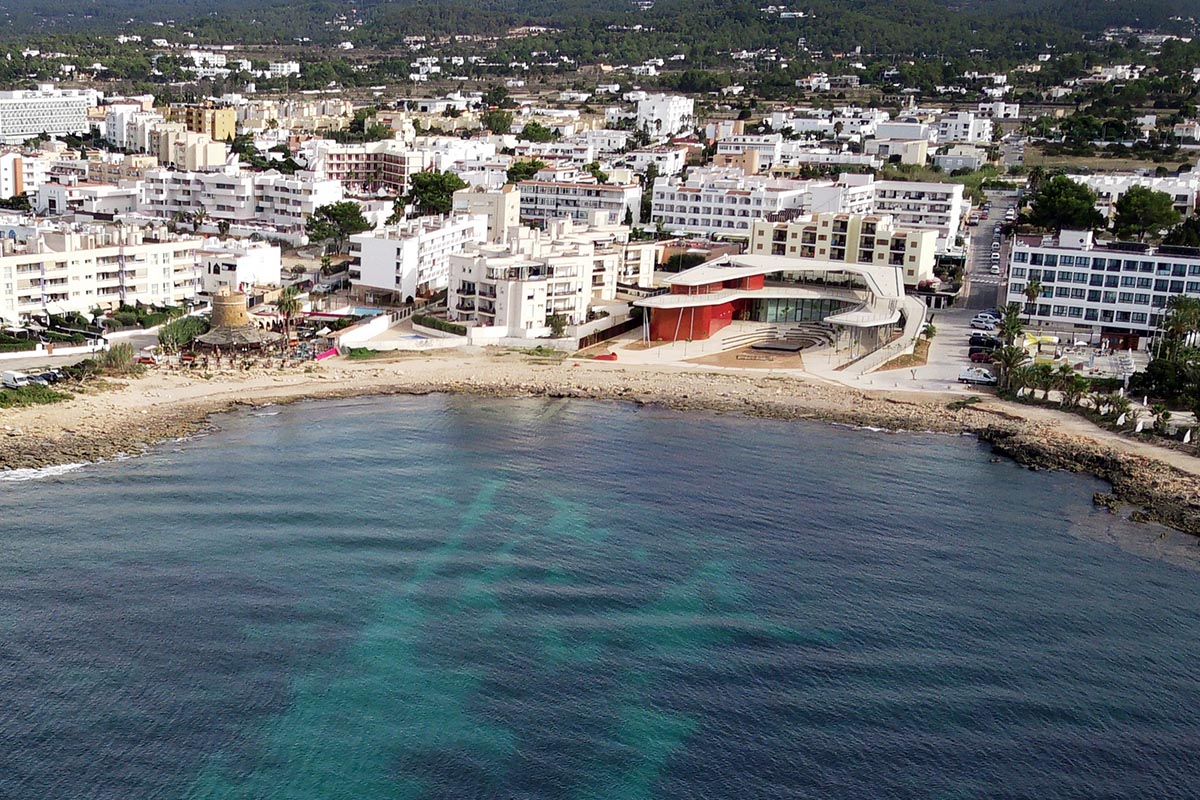The flamingo, a living legend of the Ses Salines Natural Park
The salt pans of Ibiza are one of the most emblematic natural landscapes of the island and the most important wetland of the Pityusic Islands. They are an integral part of the natural park of the salt ponds of Ibiza and Formentera, which also includes the marine area that connects the end of the Sa Torre de Ses Portes headland, the promontory extending to the south of Ibiza, with the north of Formentera.
The total area covers more than 14,000 hectares of sea and more than 2,752 hectares of land. This extraordinary site contains a rich array of plant and animal life, representing a land and marine habitat of great environmental and scenic value. In addition to this facet, its importance in the history and culture of the Pityusic Islands has been paramount since 600 BC, when the Phoenicians began its exploitation as a salt flat, which was later expanded and improved in Moorish and Christian times.
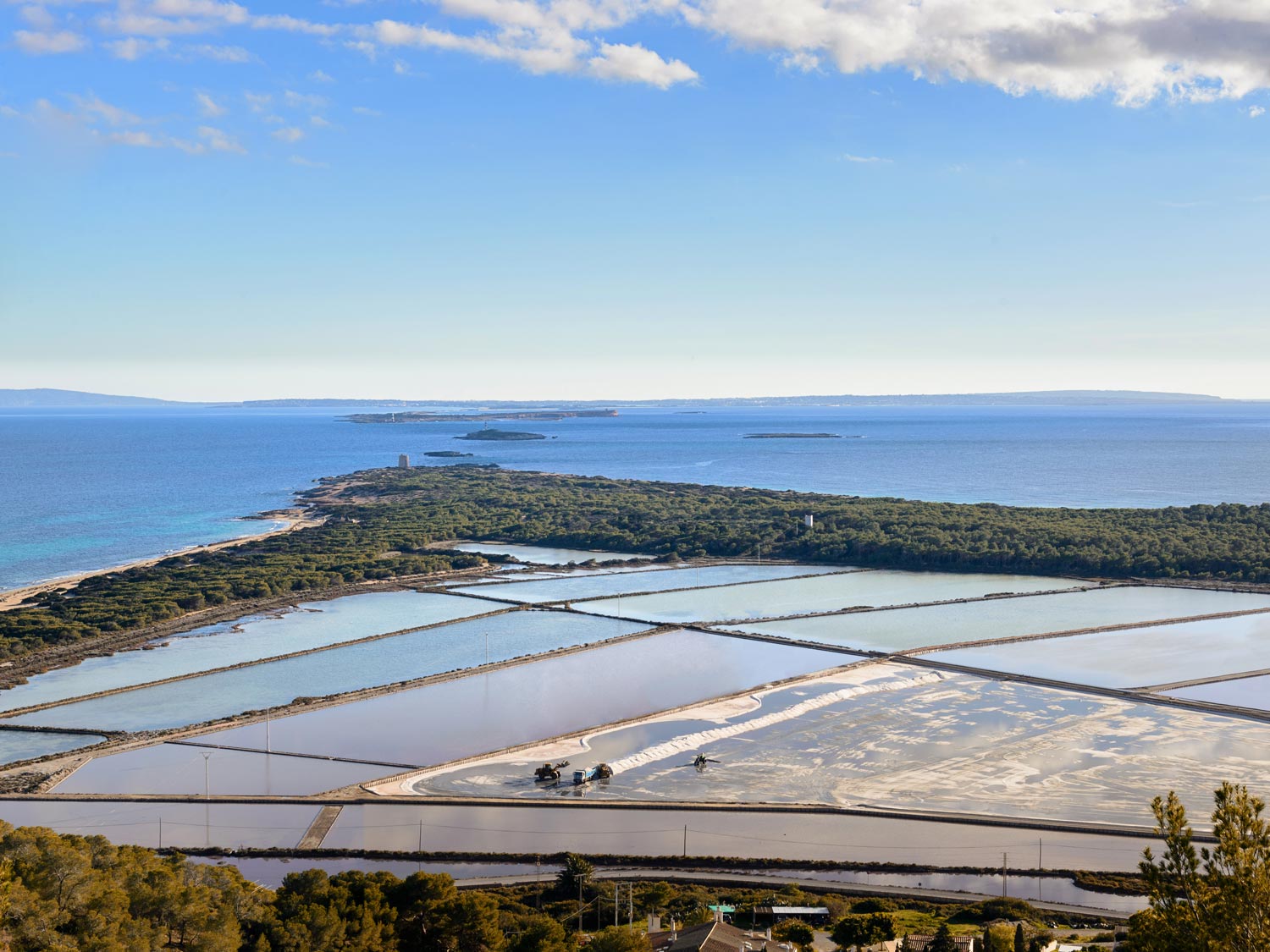
Salt ponds of Ibiza and Formentera
The spectacular scenery of the geometric ponds and the multi-coloured nature of its waters instantly catch the visitor’s eye. But if the curious observer keeps their eyes peeled, they are sure to notice the presence of a wide variety of birds: storks, egrets, cormorants, ospreys, shearwaters, kestrels, sandpipers, sparrows, grebes, white jars, etc. More than 200 species fly over the protected area, feeding in its ponds and in the surrounding areas. However, of all the birds that can be seen in this natural paradise, there is one that stands out for its peculiar silhouette and remarkable size: the flamingo (Phoenicopterus roseus), possibly the park’s most representative bird. With its thick beak, designed to dig and filter the contents of the pond beds, its long thin legs and its curved neck, it is a living emblem of the park. Its diet is based on small crustaceans, molluscs, insects and various types of algae found in the water. In fact, the characteristic pink colouring of its plumage is due to the massive ingestion of planktonic algae and a small crustacean, Artemia salina, which, due to the hypersalinity of the water and its low oxygen content, requires a large amount of respiratory pigments that give it a strong reddish colouring. It could be said, therefore, that the pink colour of the ponds, caused by Halobacterium type bacteria, is transmitted to the different forms of life in the environment and transferred indirectly to the plumage of the adult flamingos. The feathers of the young, however, remain white until the accumulation of the pigment changes their colour.
Numerous groups of these birds can be found in the natural park, exceeding 850 individuals in the most recent counts. These migratory birds use the salt pans as a stopover point, especially those that arrive in the summer, although their presence in the Ibizan ponds is fairly constant throughout the year. They come from diverse points of origin, the most distant being Turkey and the closest being the Ebro Delta or the South of France.
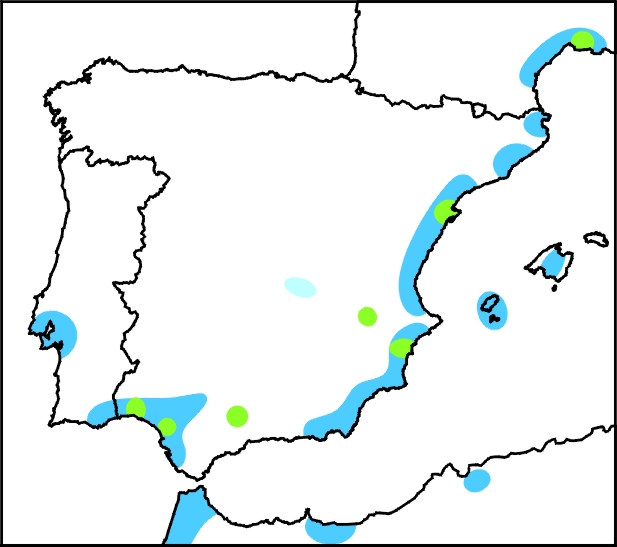
Map of places to find Flamencos colonies
The park offers ideal conditions for watching these birds, which are very sensitive to human activity. Although nesting areas have not been consolidated, the salt pans of Ibiza offer the flamingo a very extensive environment, with numerous ponds in which to feed and a mild climate that has encouraged the stabilisation of the colony.
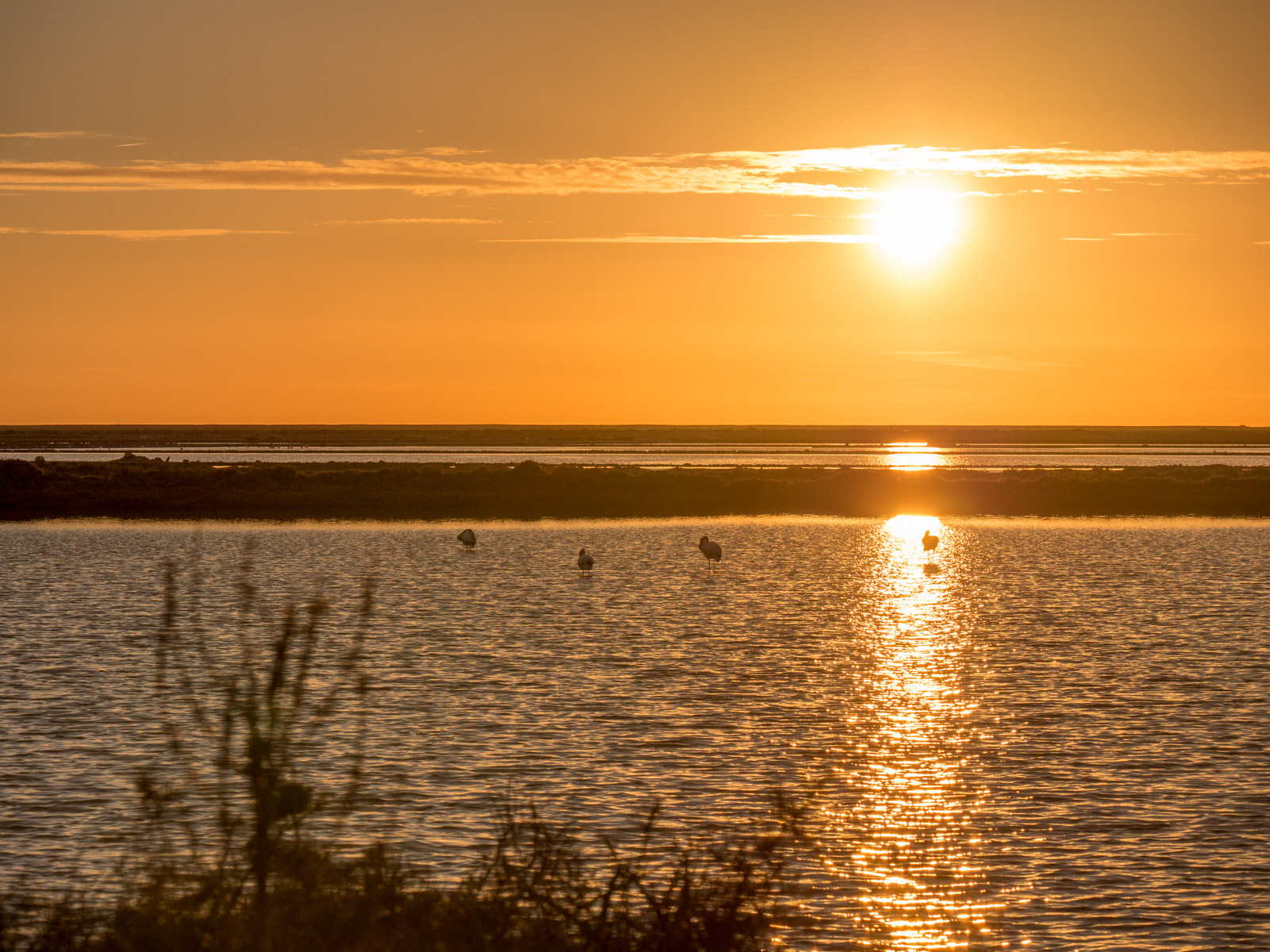
Sunset at the Natural Parc of Ses Salines
Visitors who wish to see this beautiful bird can begin their tour at the Ses Salines Natural Park interpretation centre. Located in the San Francesc de s’Estany parish hall, it offers an overview of the natural area and an introduction to the rich flora and fauna that inhabit it. Later, outside the building, the centre offers a birdwatching area which, overlooking the nearest ponds, can help locate the elusive flamingos.
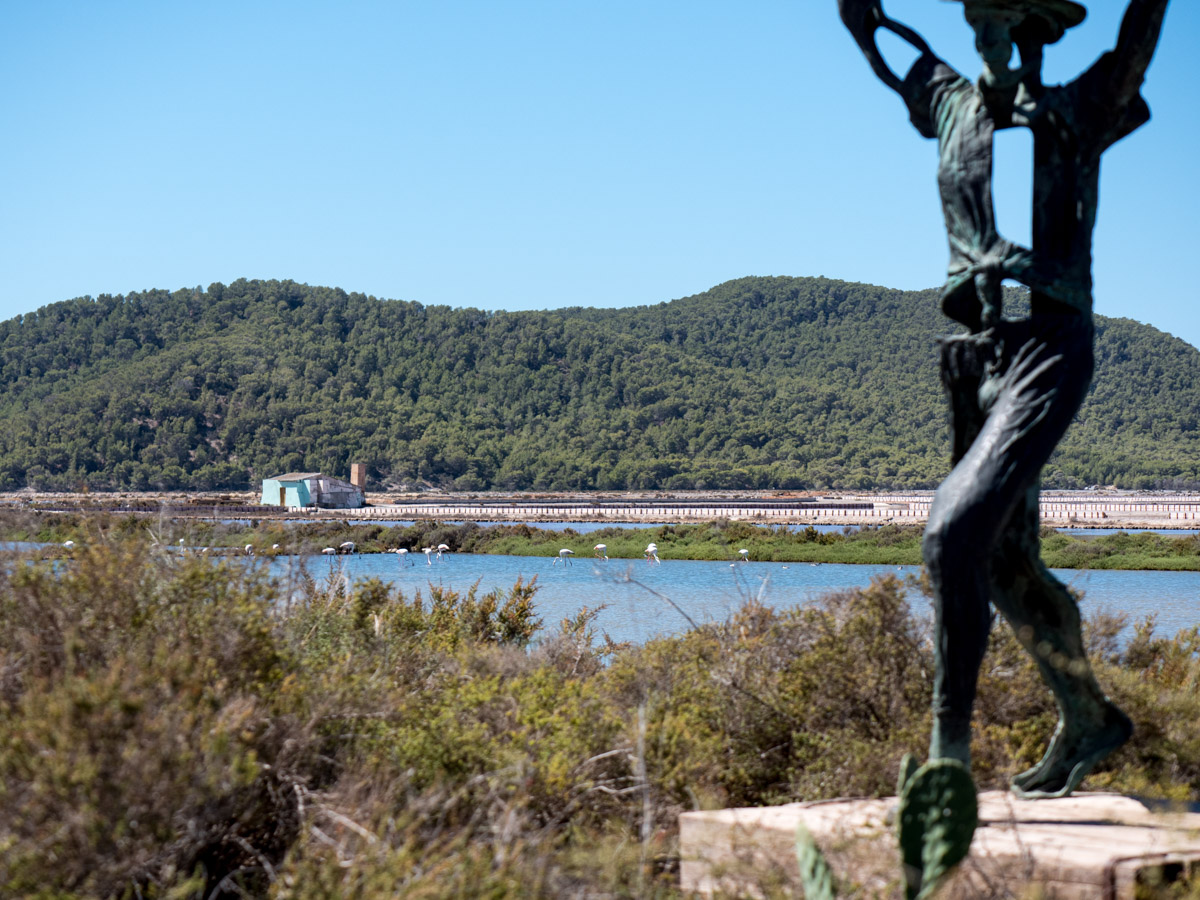
Flamingo sighting from the Interpretation Center of the Ses Salines Natural Park.
Good binoculars are a must and photography lovers can make the most of their equipment to get spectacular close-ups. Access to the ponds is forbidden, but it is possible to walk along the paths around their perimeter to get a close-up view of any of the groups of birds swarming around the extensive salt flat area. It is essential to avoid making noise or sudden movements in order not to disturb the animals. Wearing clothes with subdued colours helps increase the chances of enjoying the majesty of this emblematic bird of Ibiza. The best dates for this activity are between the months of July and September, especially in the area of Es Codolar and Es Cavallet. However, it is also possible to see the birds in winter, particularly in the ponds that are most sheltered from the wind.


